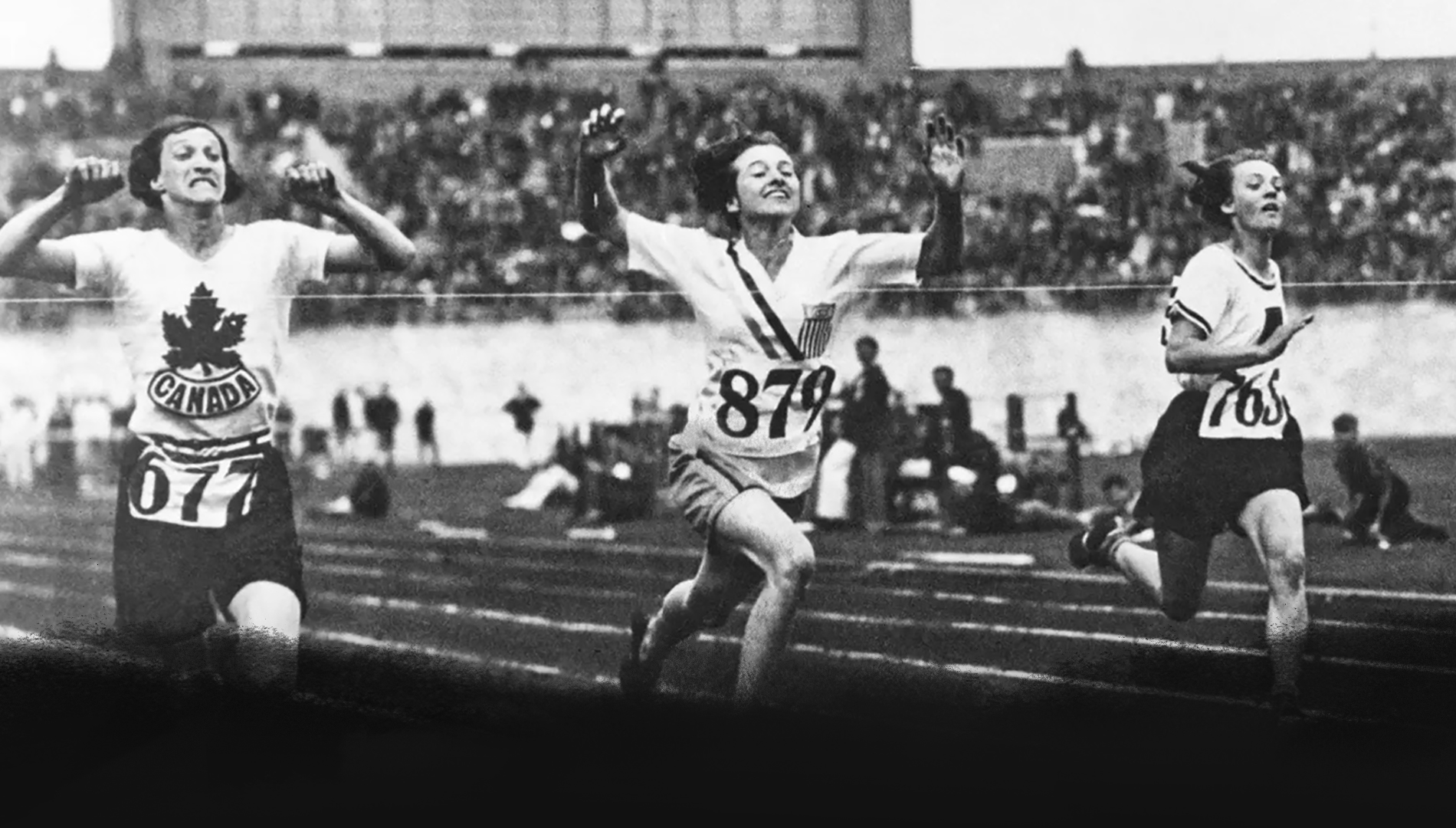

Women of the Olympics
An informative story of 28,721 women fighting their way into modern olympics
Courtesy of Central Press / Getty Images


Courtesy of Central Press / Getty Images
The Olympic Games are intended to symbolize global peace and cooperation, but for women athletes, they represent a century long struggle for acceptance and equality that continues to this day. Beginning in 1896, the international Olympic Games admitted women athletes just four years later in 1900; however, which sports were deemed “feminine” enough for women, how many were allowed to compete, and their integration into positions of athletic power is a long and storied history. This project attempts to shed light on this struggle, lifting up the stories of courageous women who fought for their right to compete on the global stage. For the purposes of this visualization, only the Summer Olympics are included.

















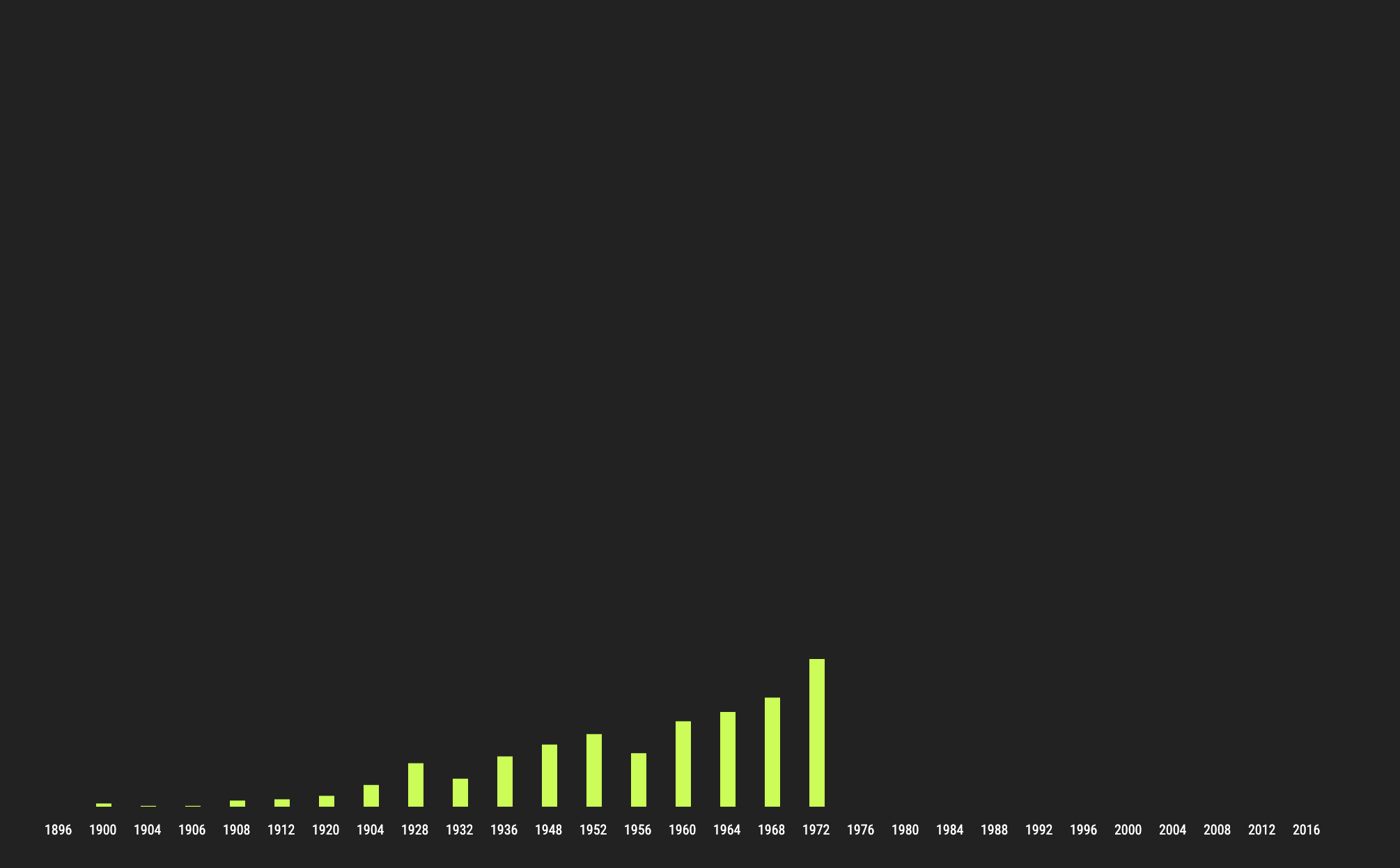
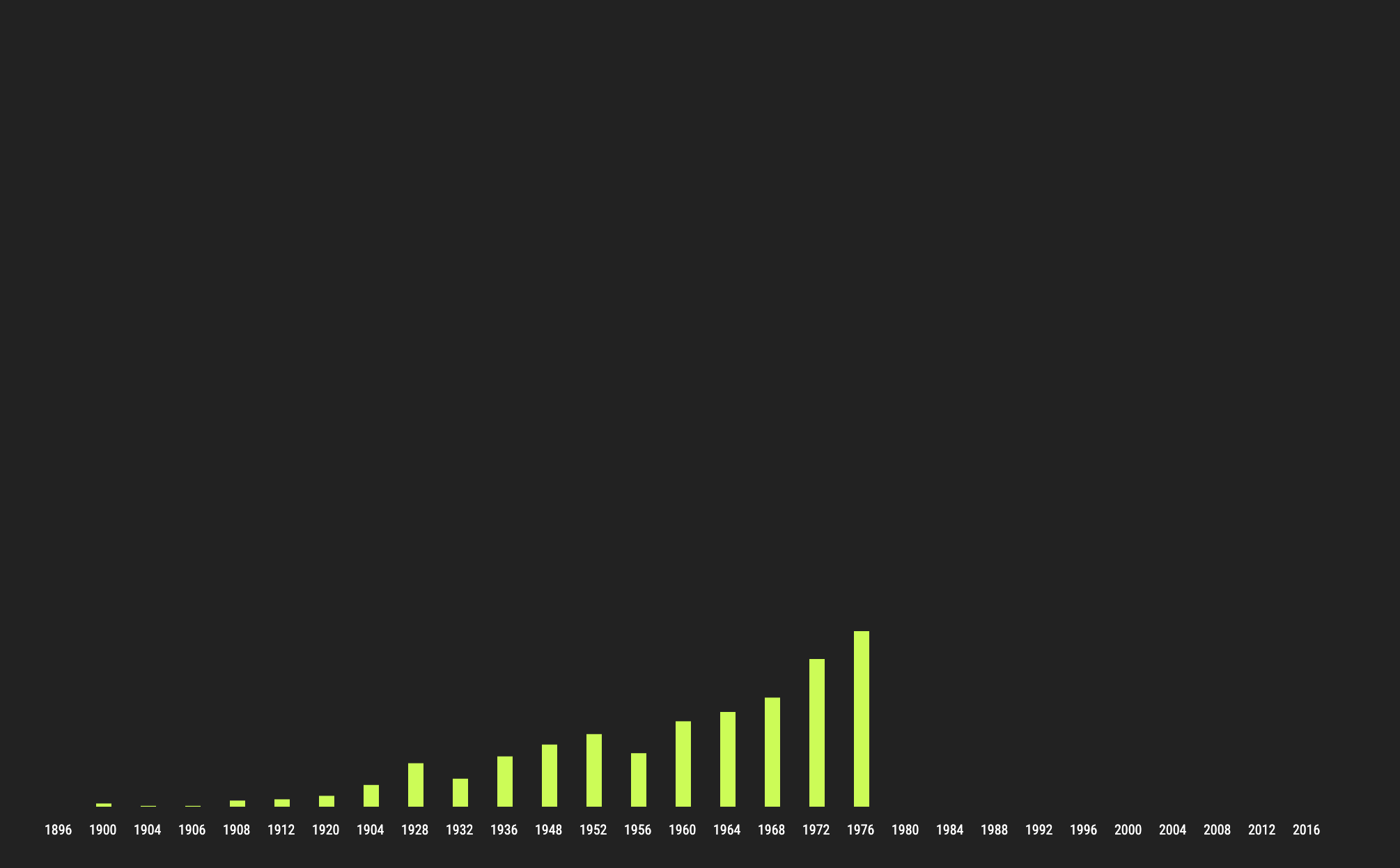
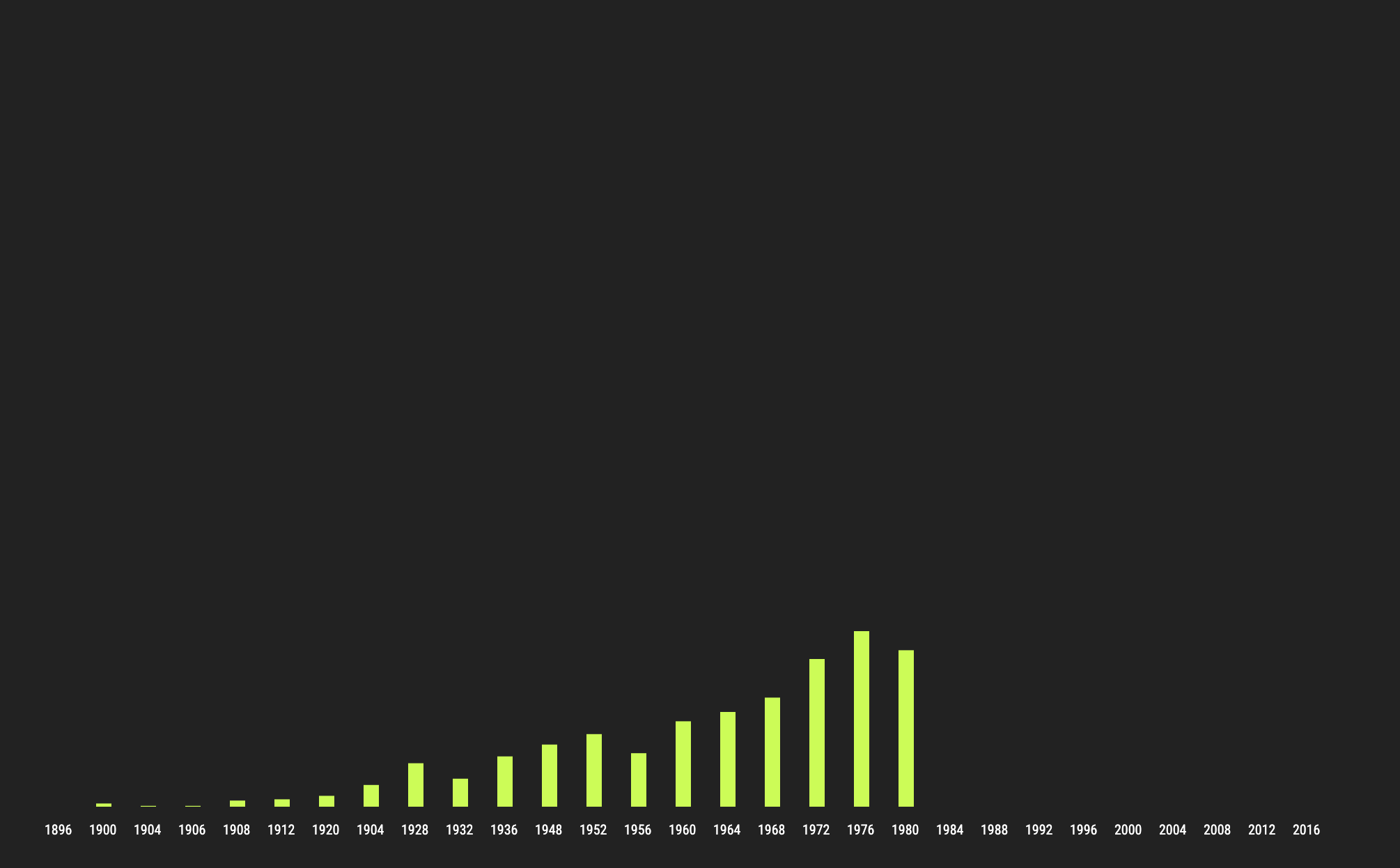
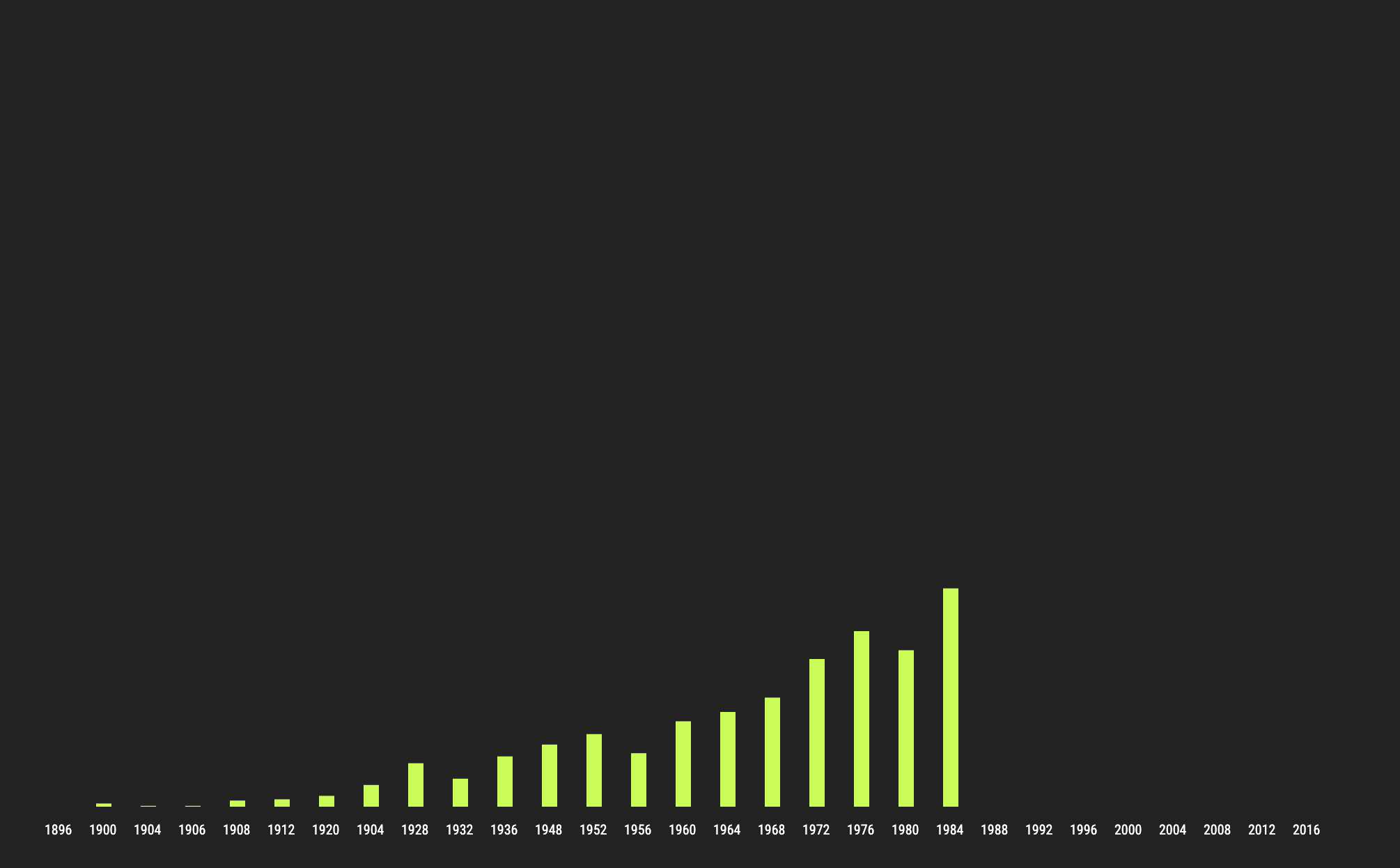
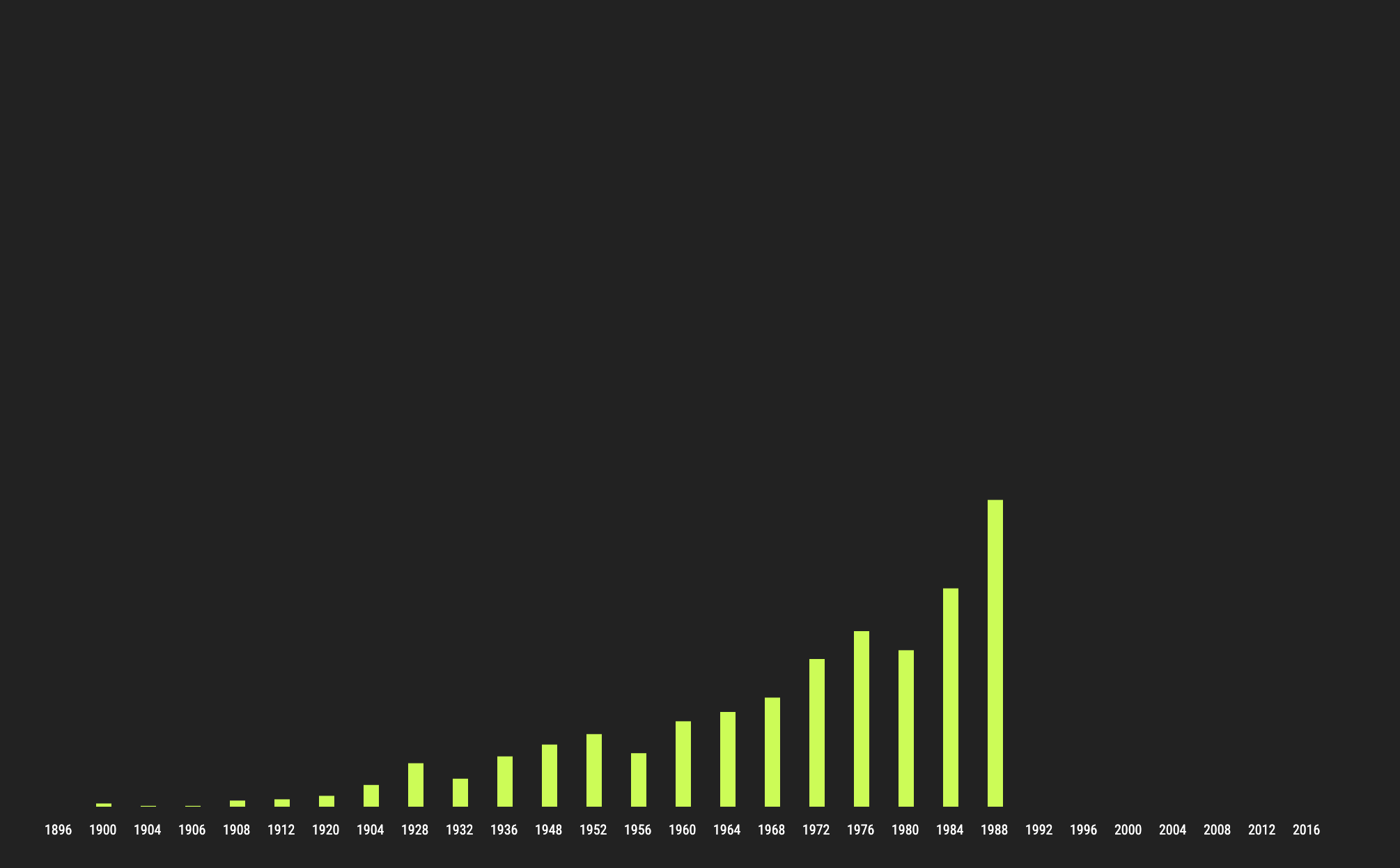
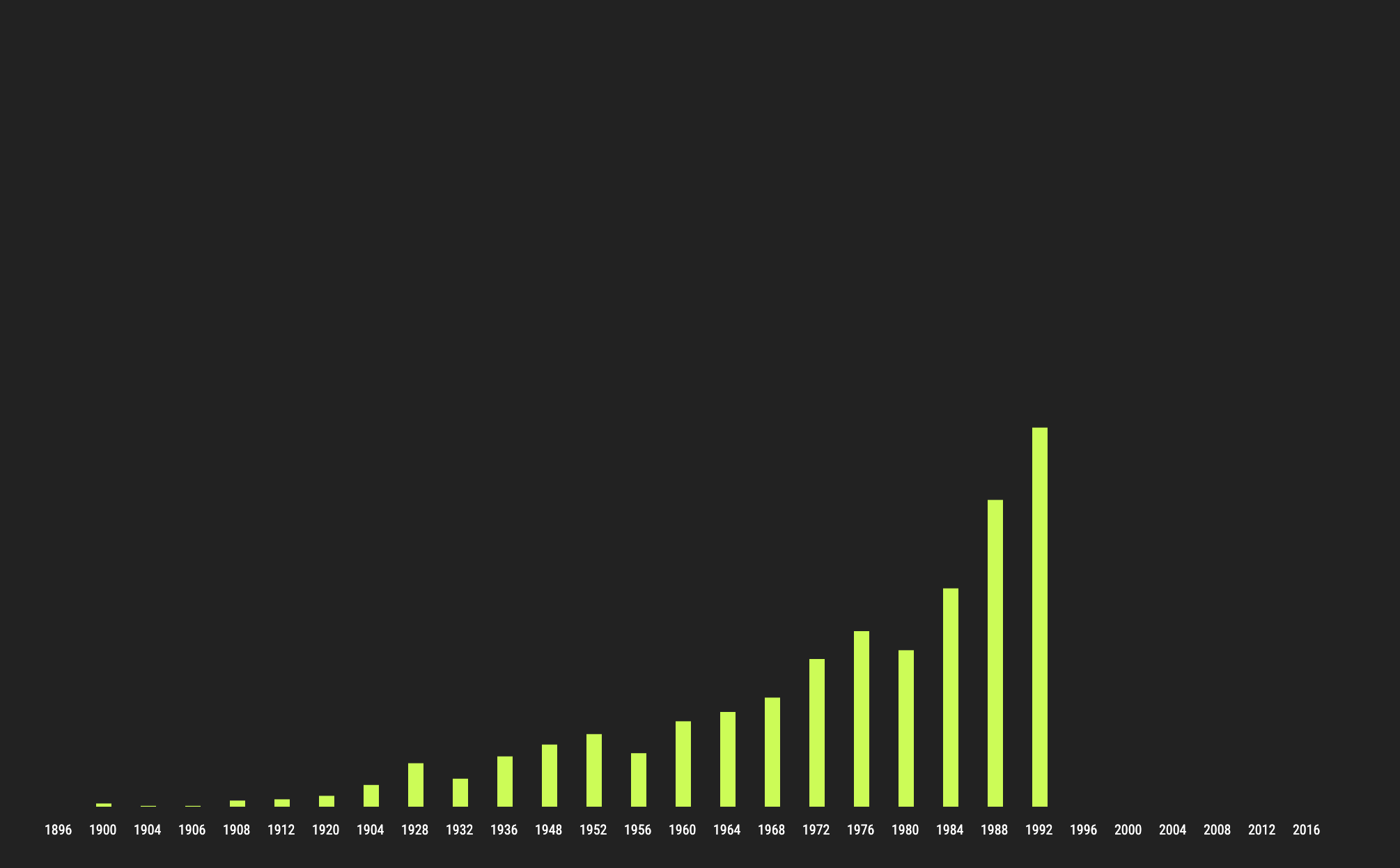
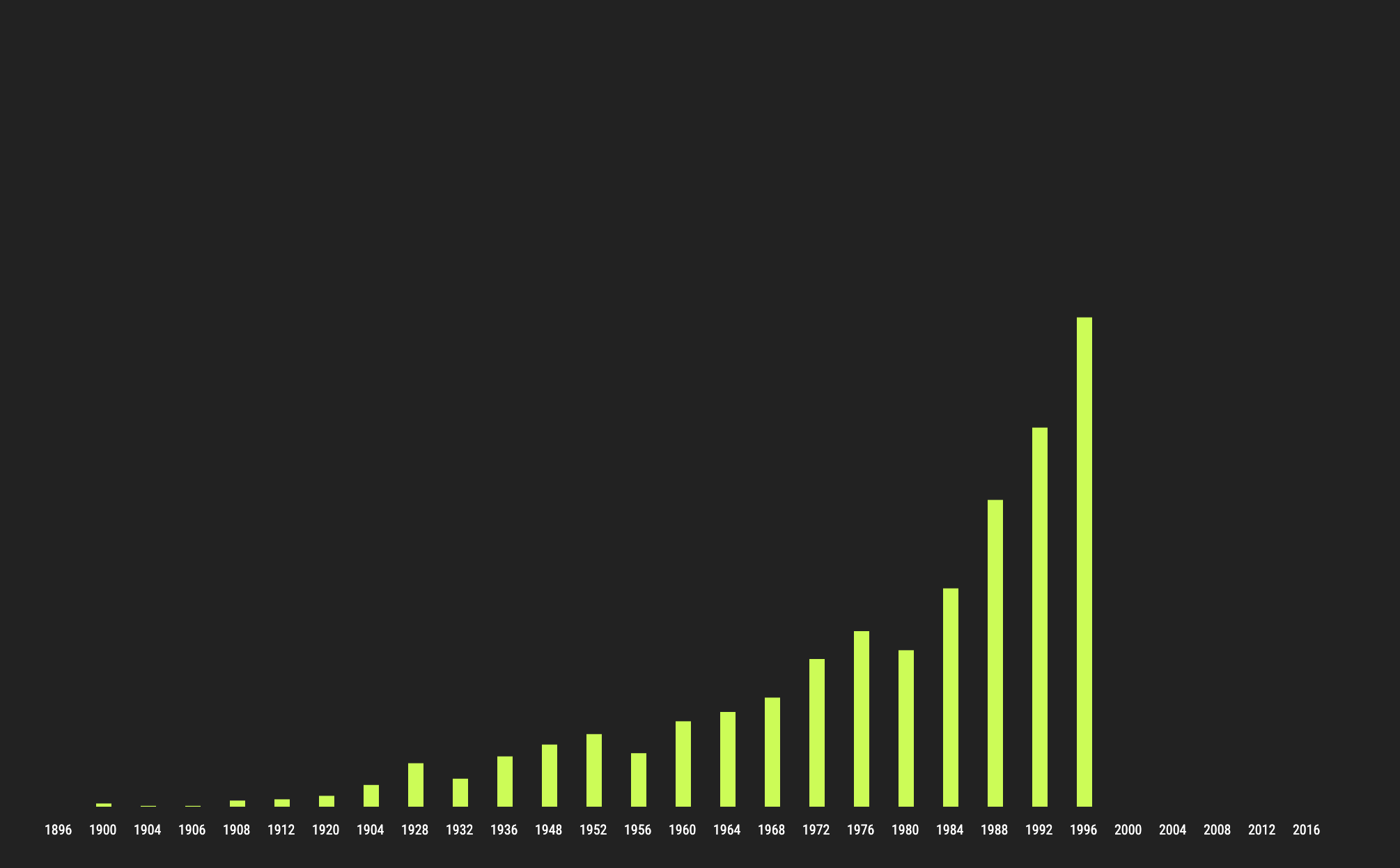
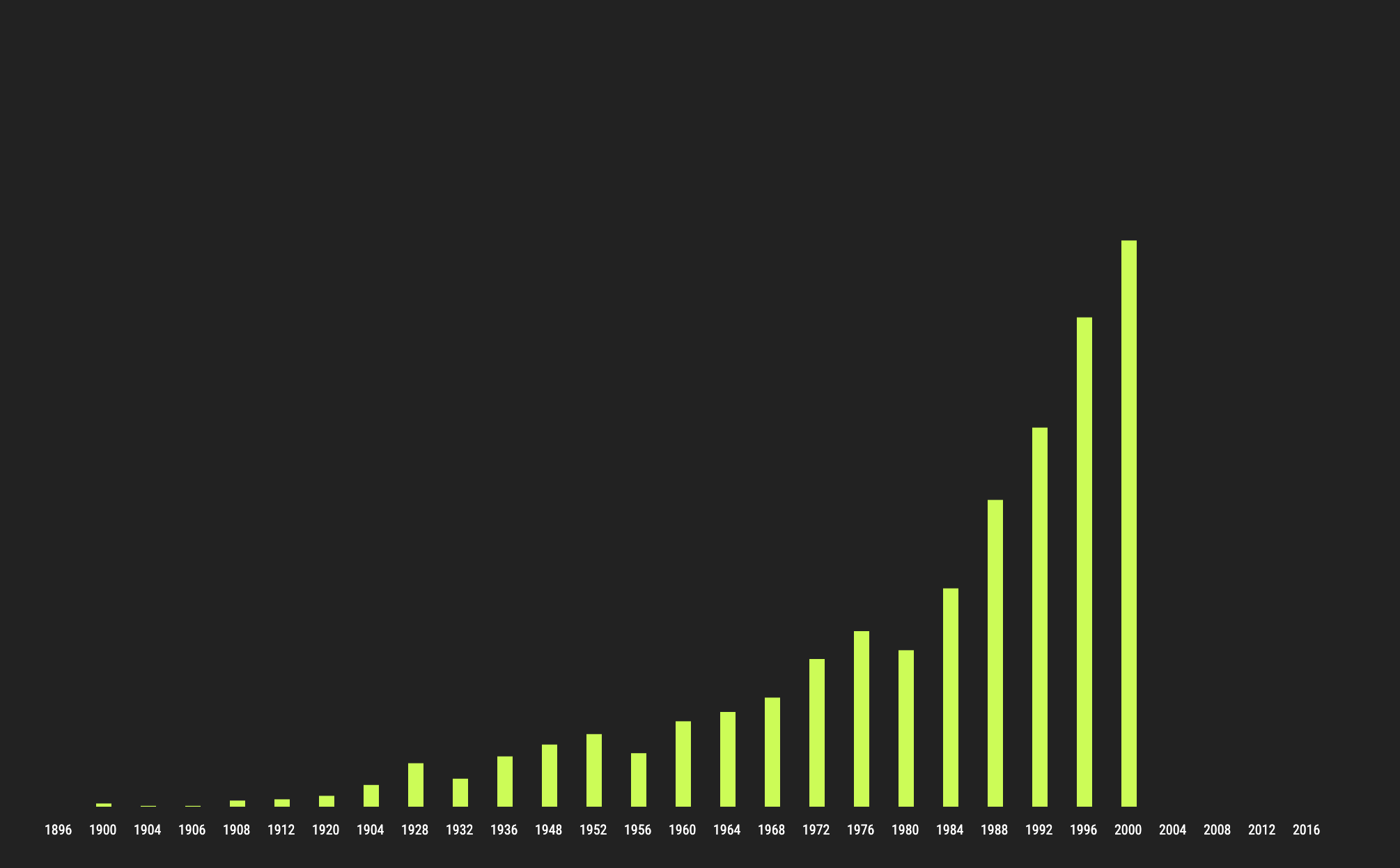
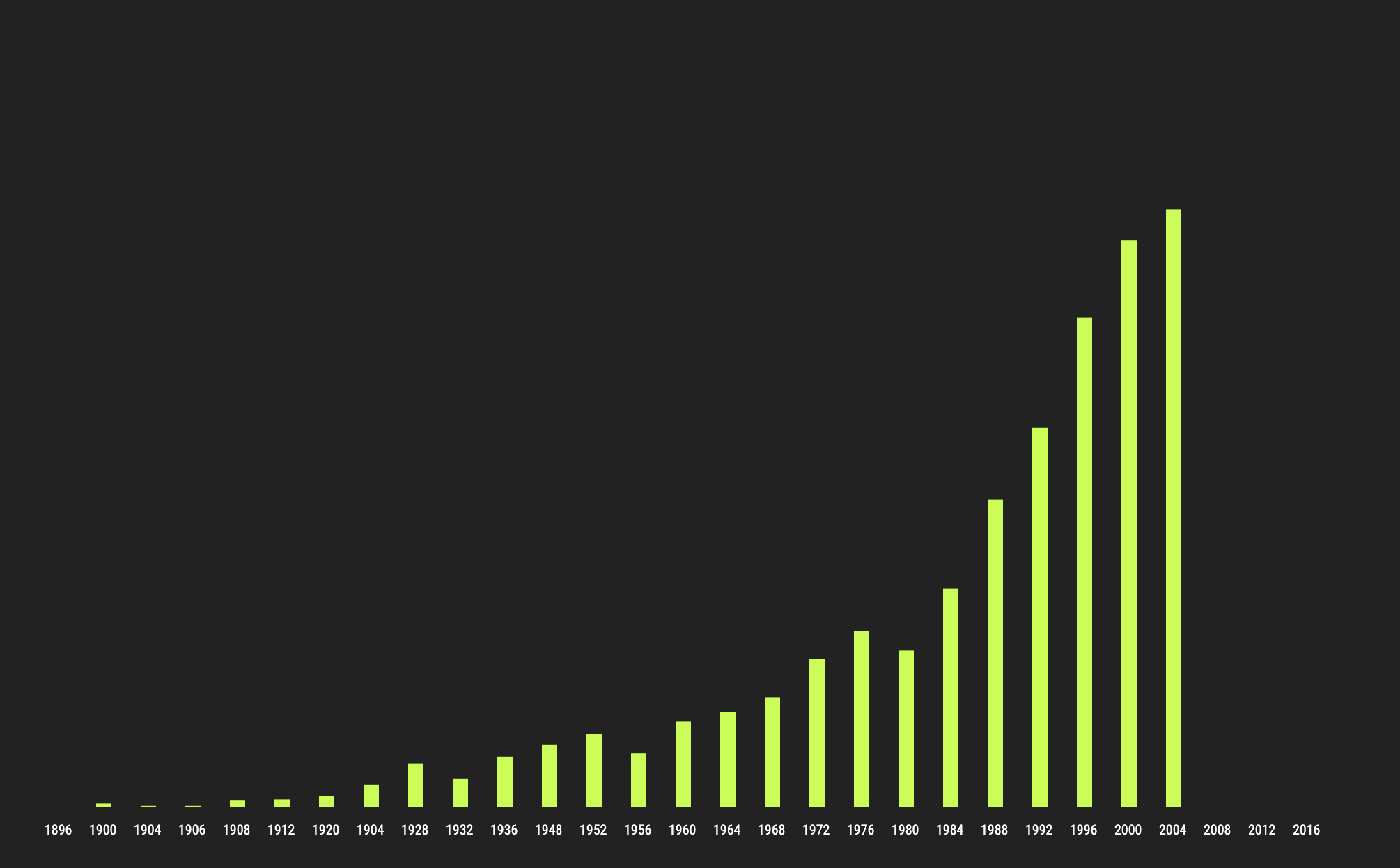
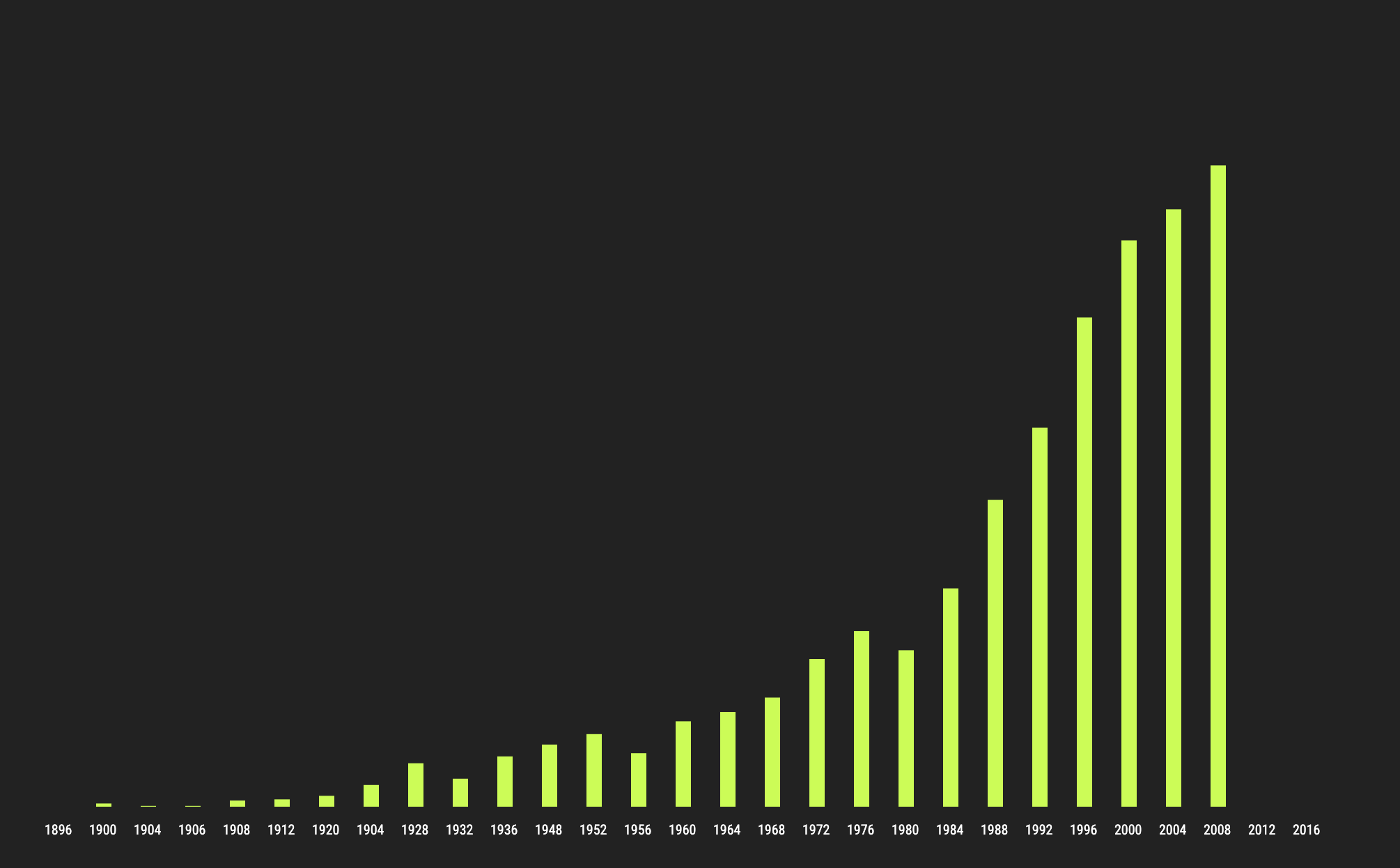
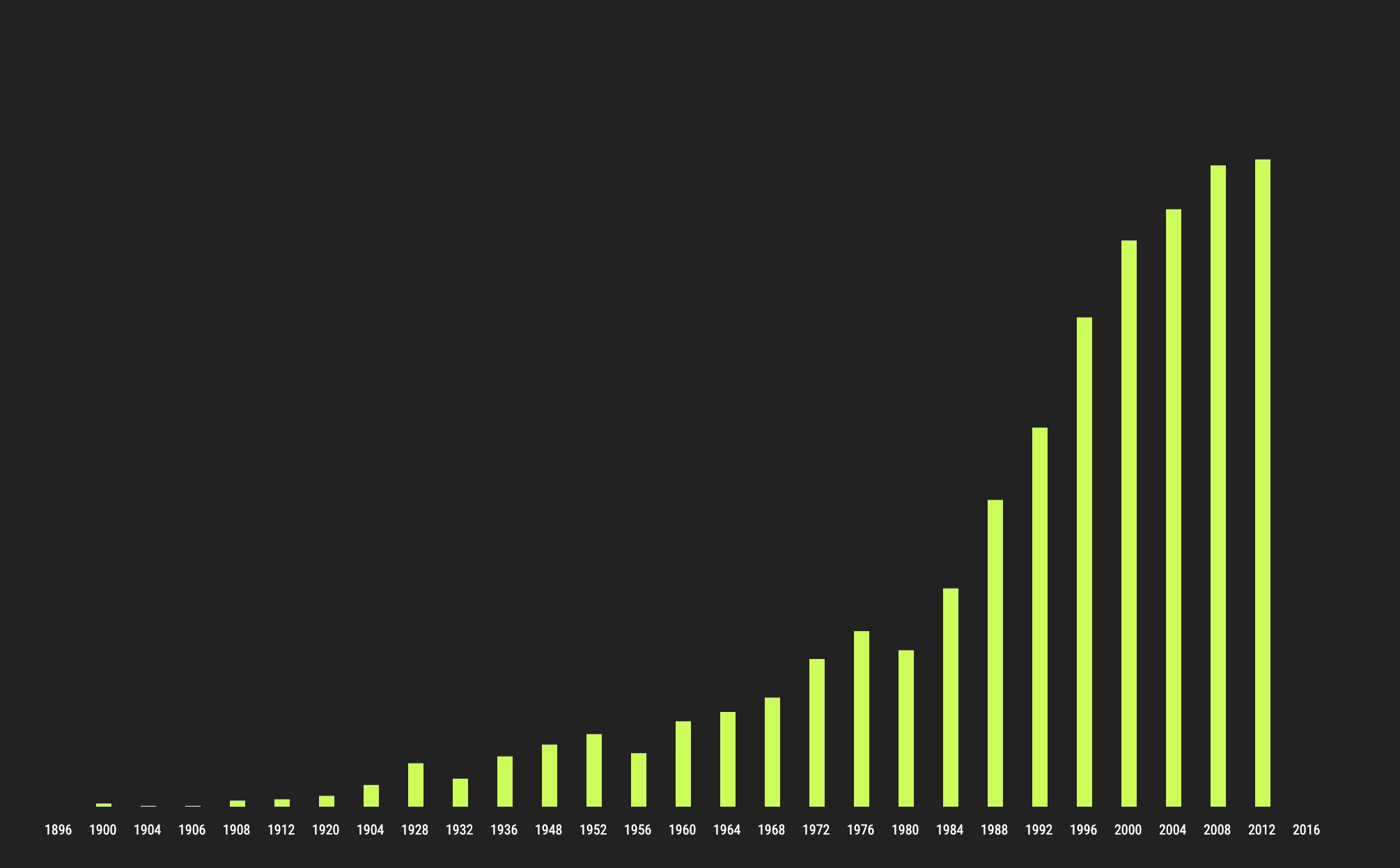
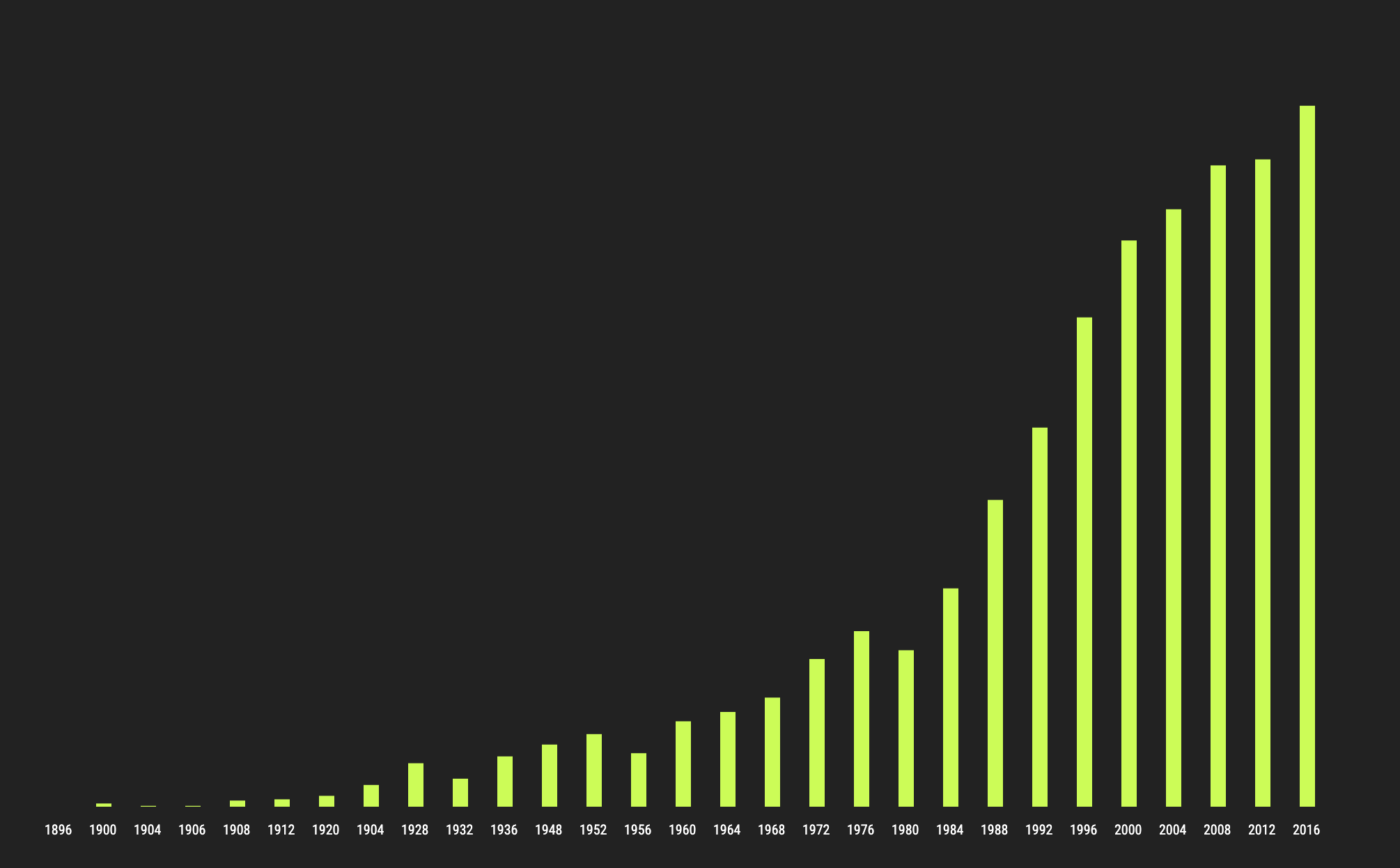
0 23 6 6 44 53 78 156 312 201 361 446 521 384 613 680 783 1060 1260 1123 1567 2202 2721 6512 4064 4288 4603 4646 5031 women participate in the 1896 1900 1904 1906 1908 1912 1920 1924 1928 1932 1936 1948 1952 1956 1960 1964 1968 1972 1976 1980 1984 1988 1992 1996 2000 2004 2008 2012 2016 Olympics






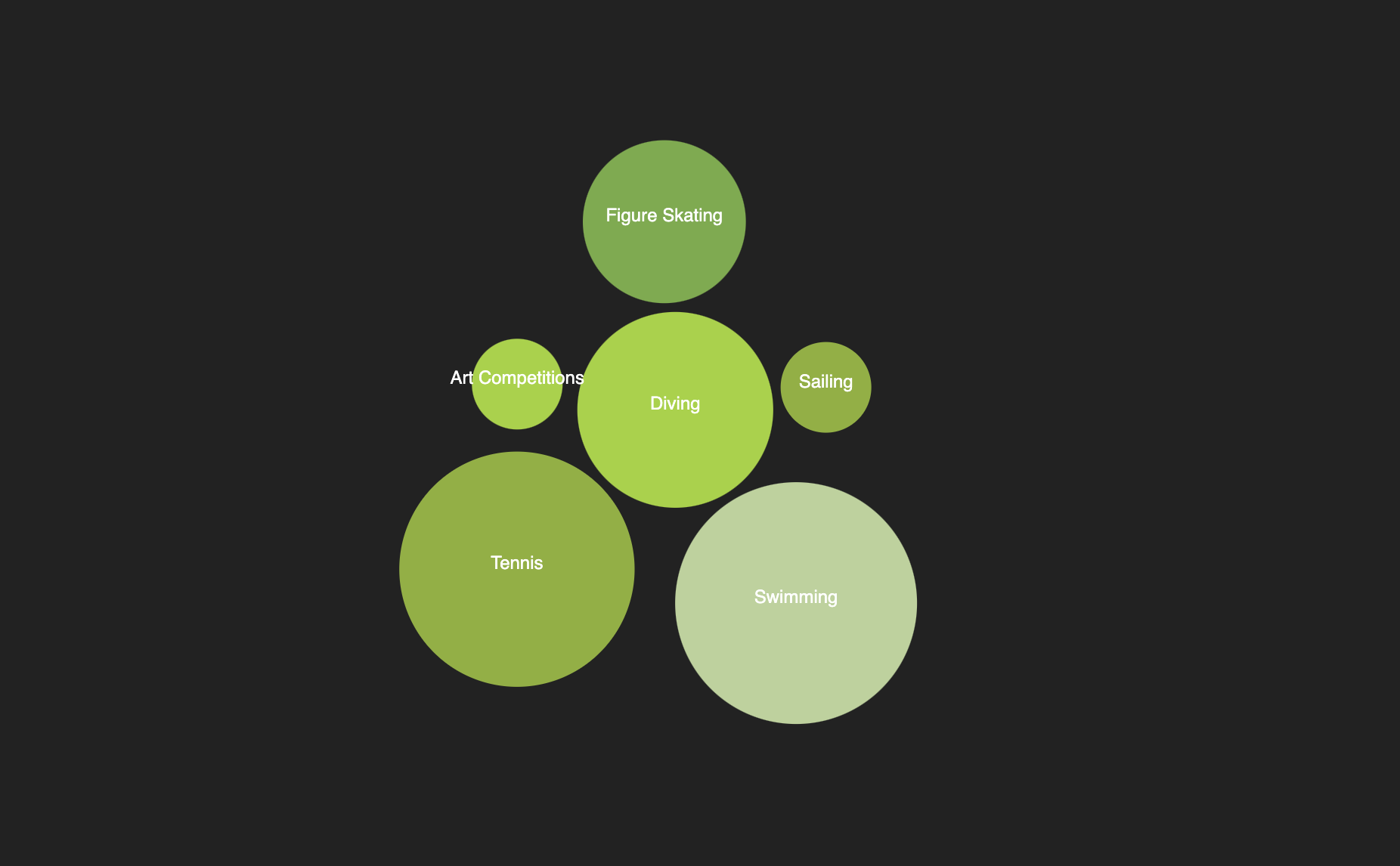

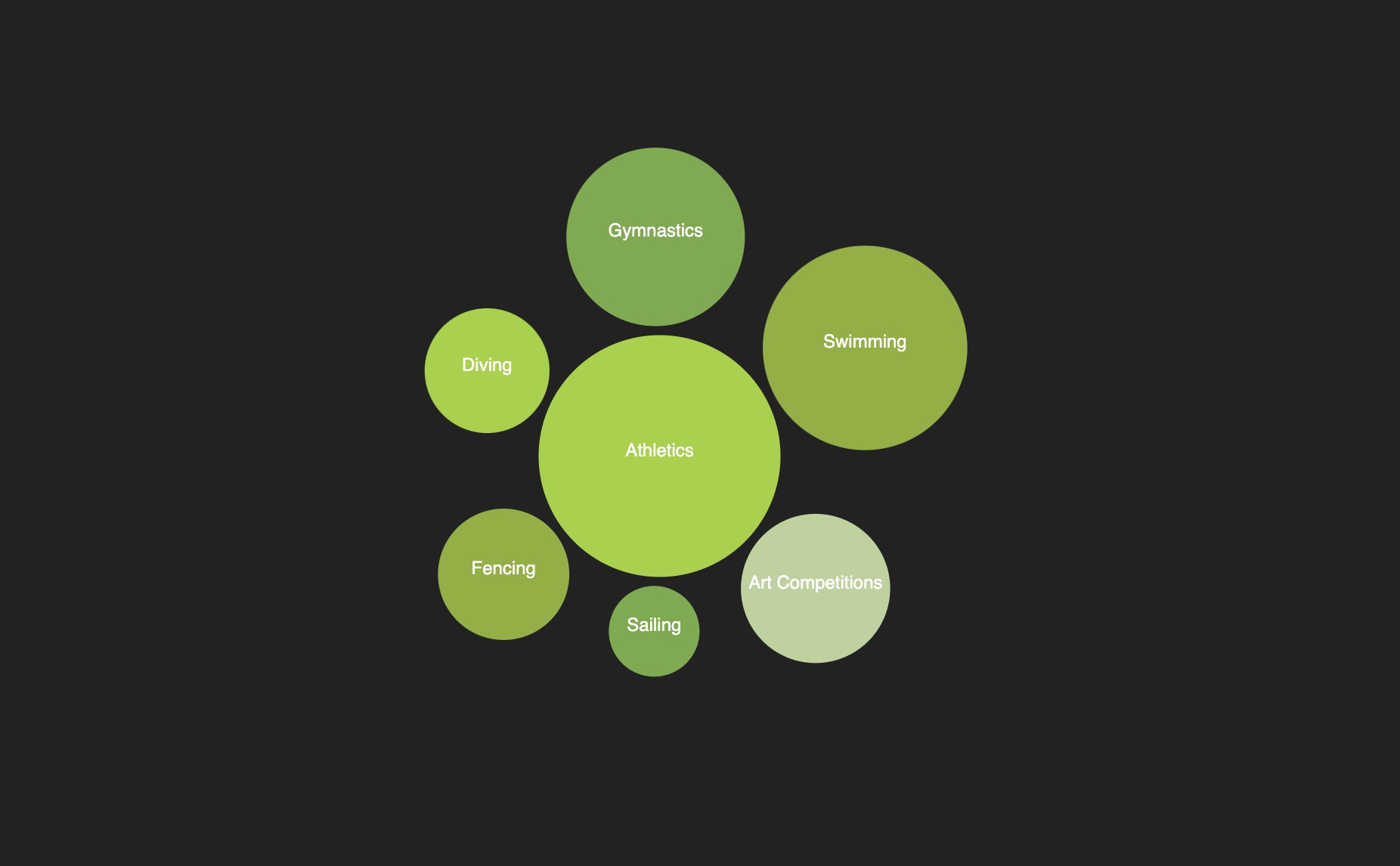



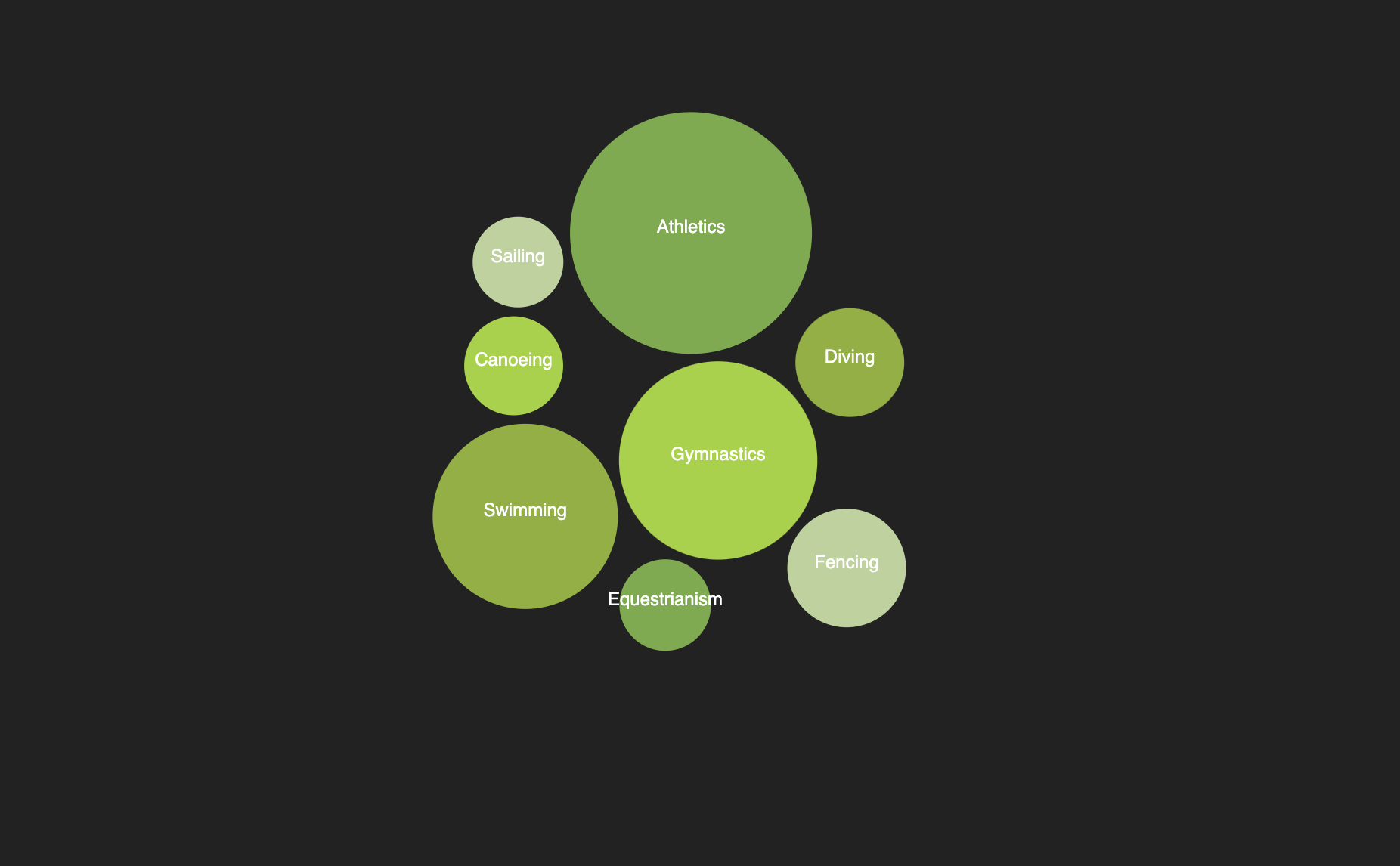

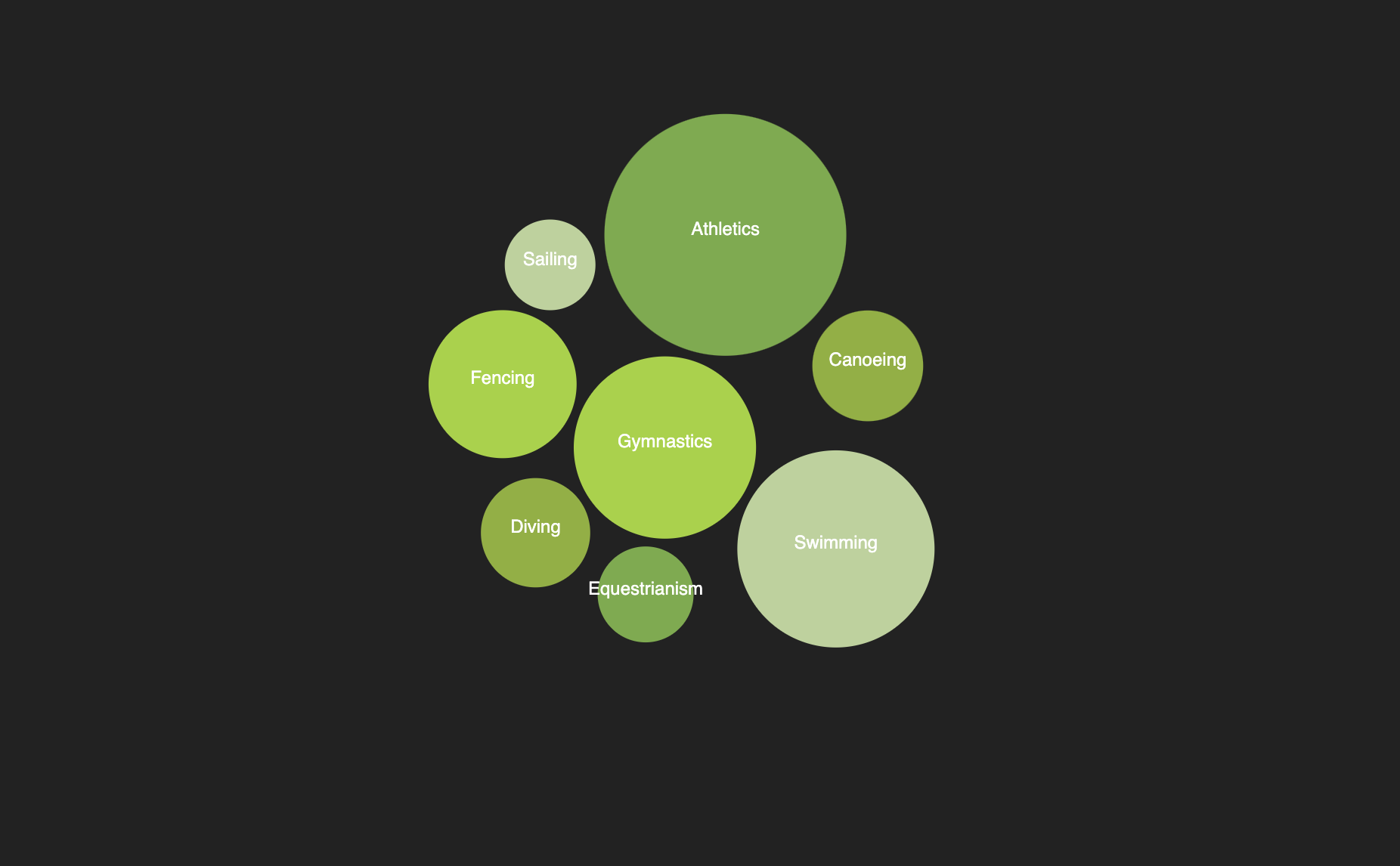
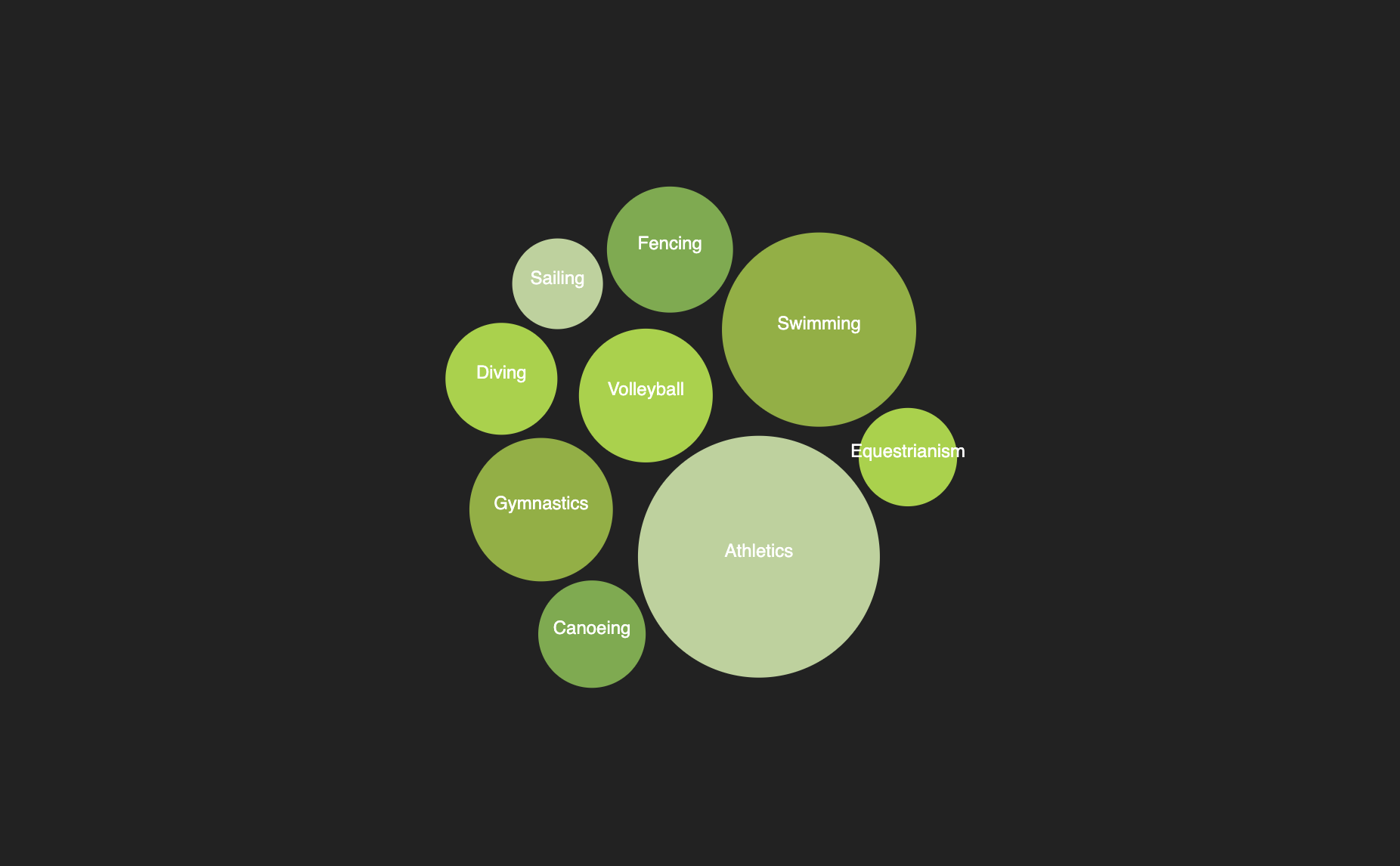
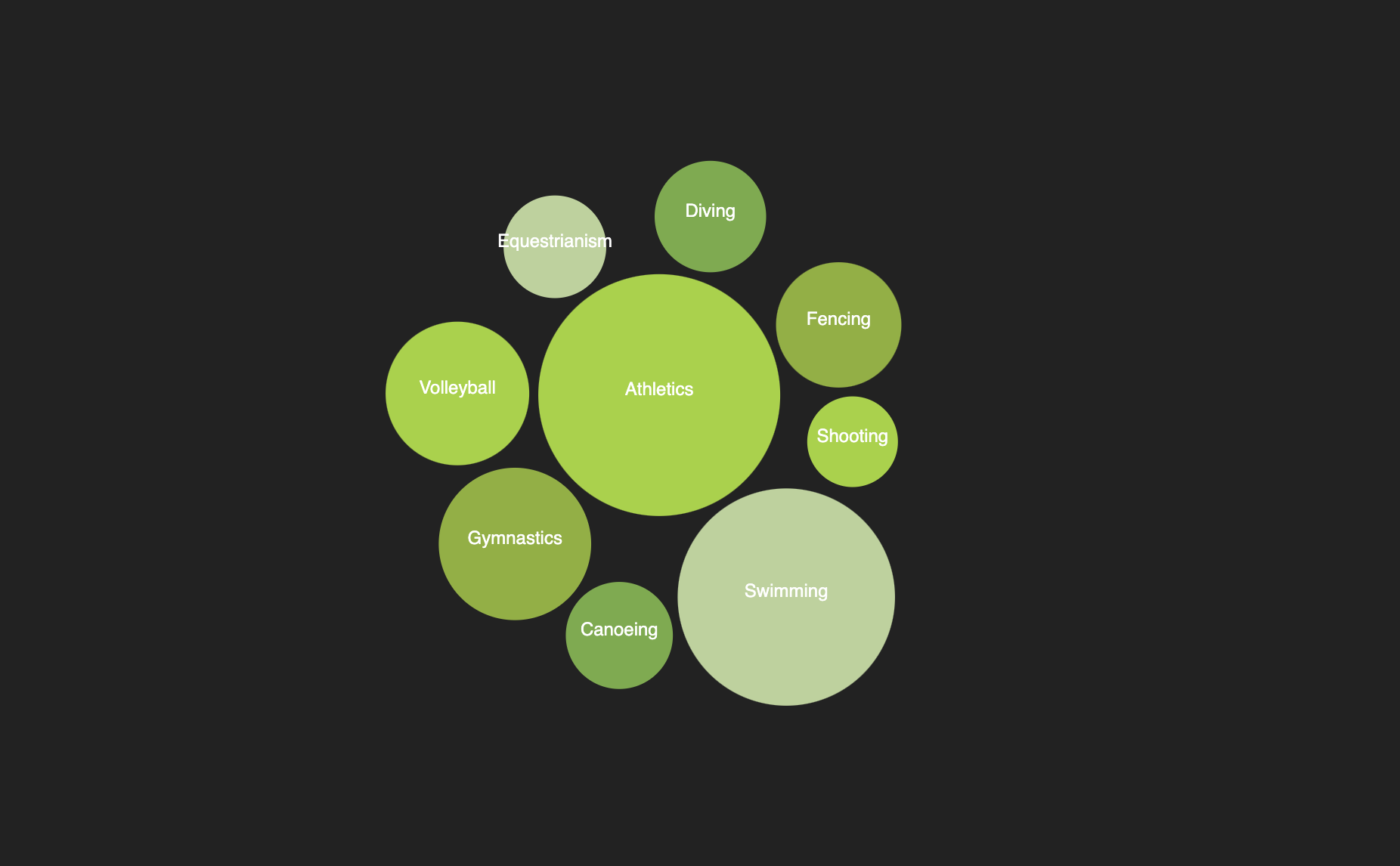

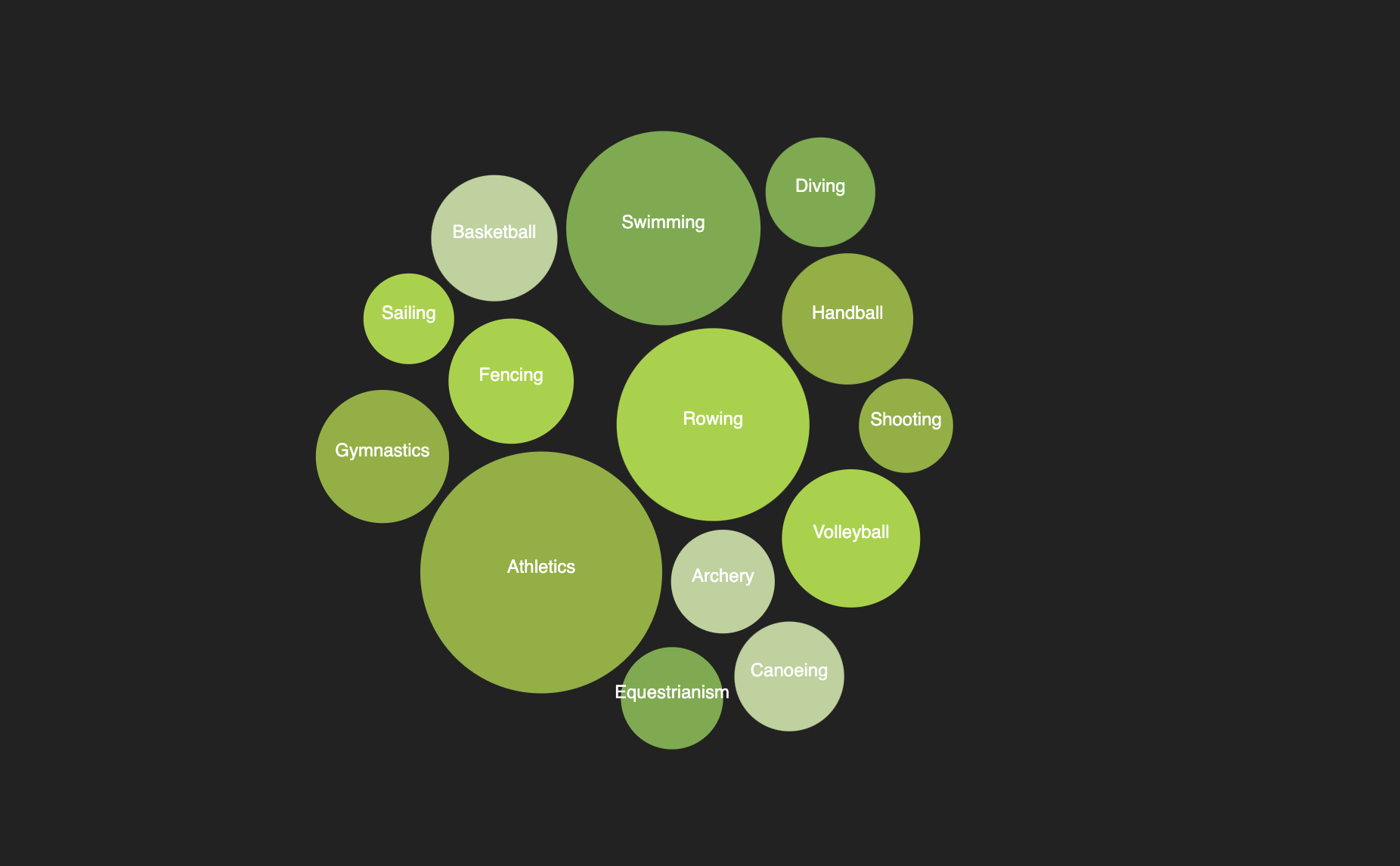

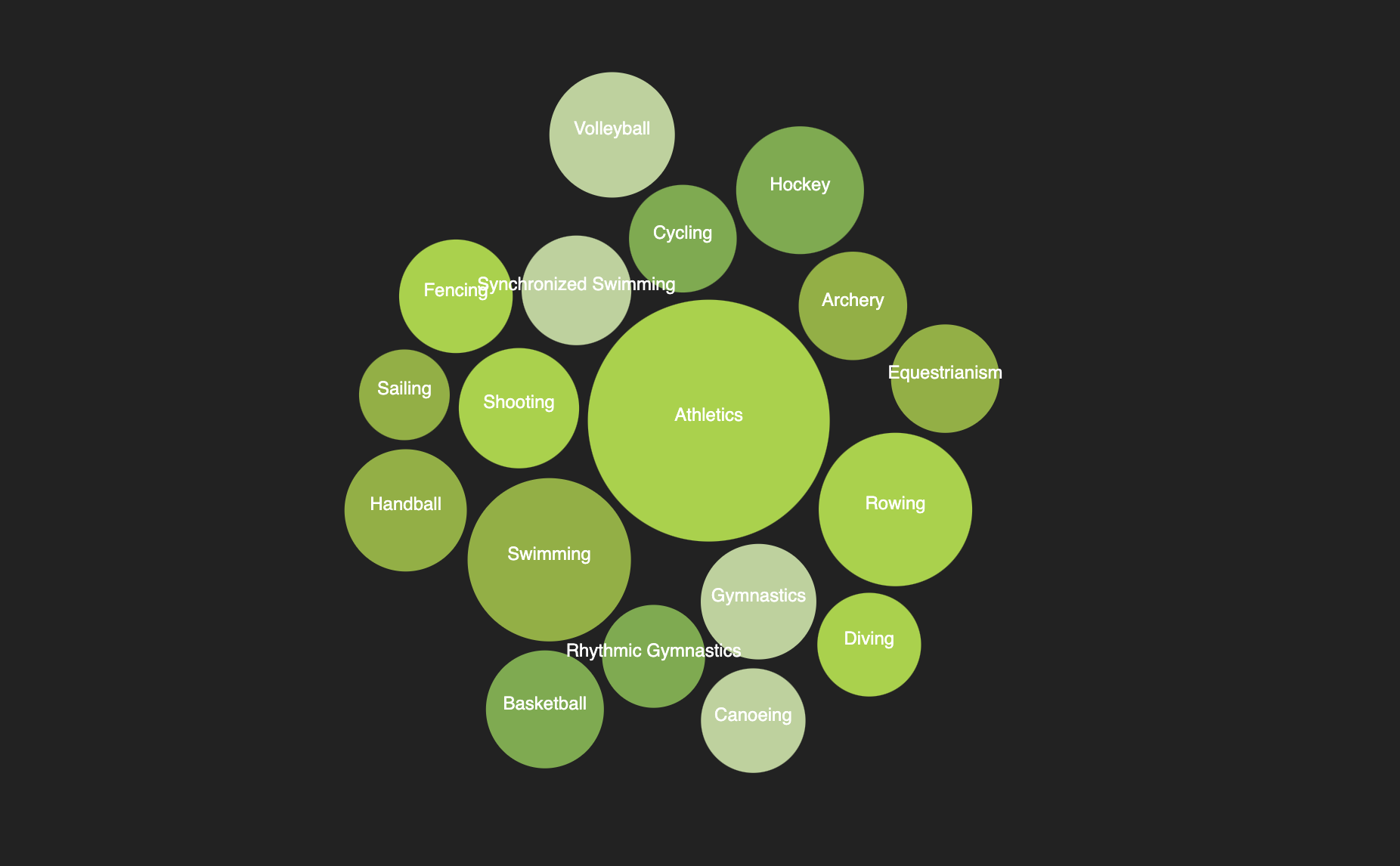

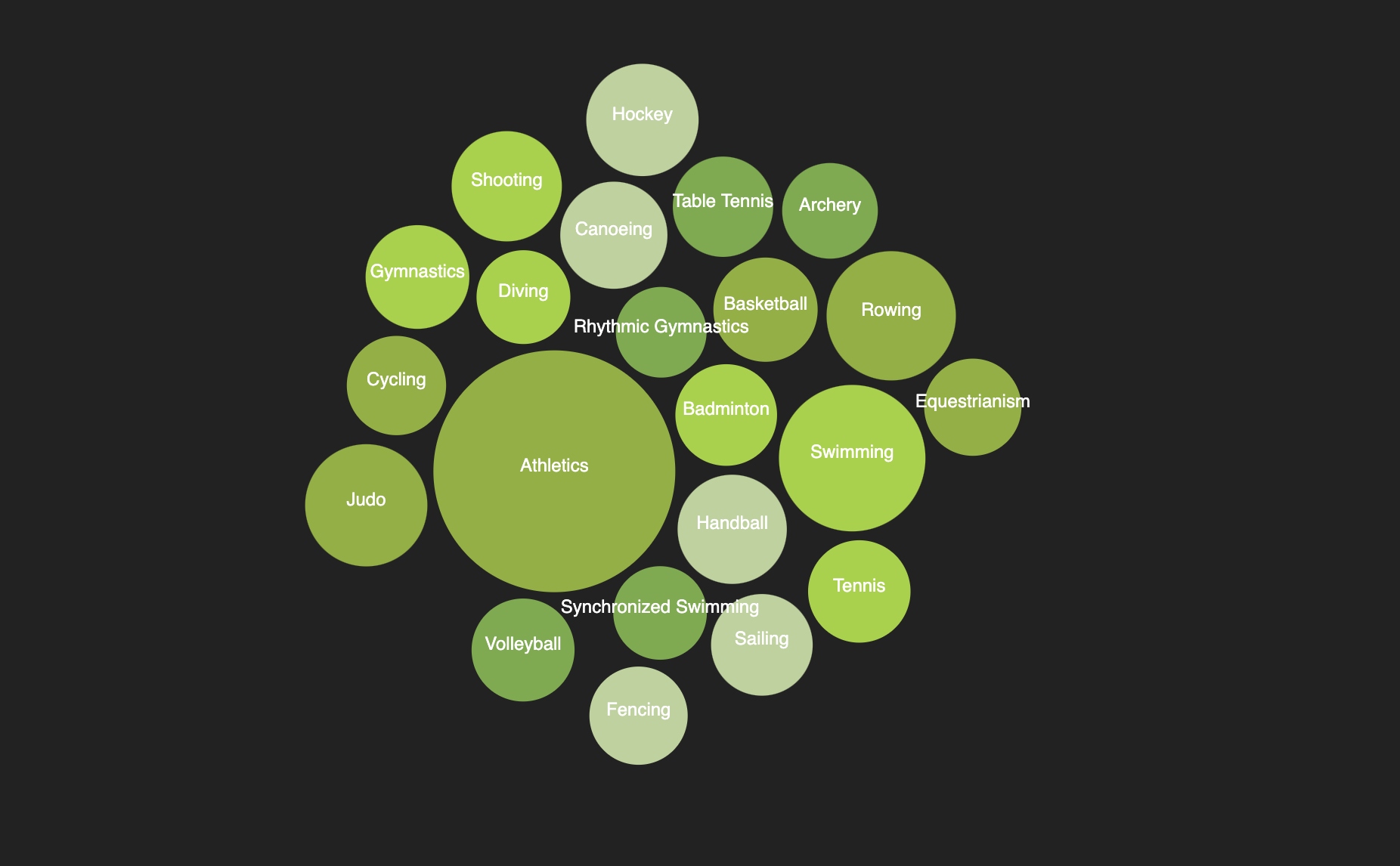
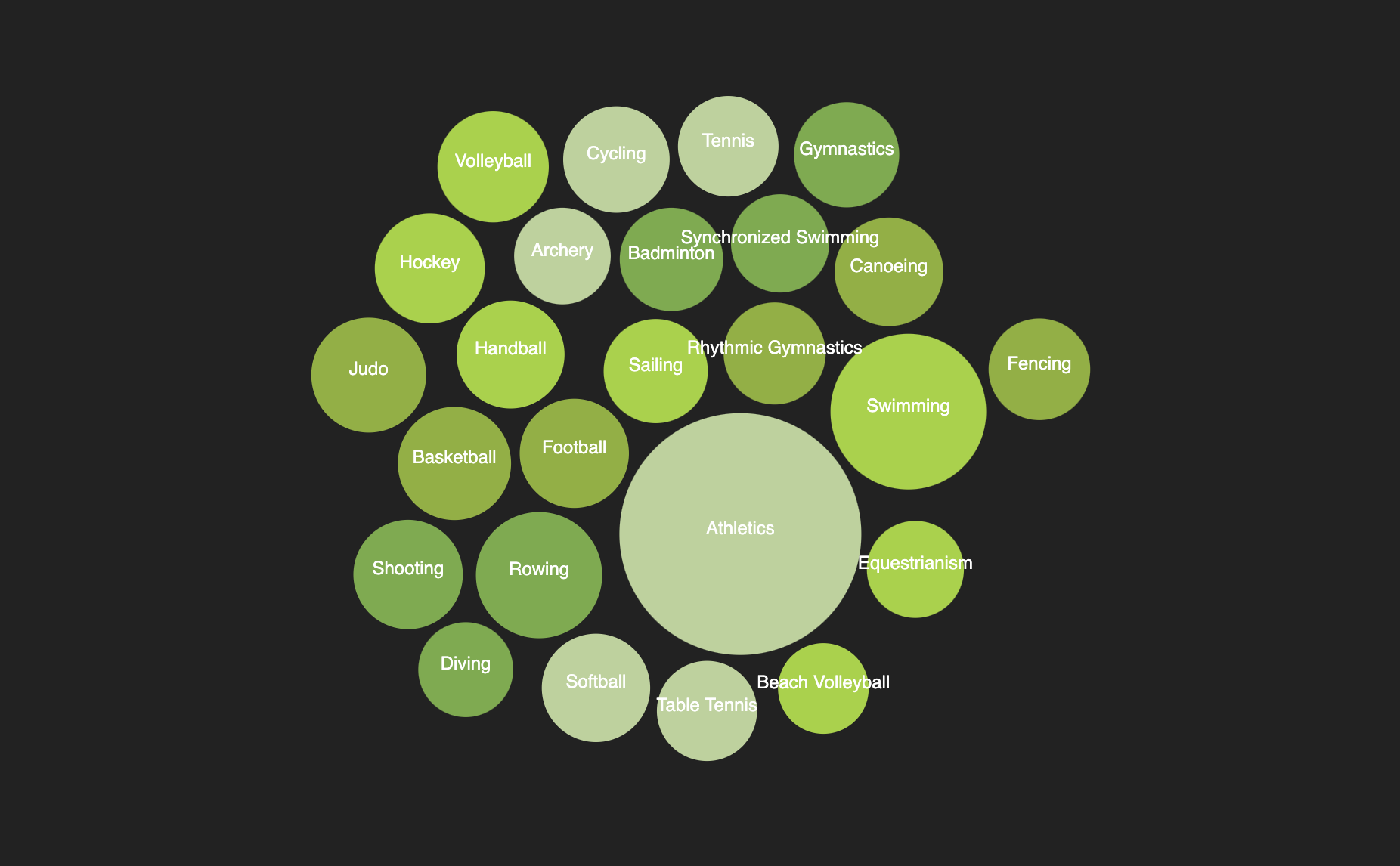
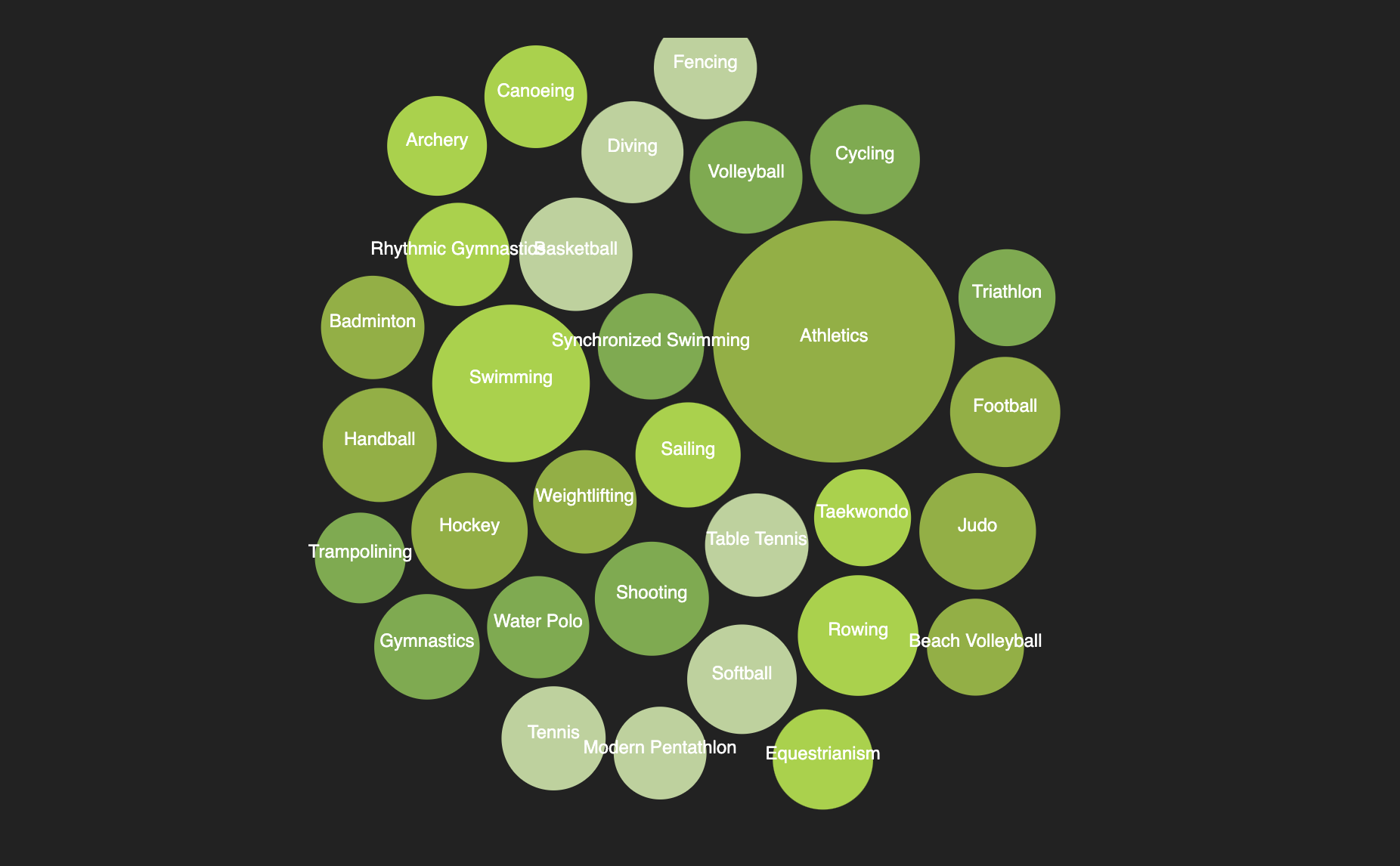
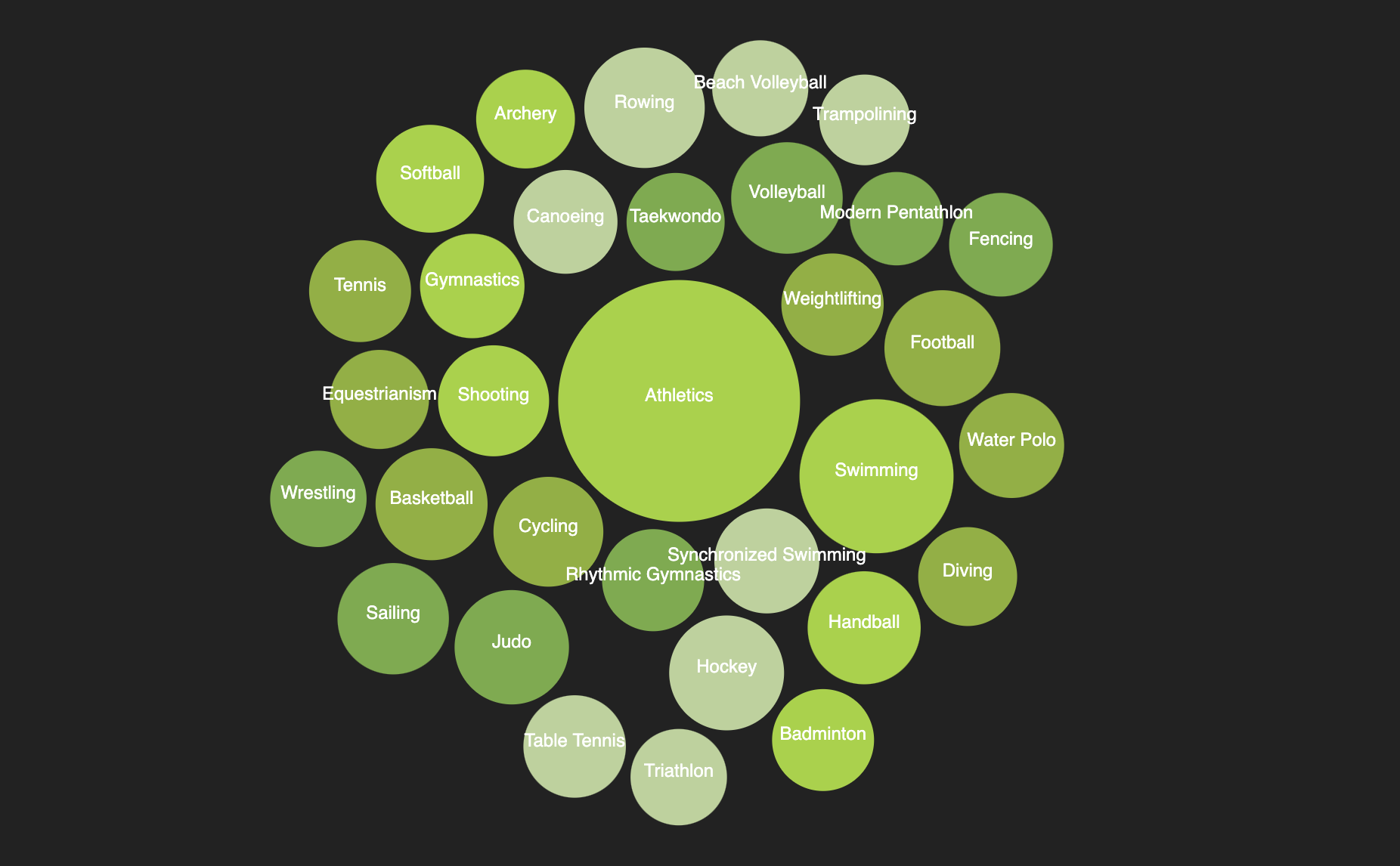
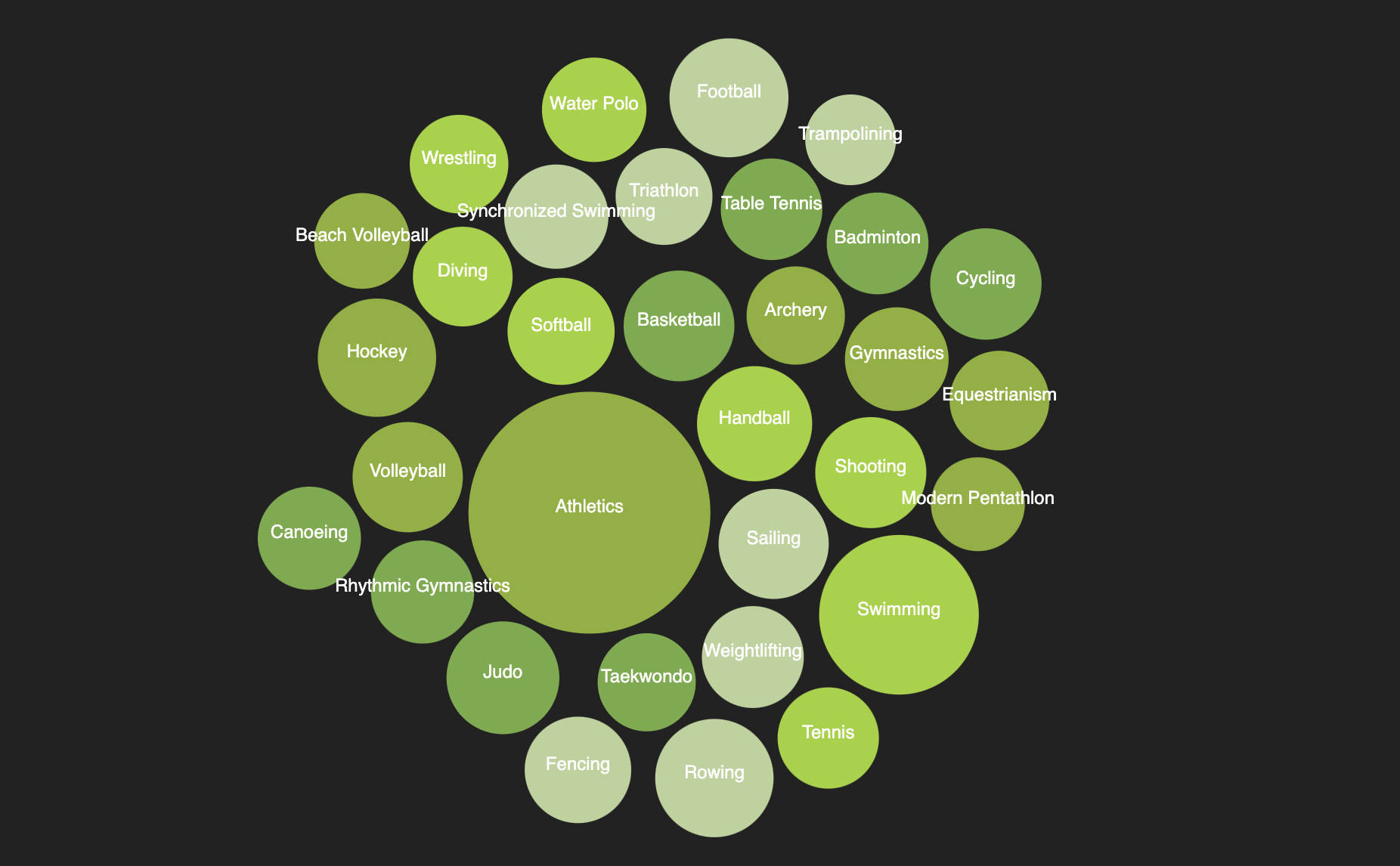
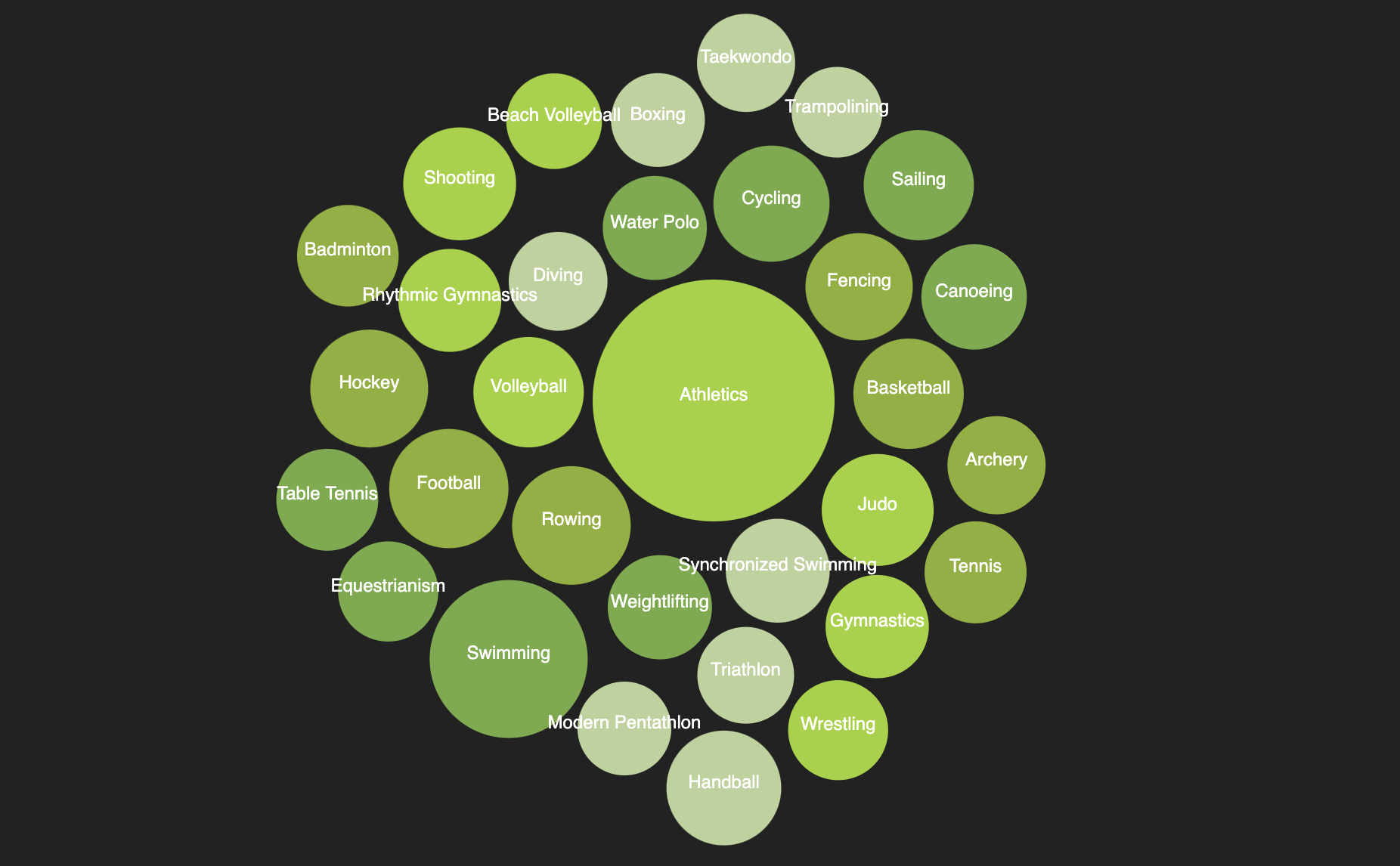
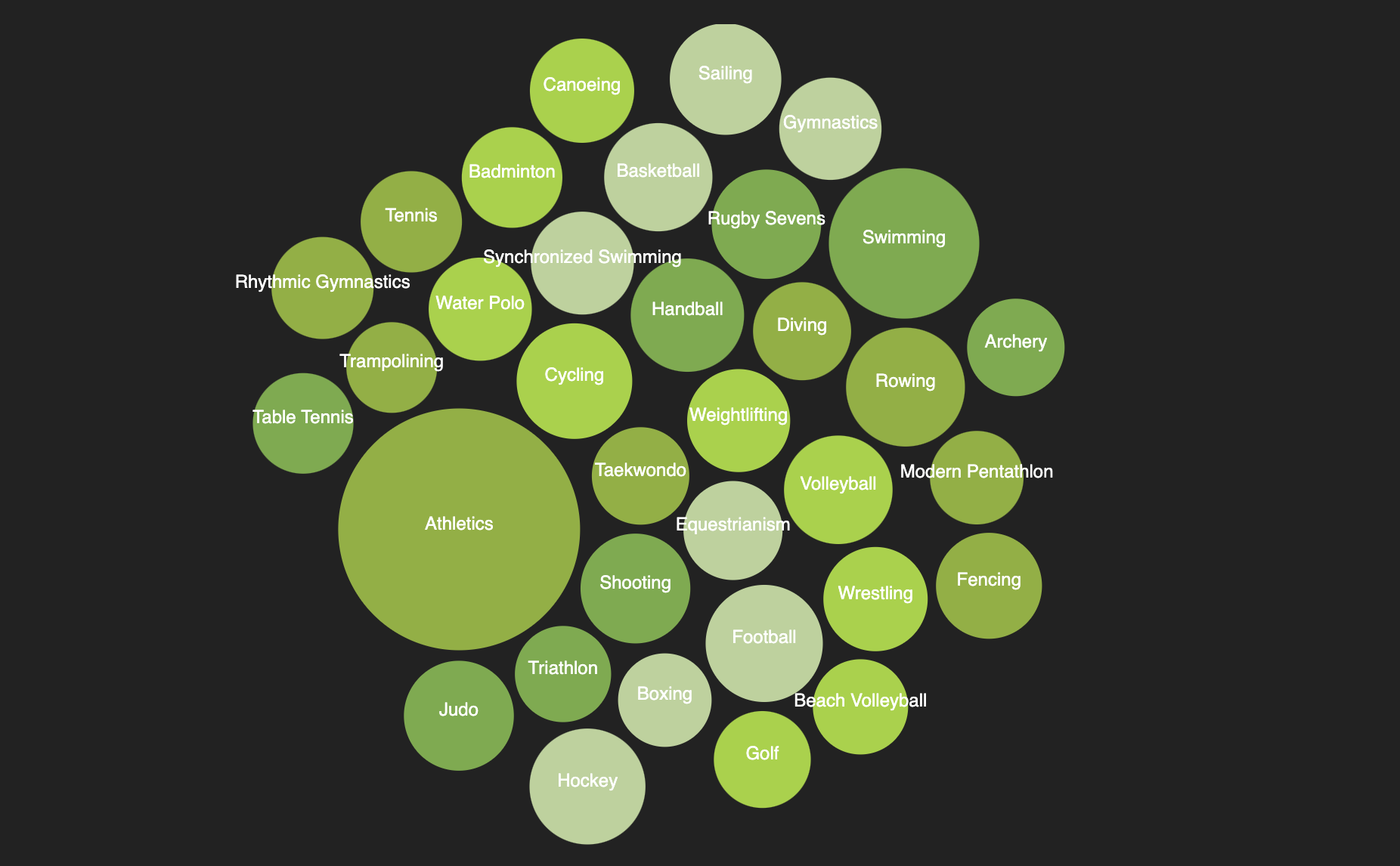
Women participate in 0 5 1 1 5 3 6 6 7 5 8 7 8 7 8 9 9 10 14 15 18 20 22 25 31 32 32 32 34 different sports






























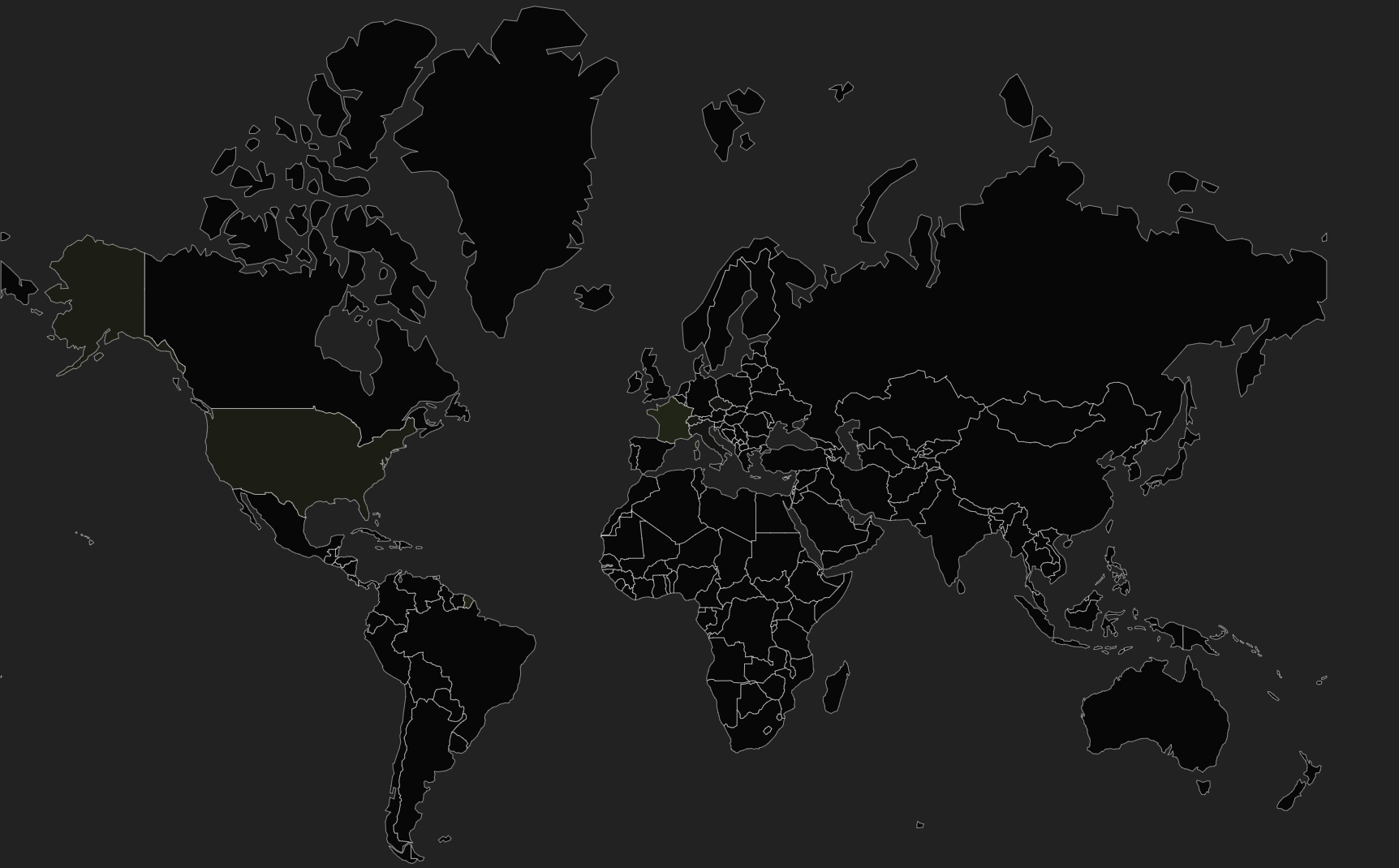
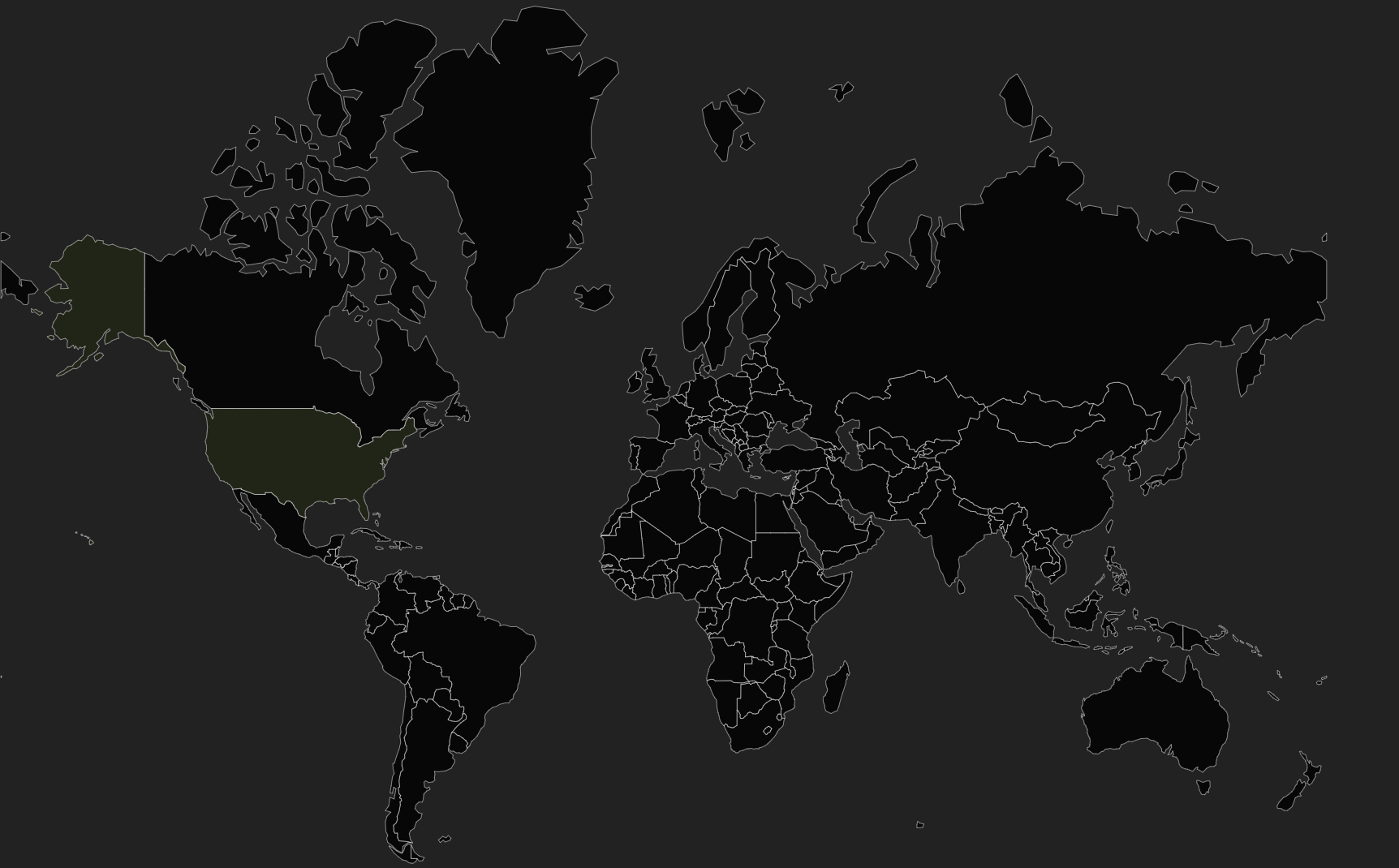
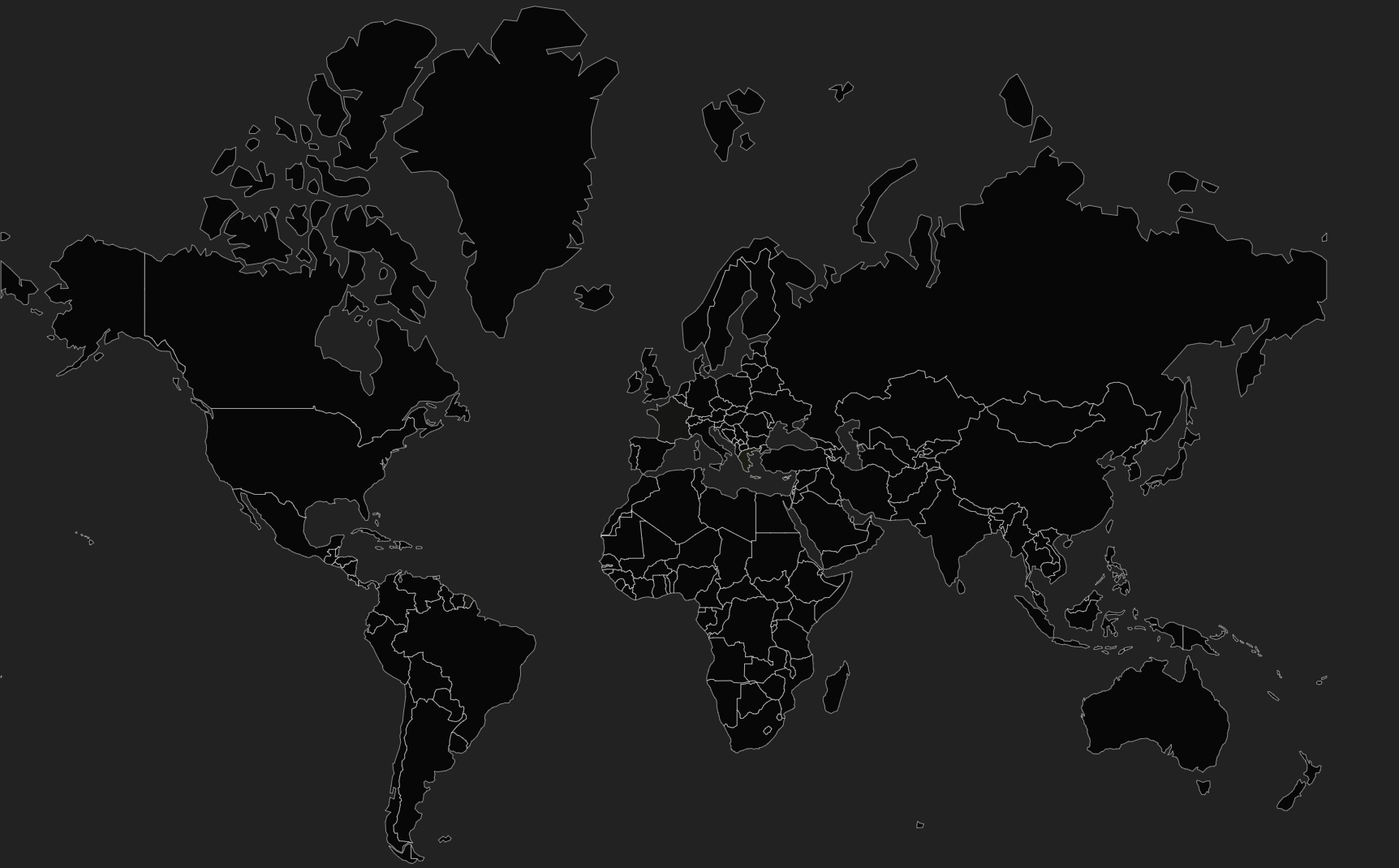
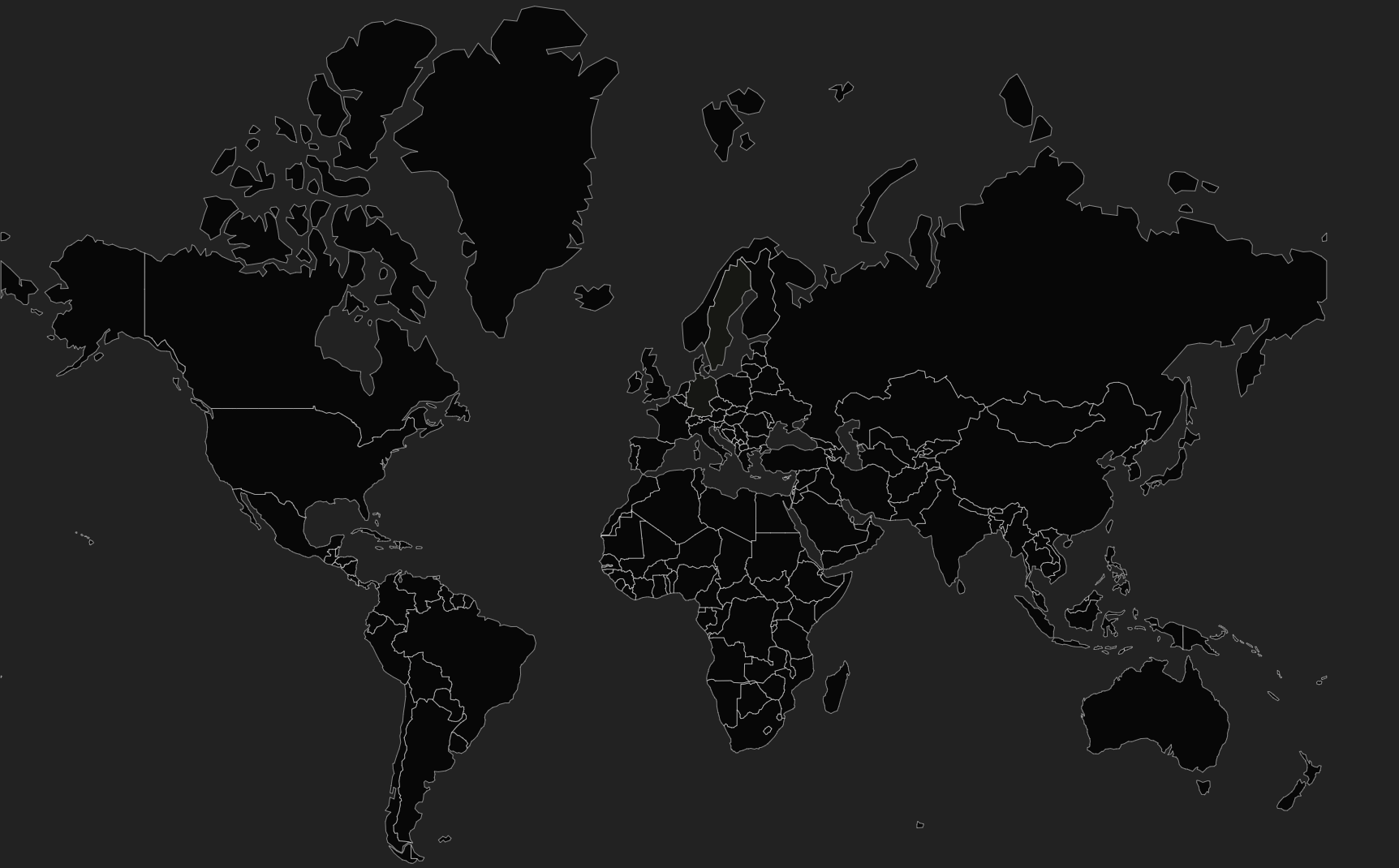
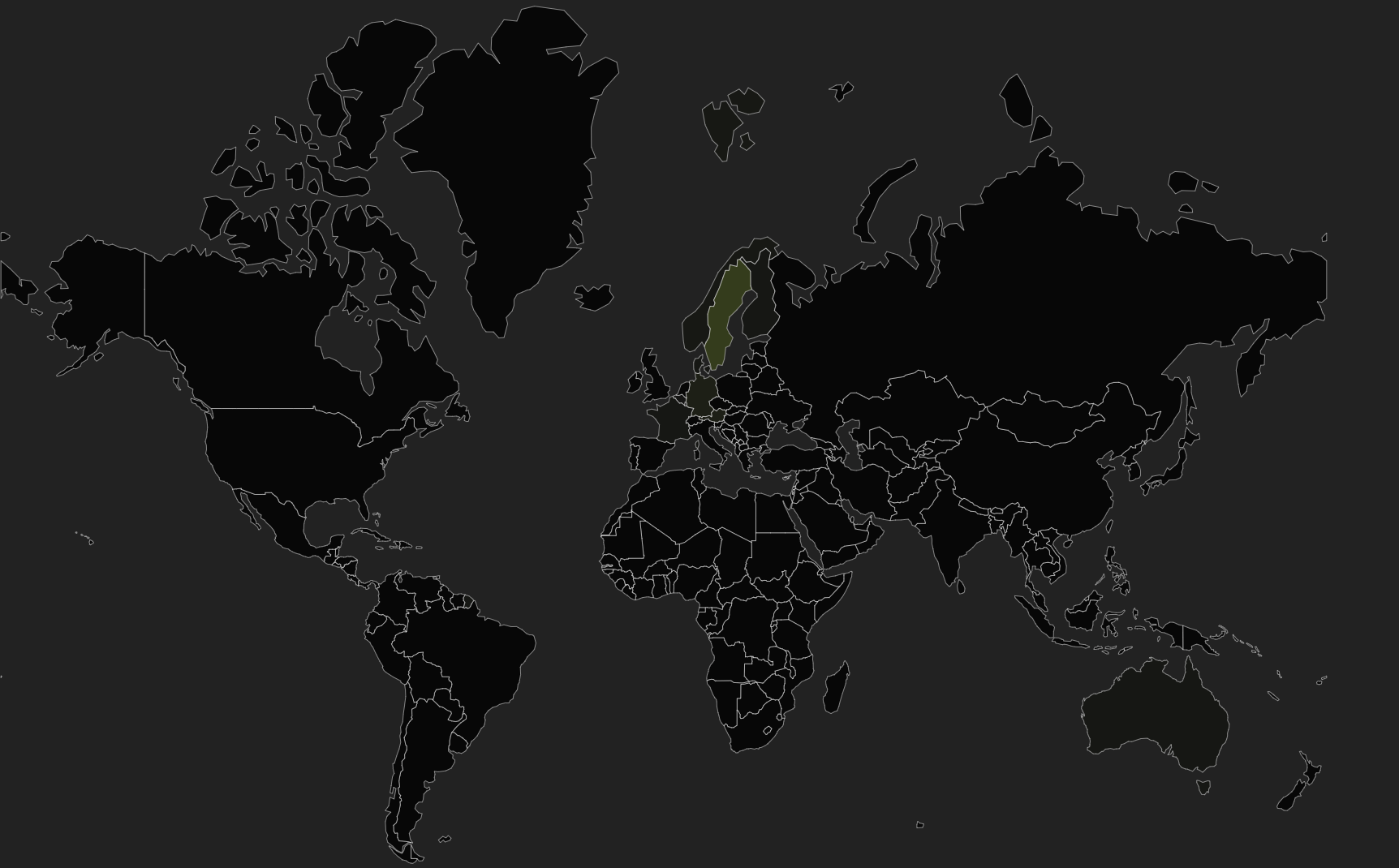
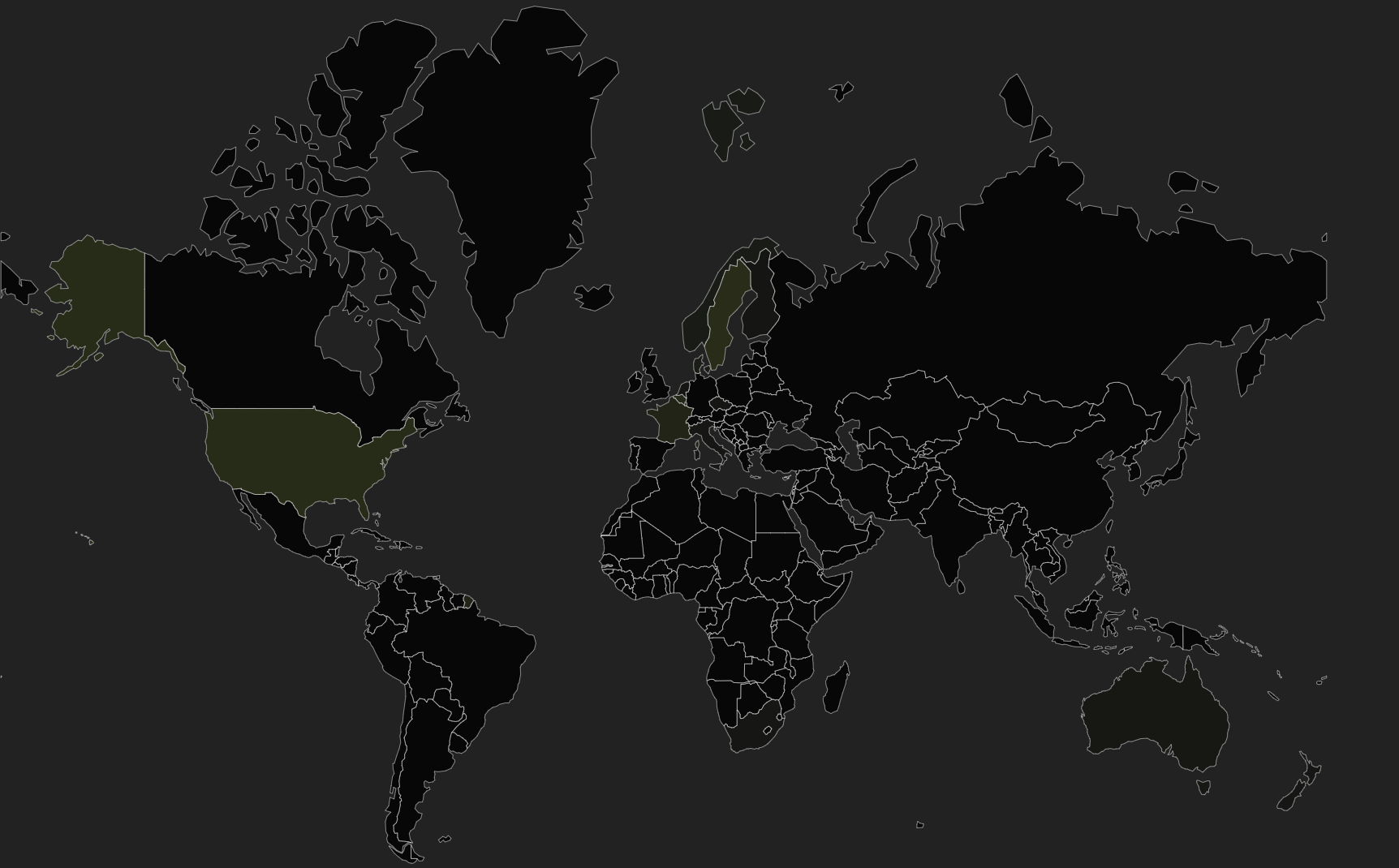
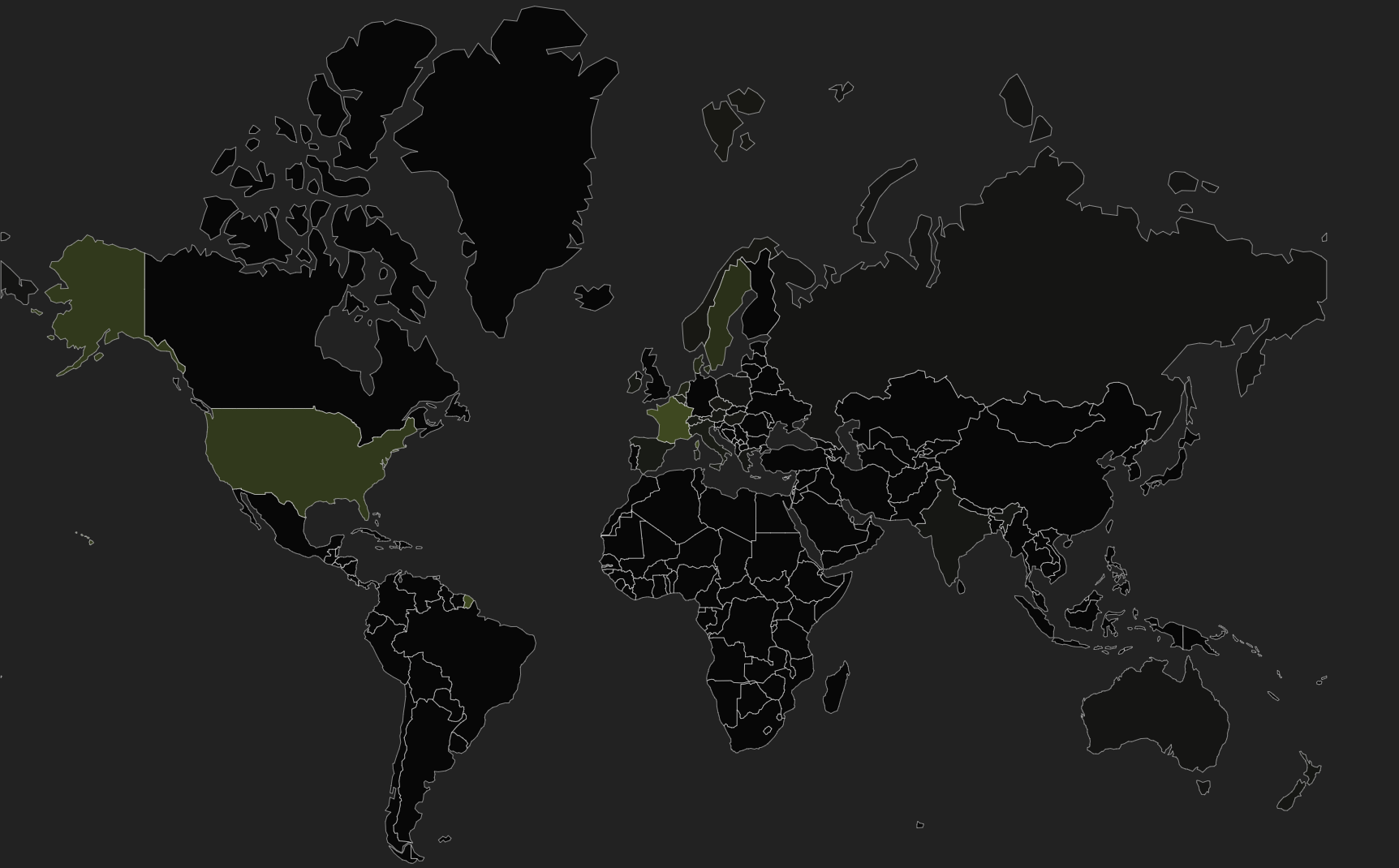
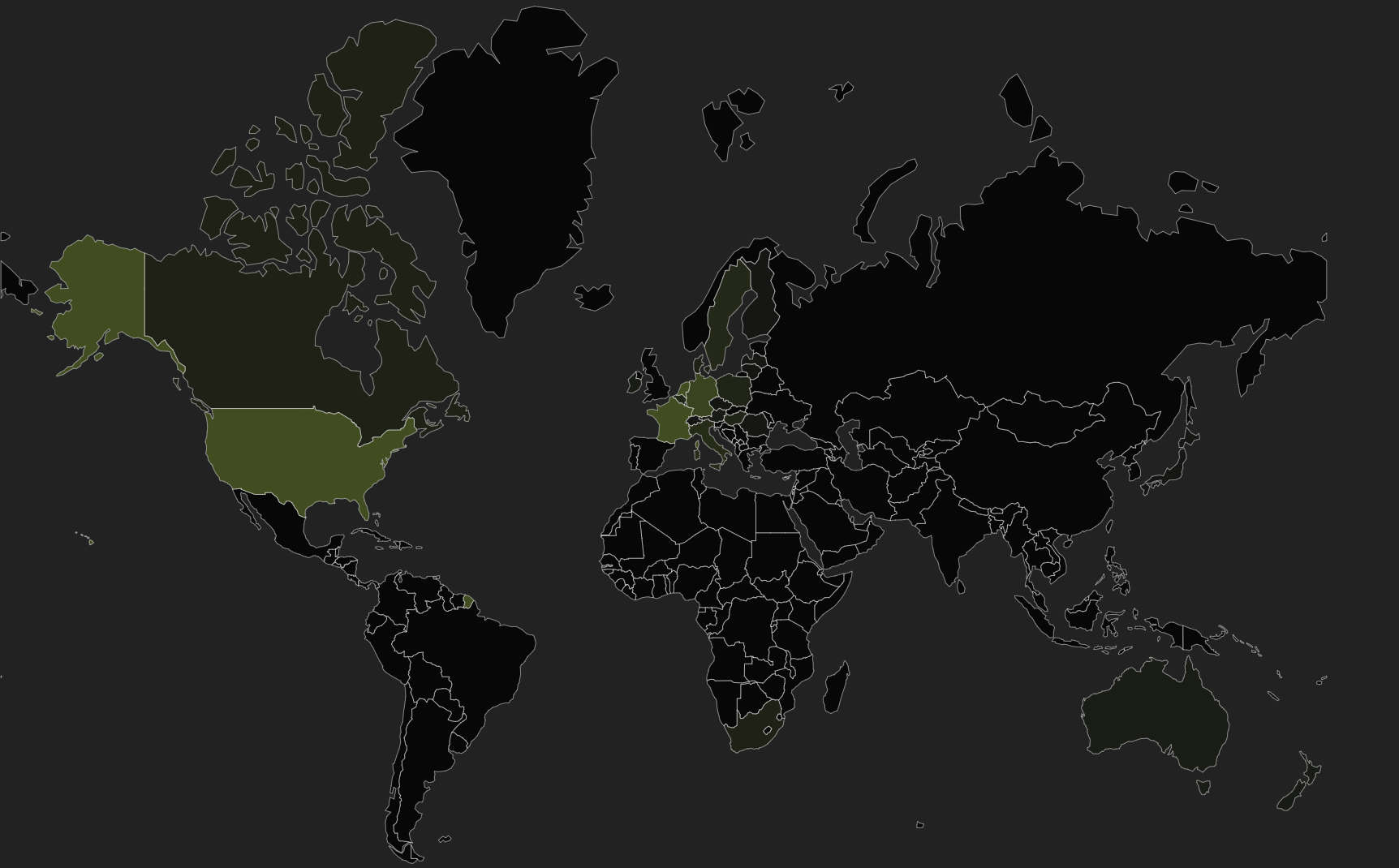
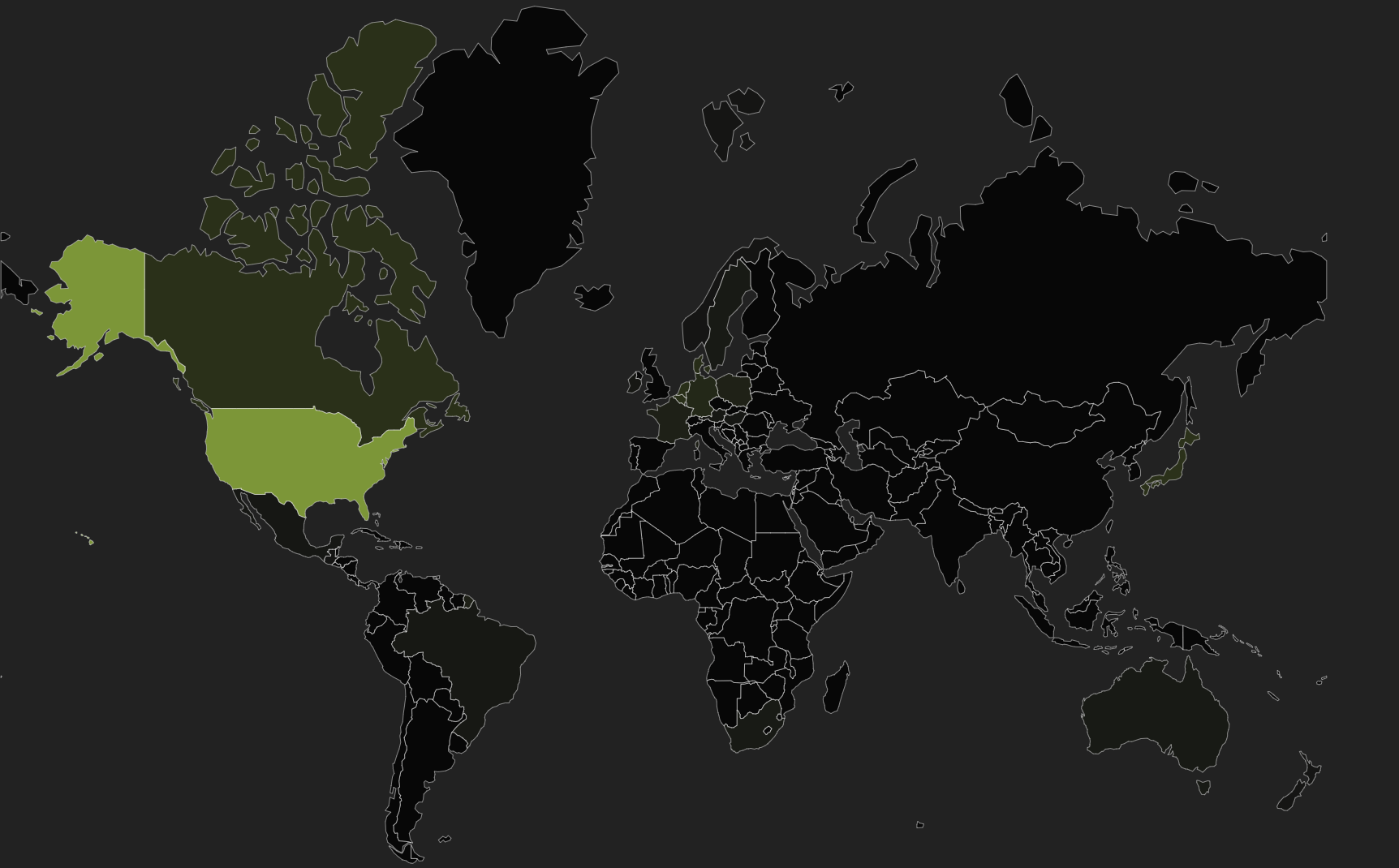
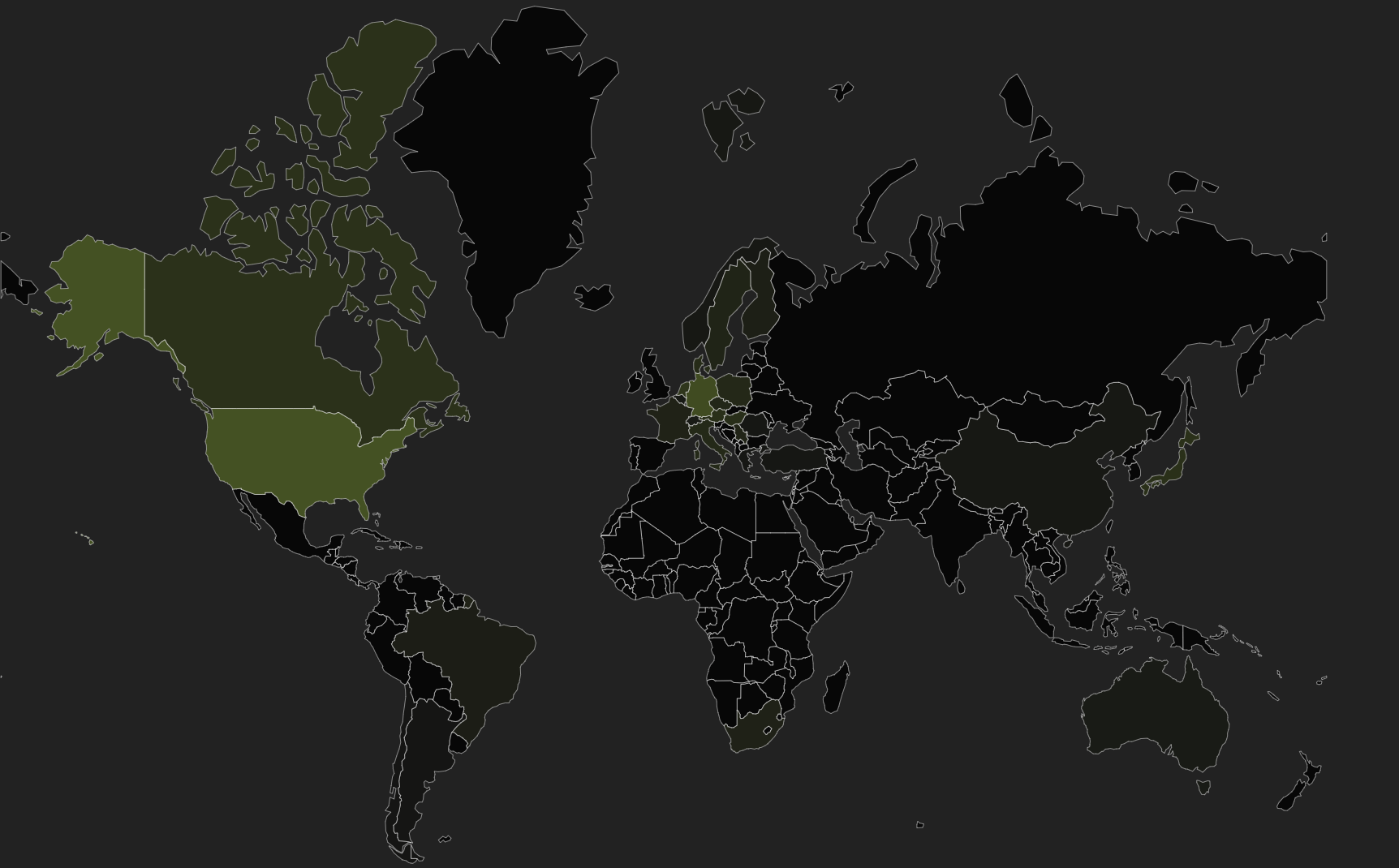
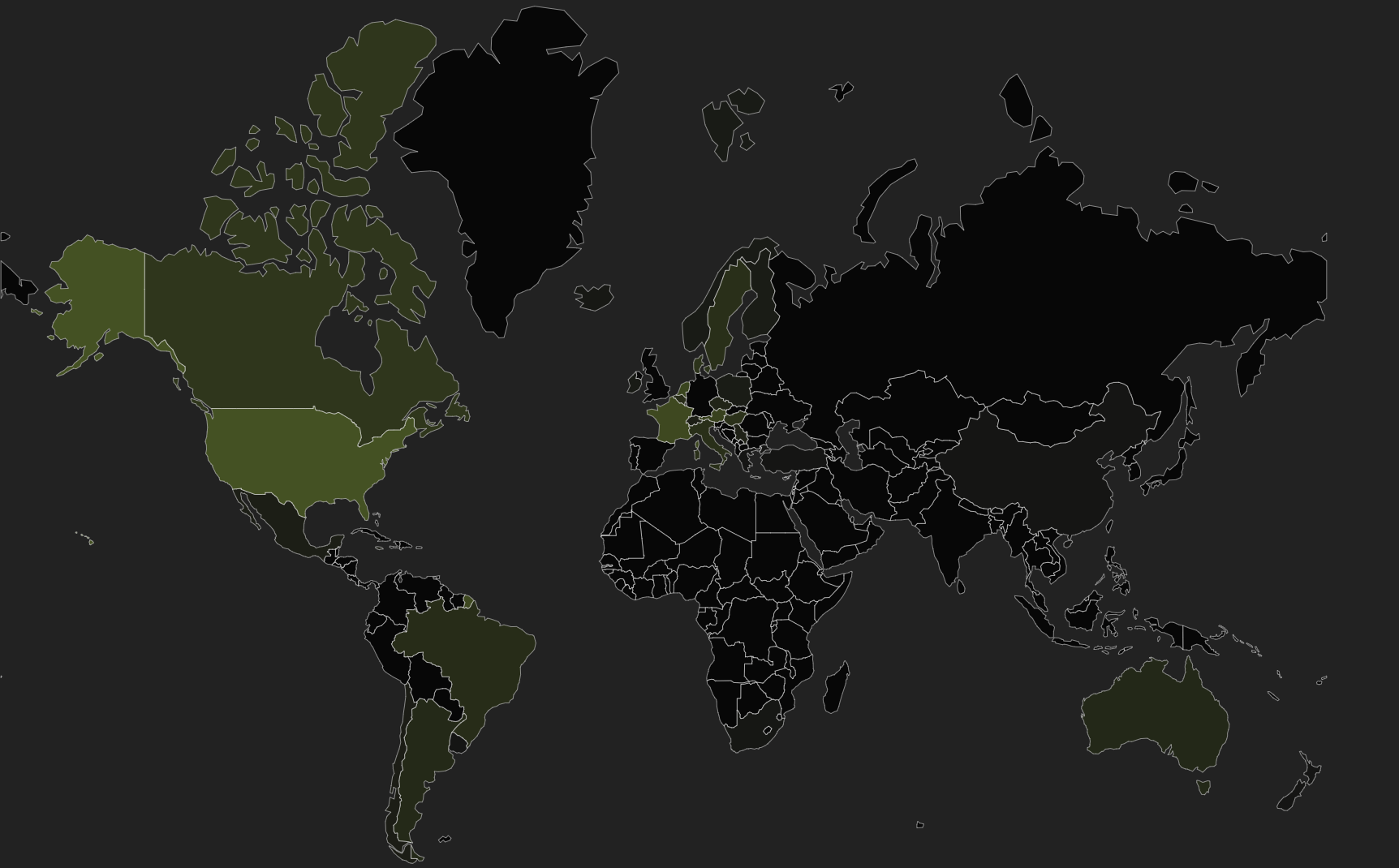
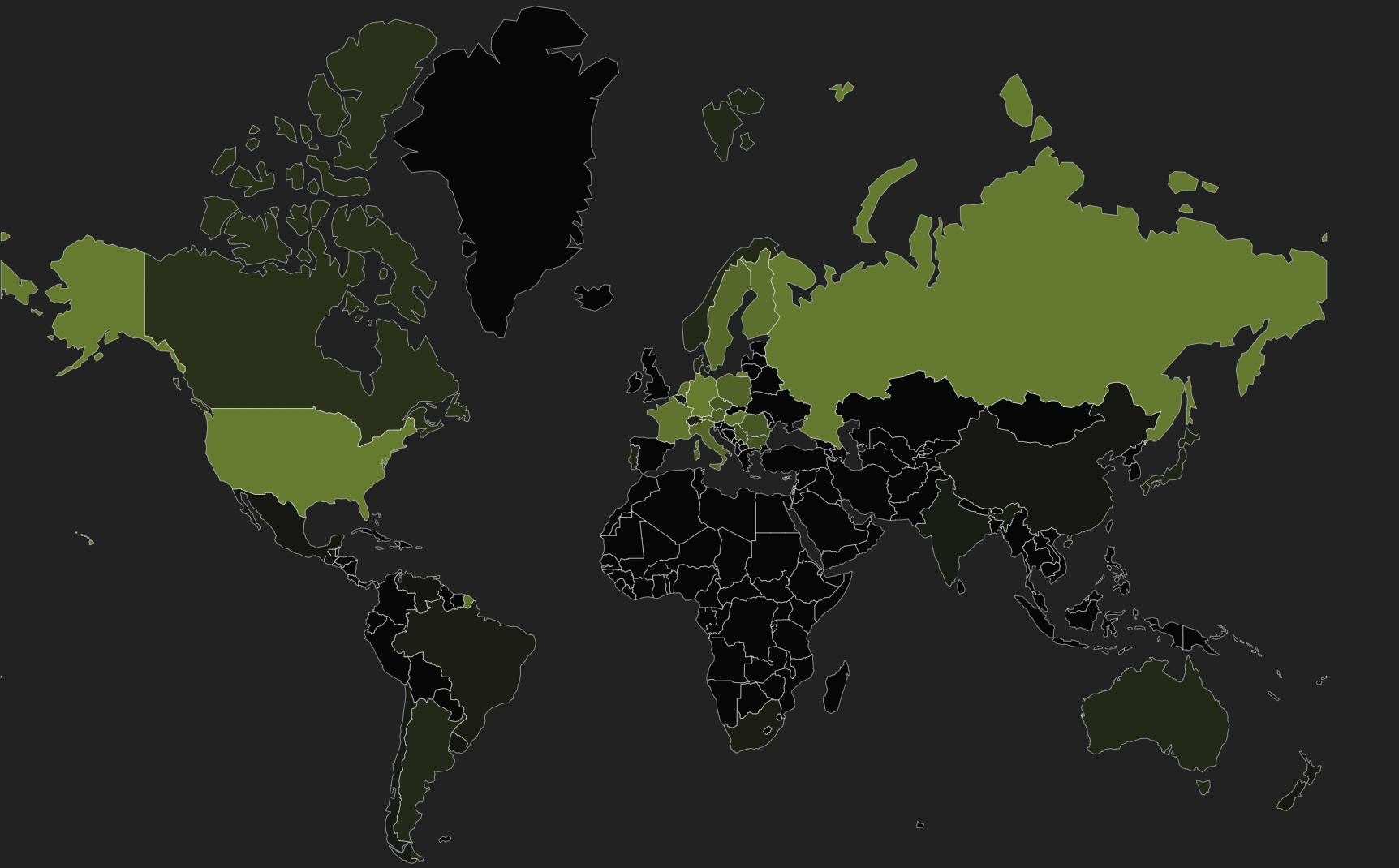
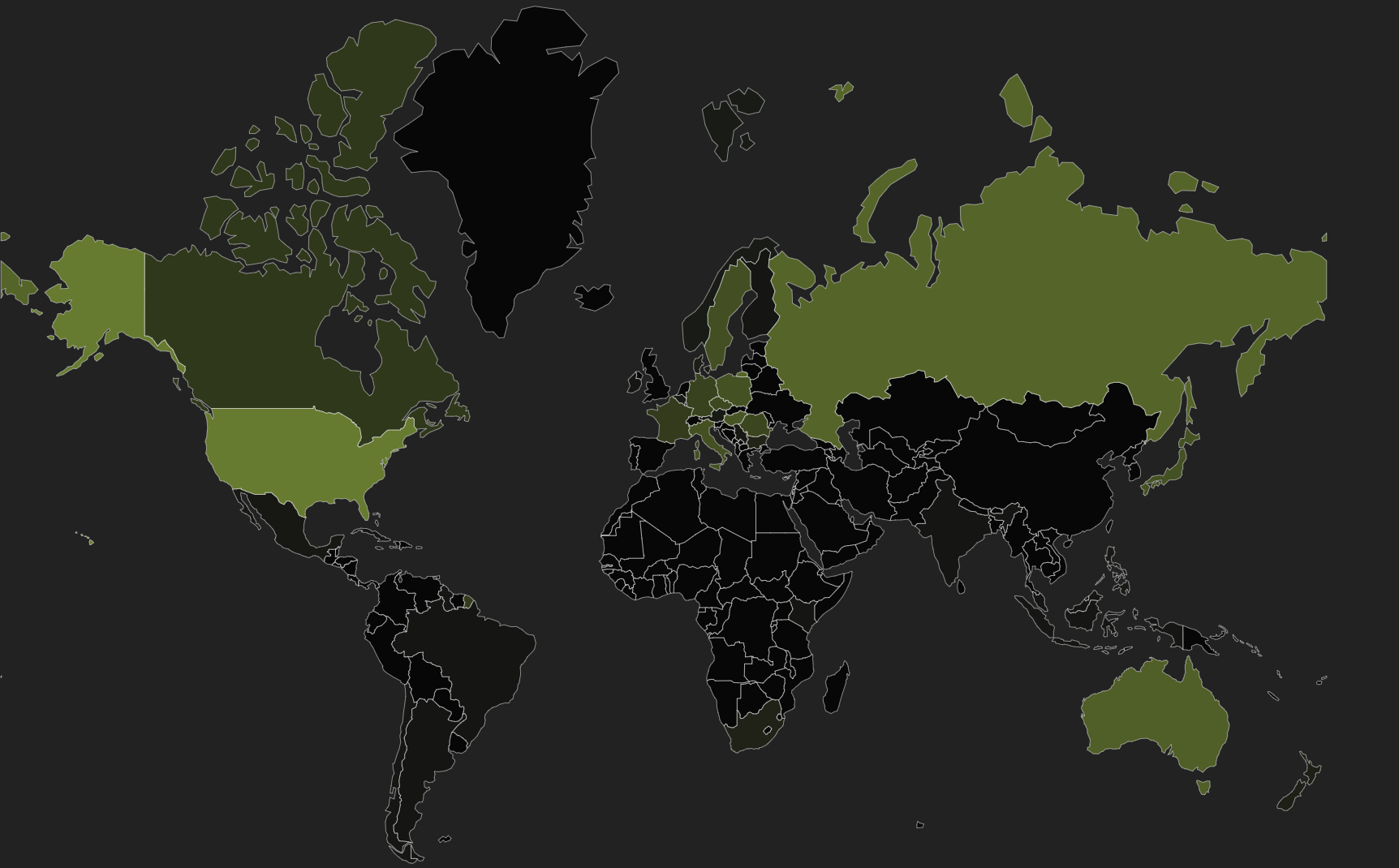
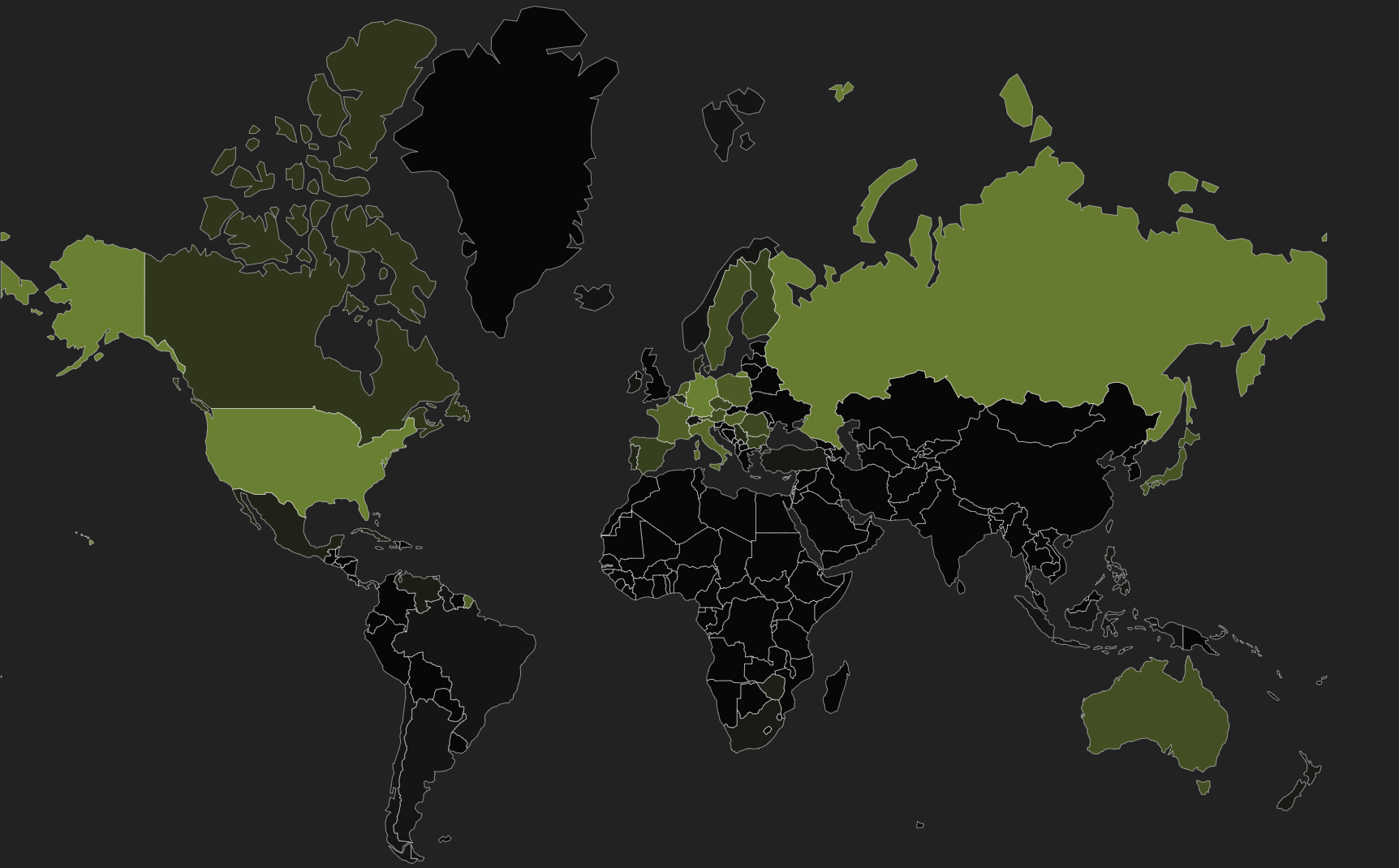
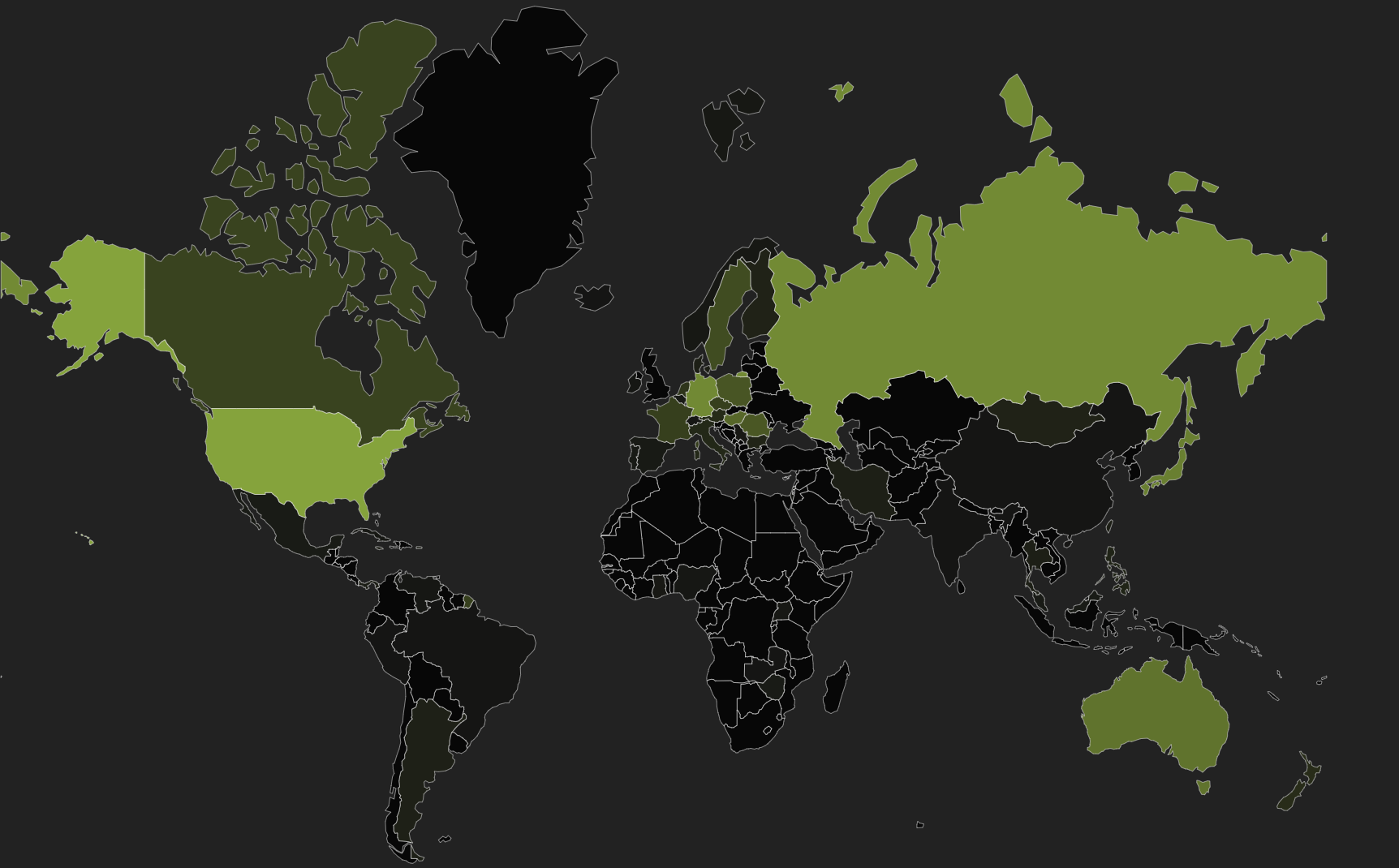
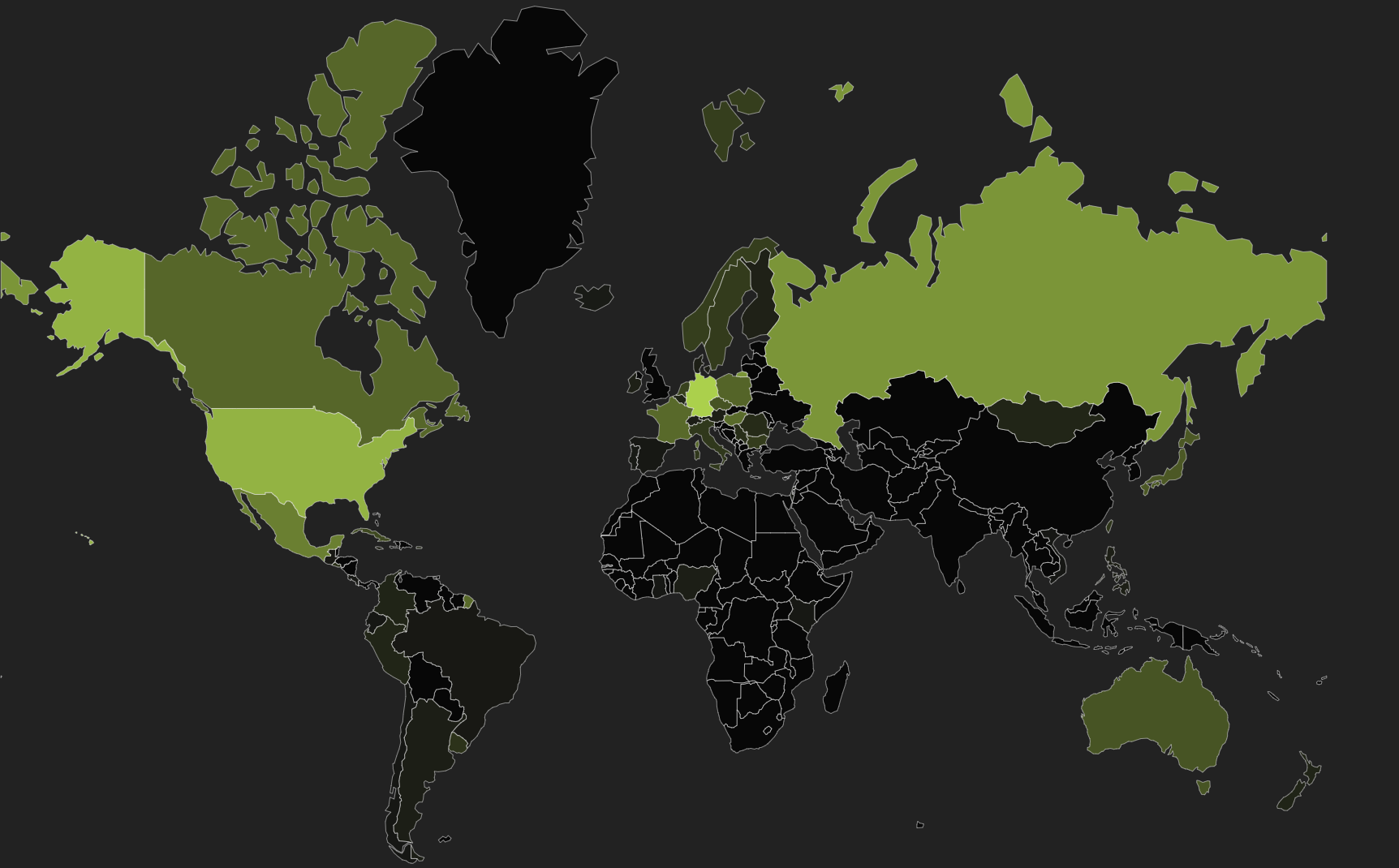
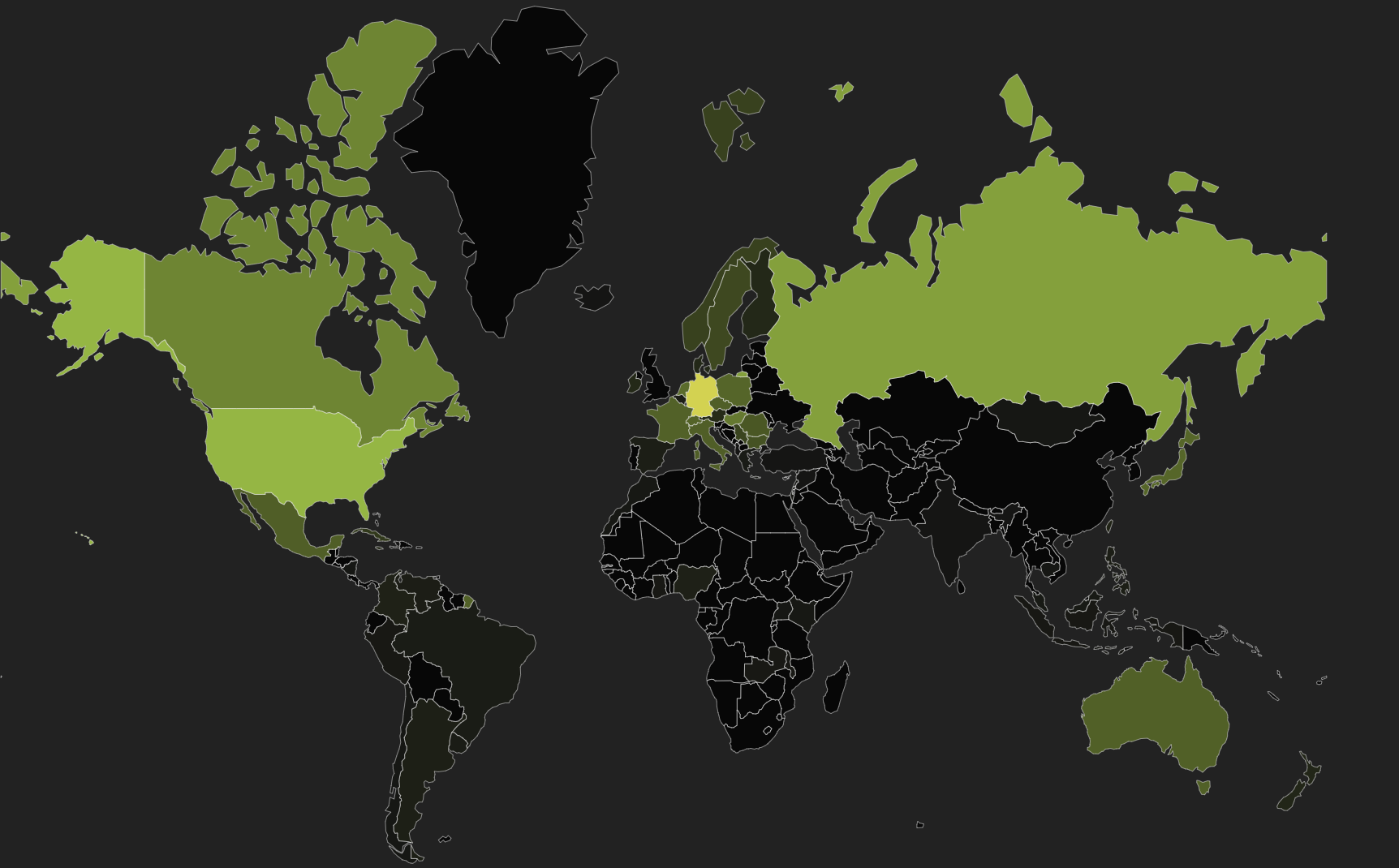
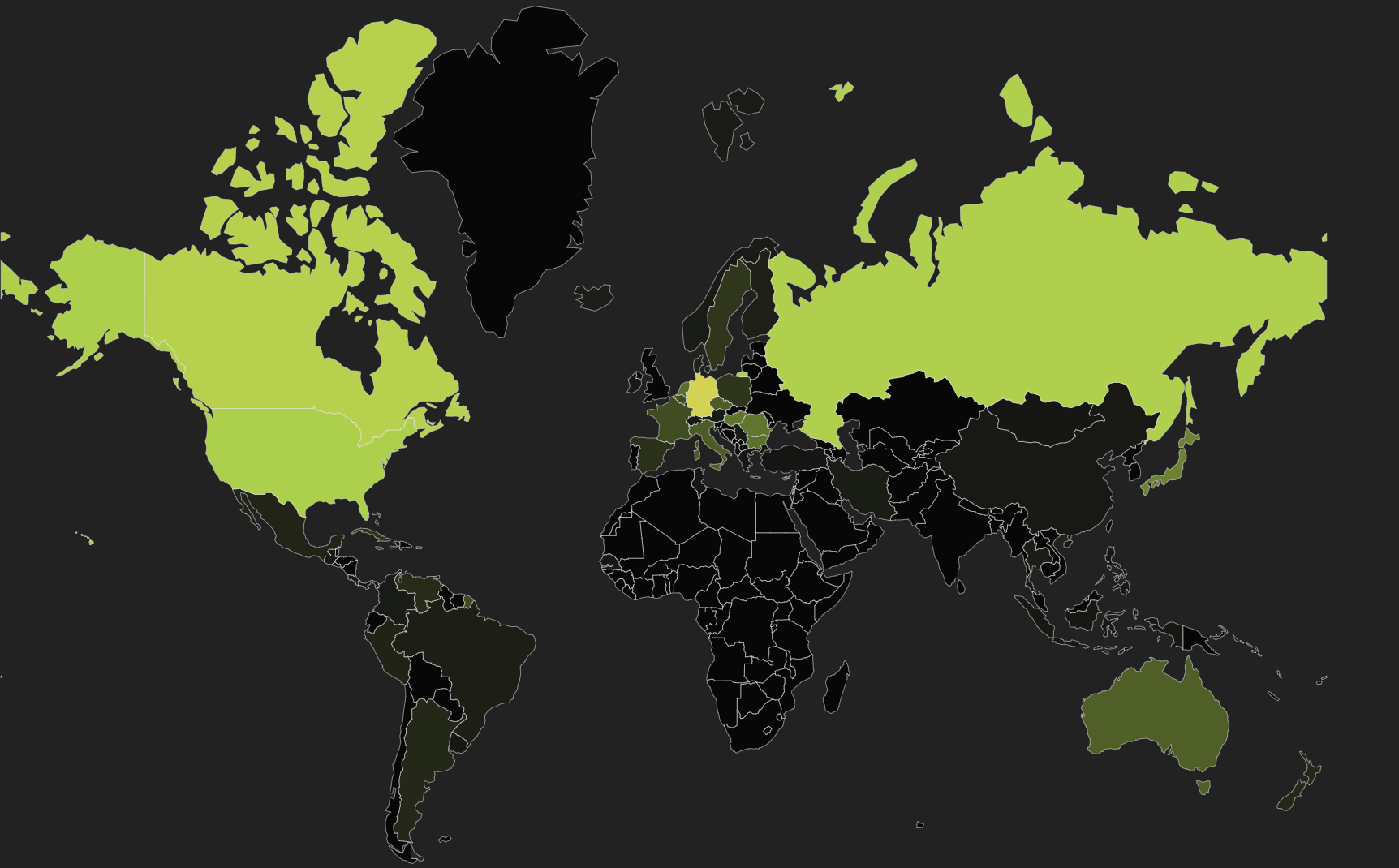
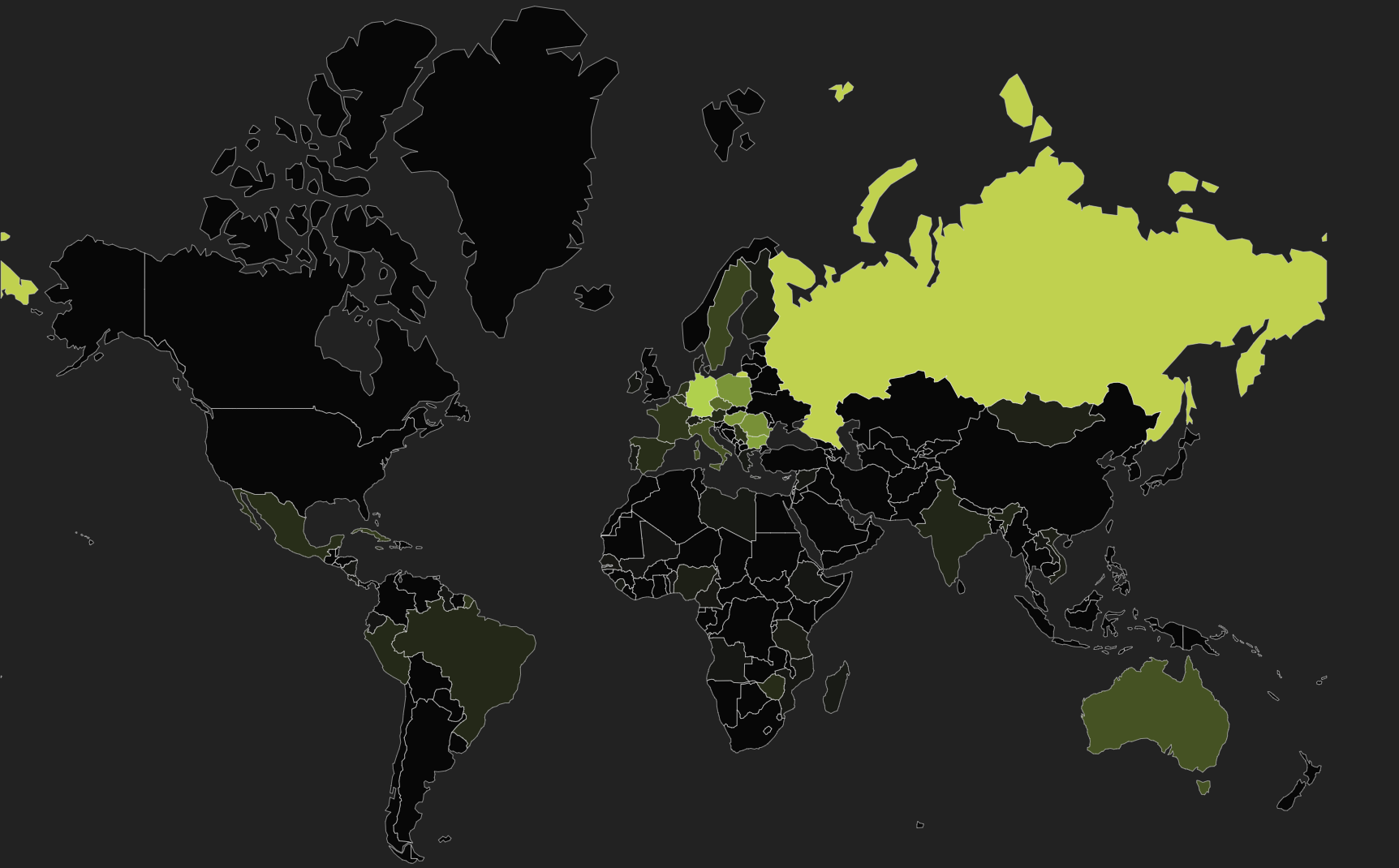
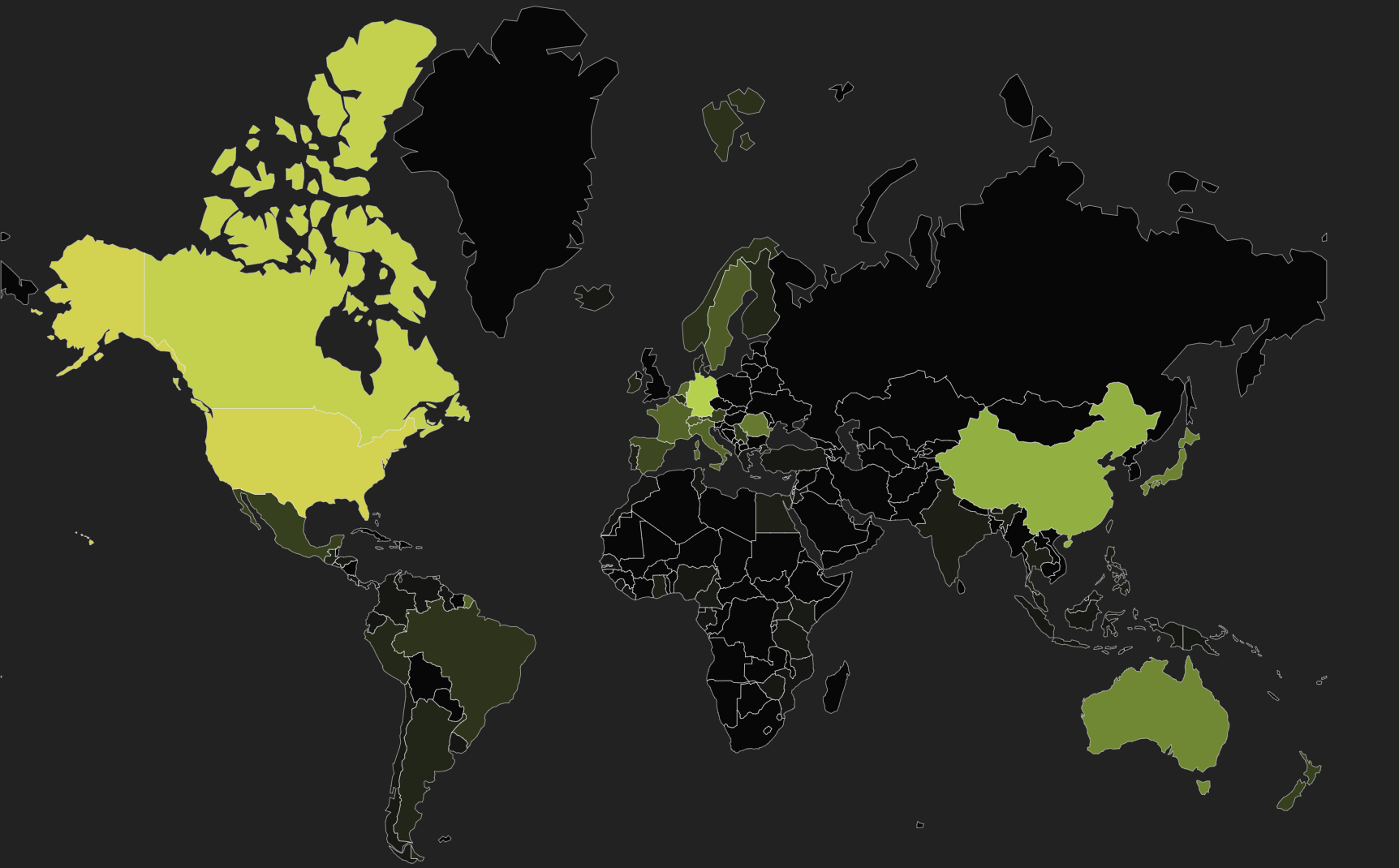
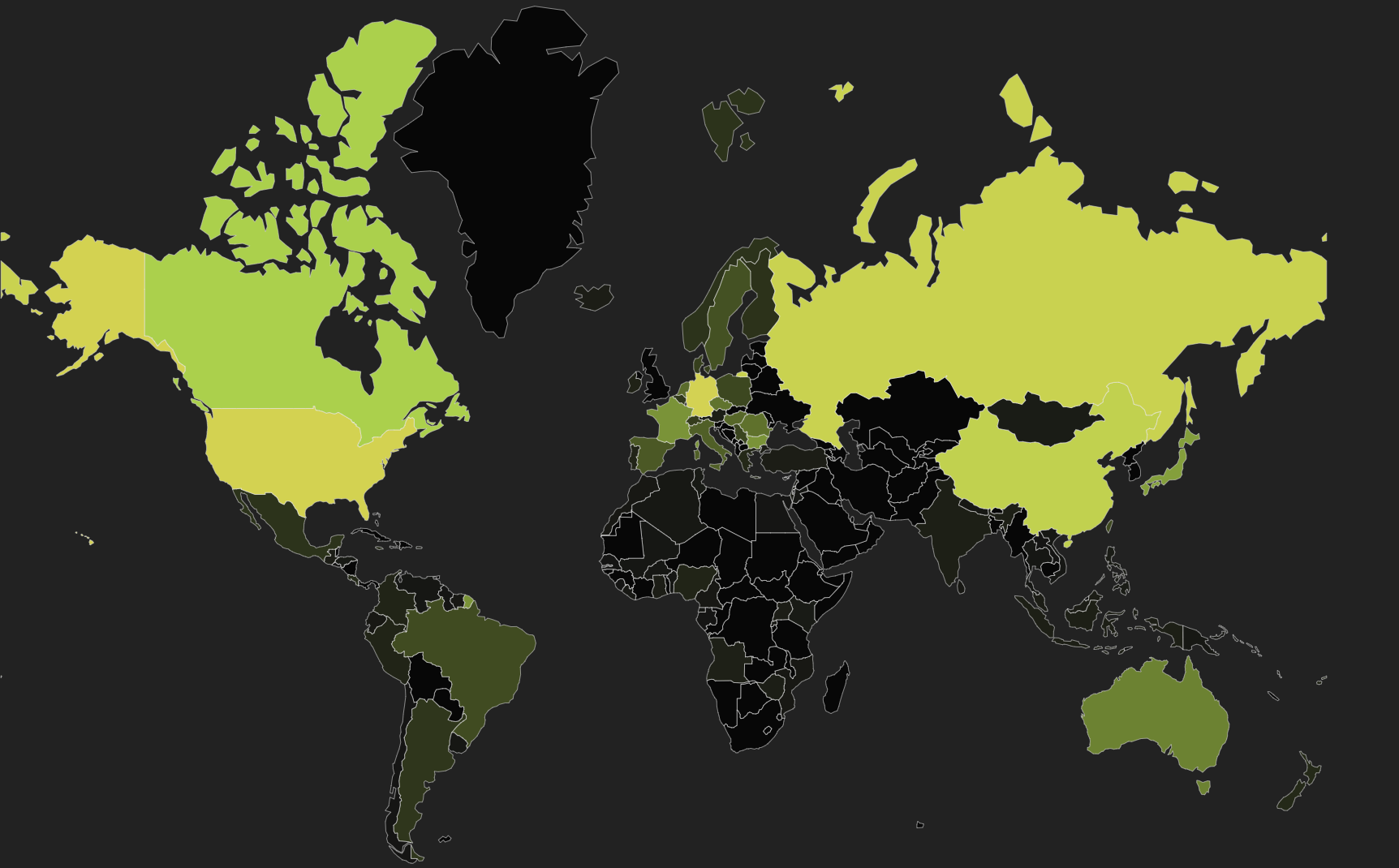
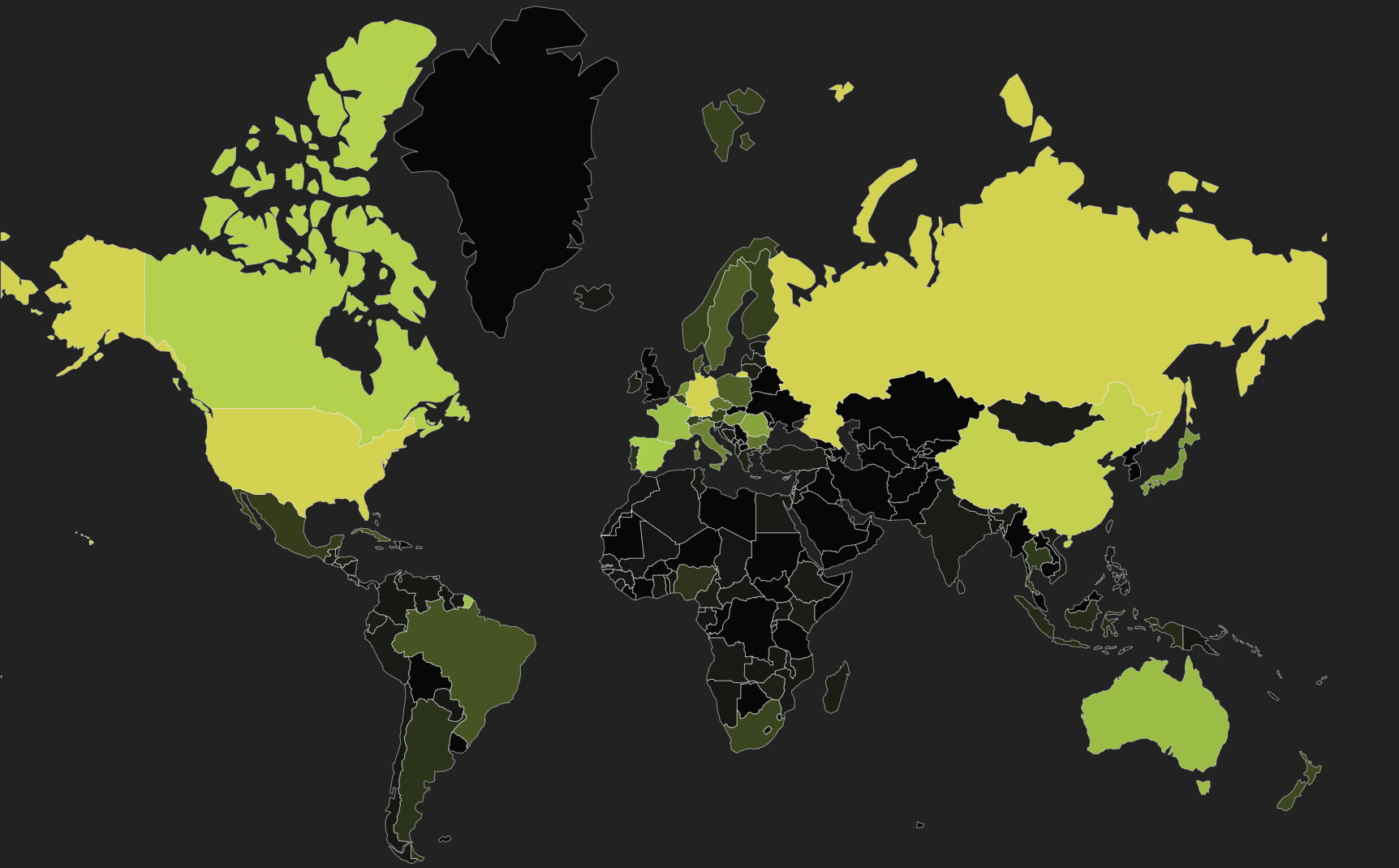
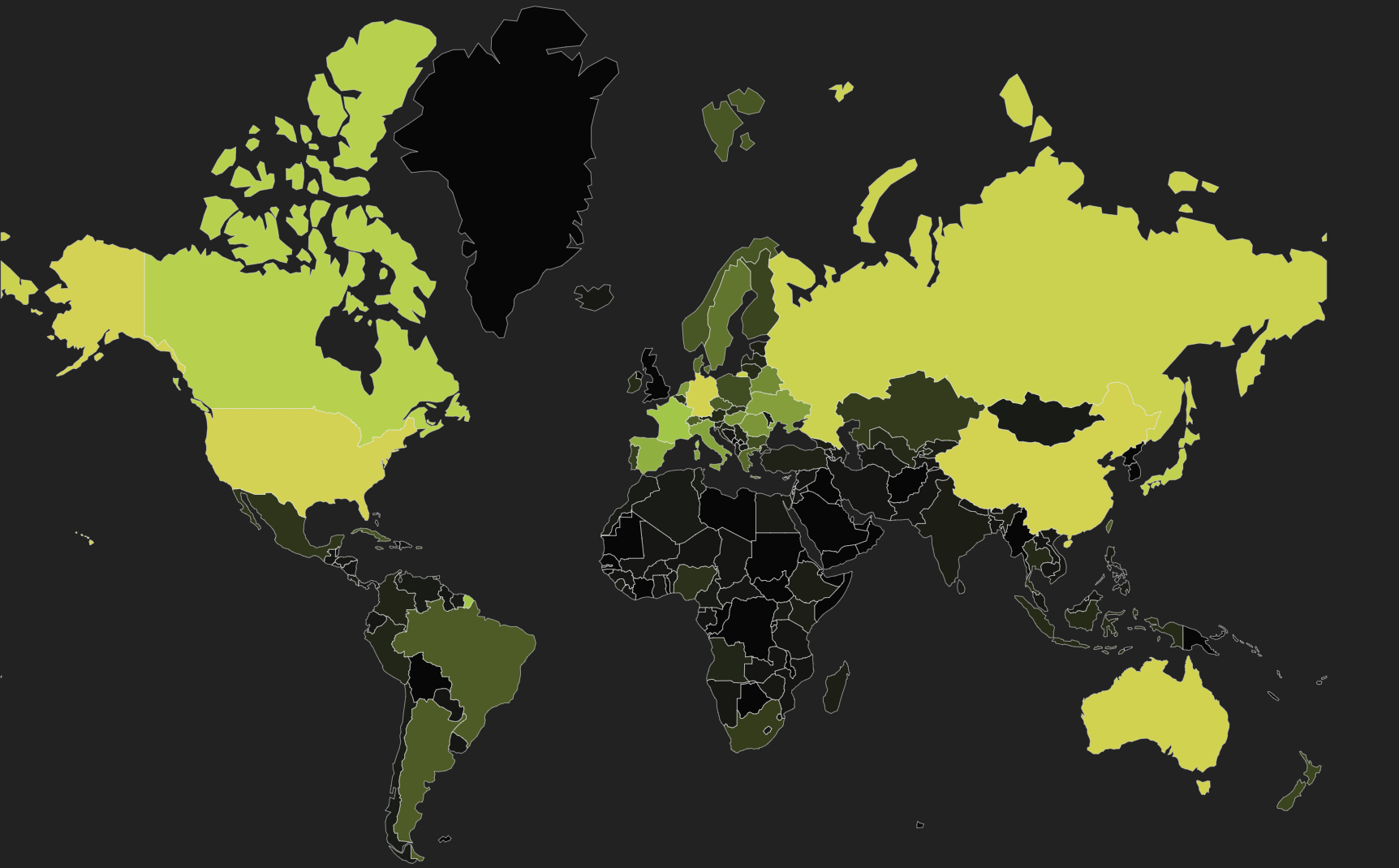
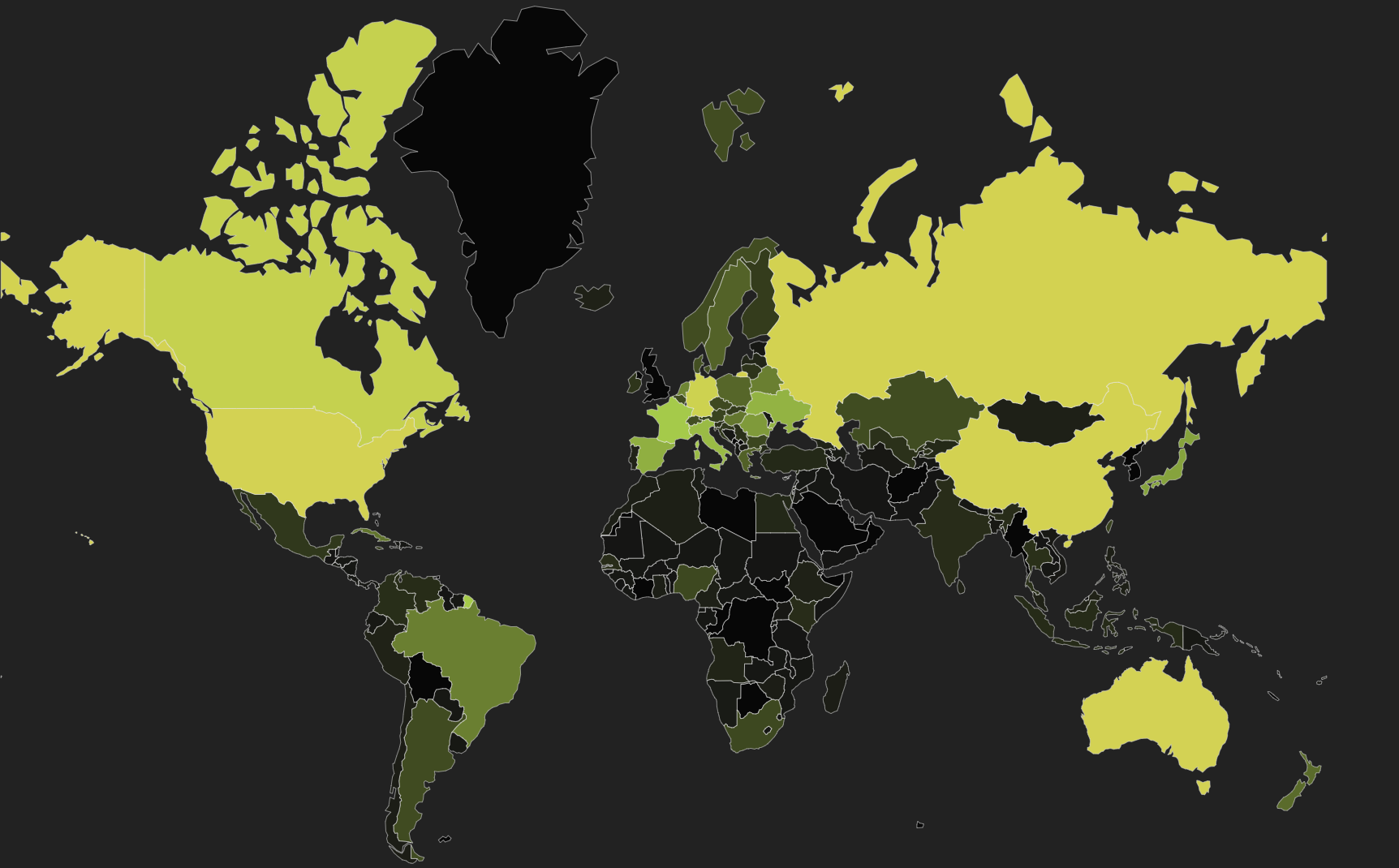
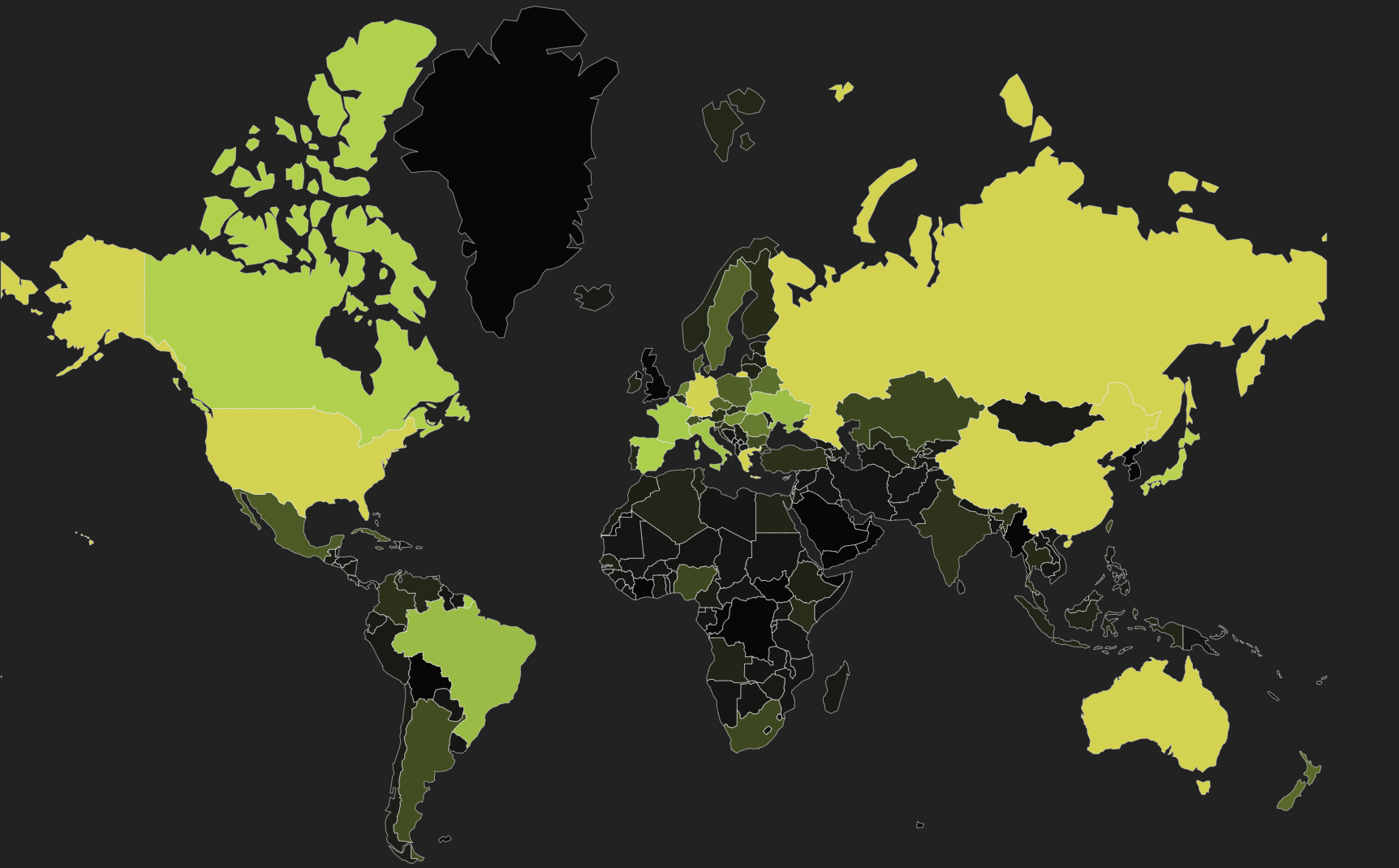
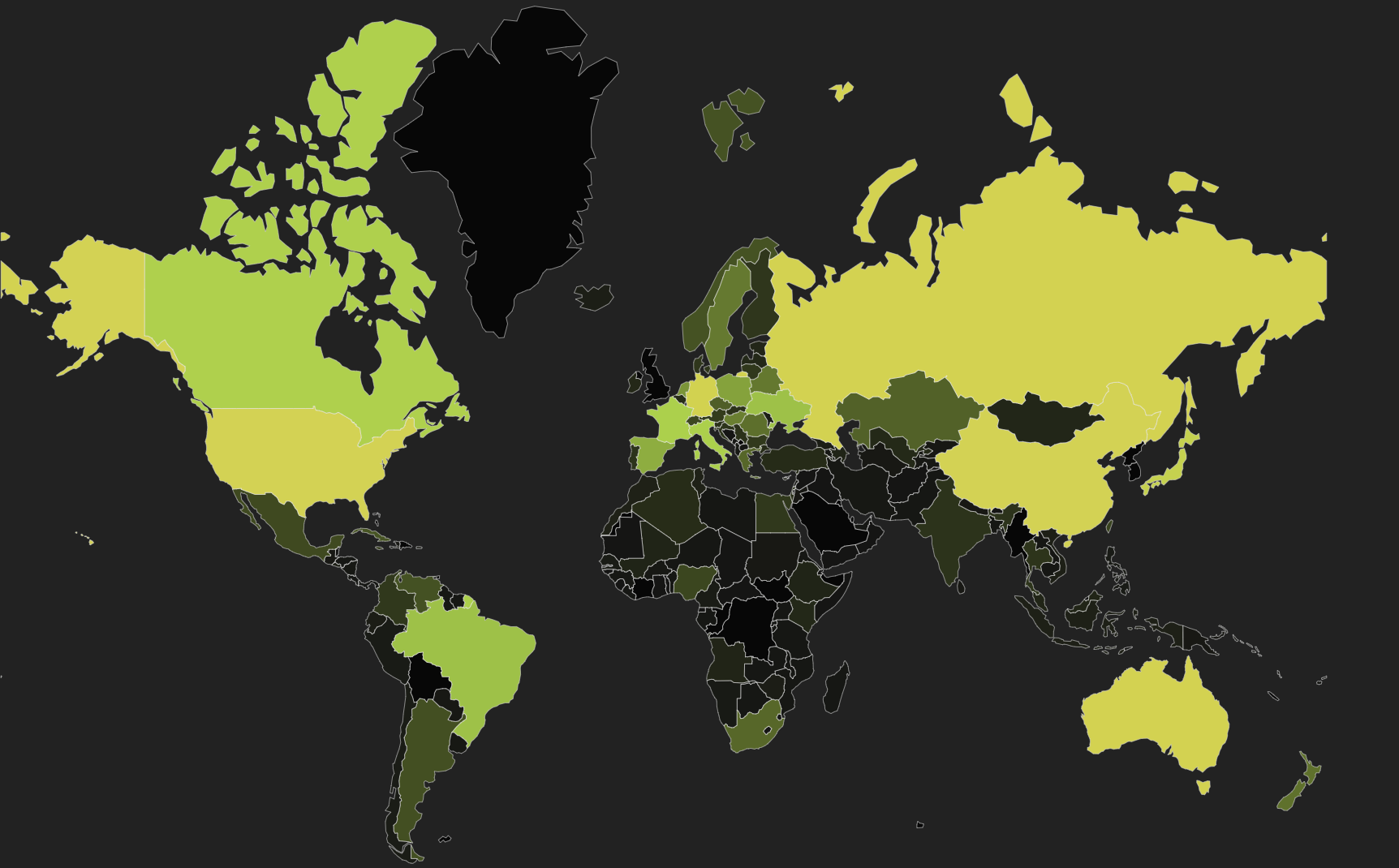
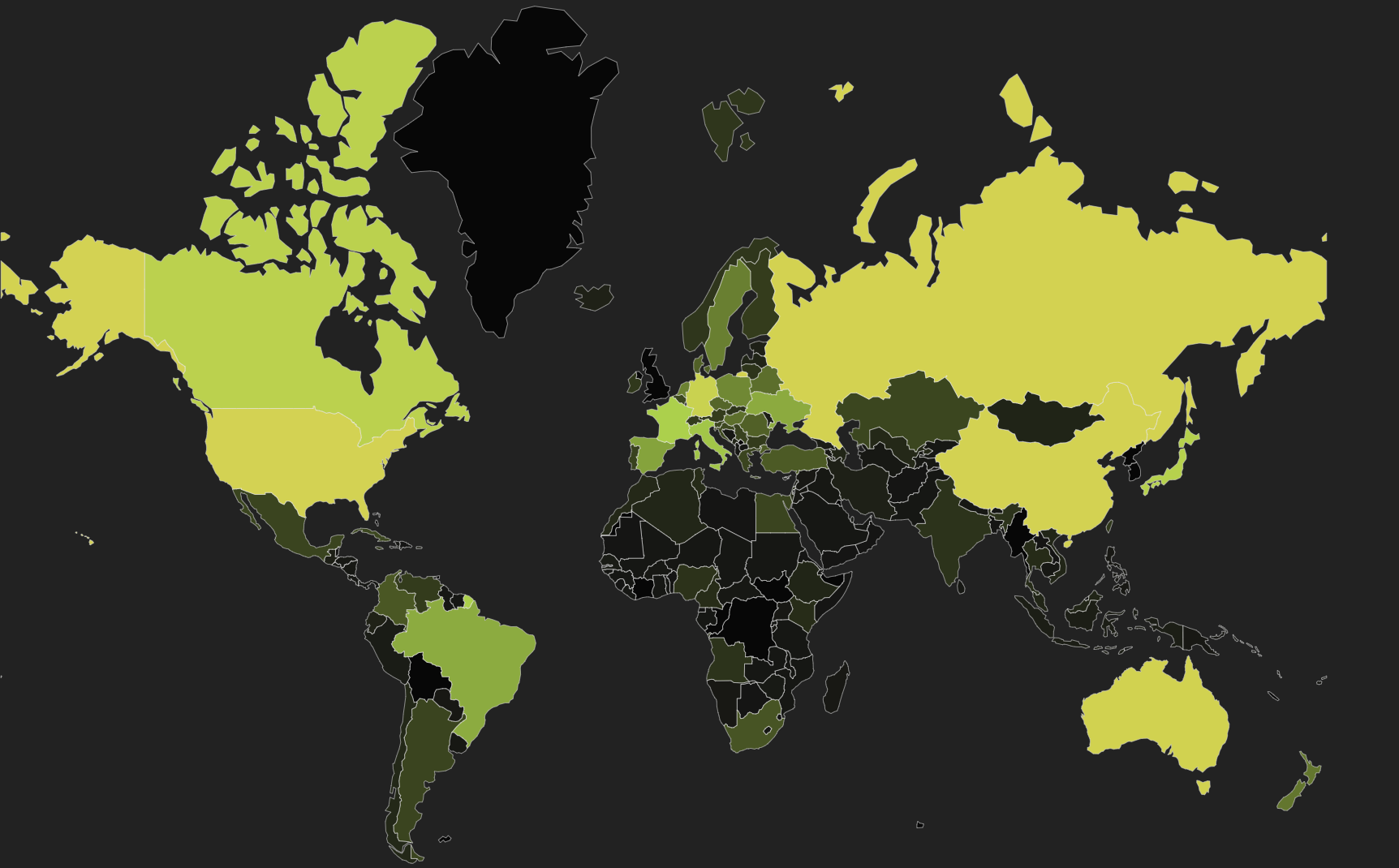
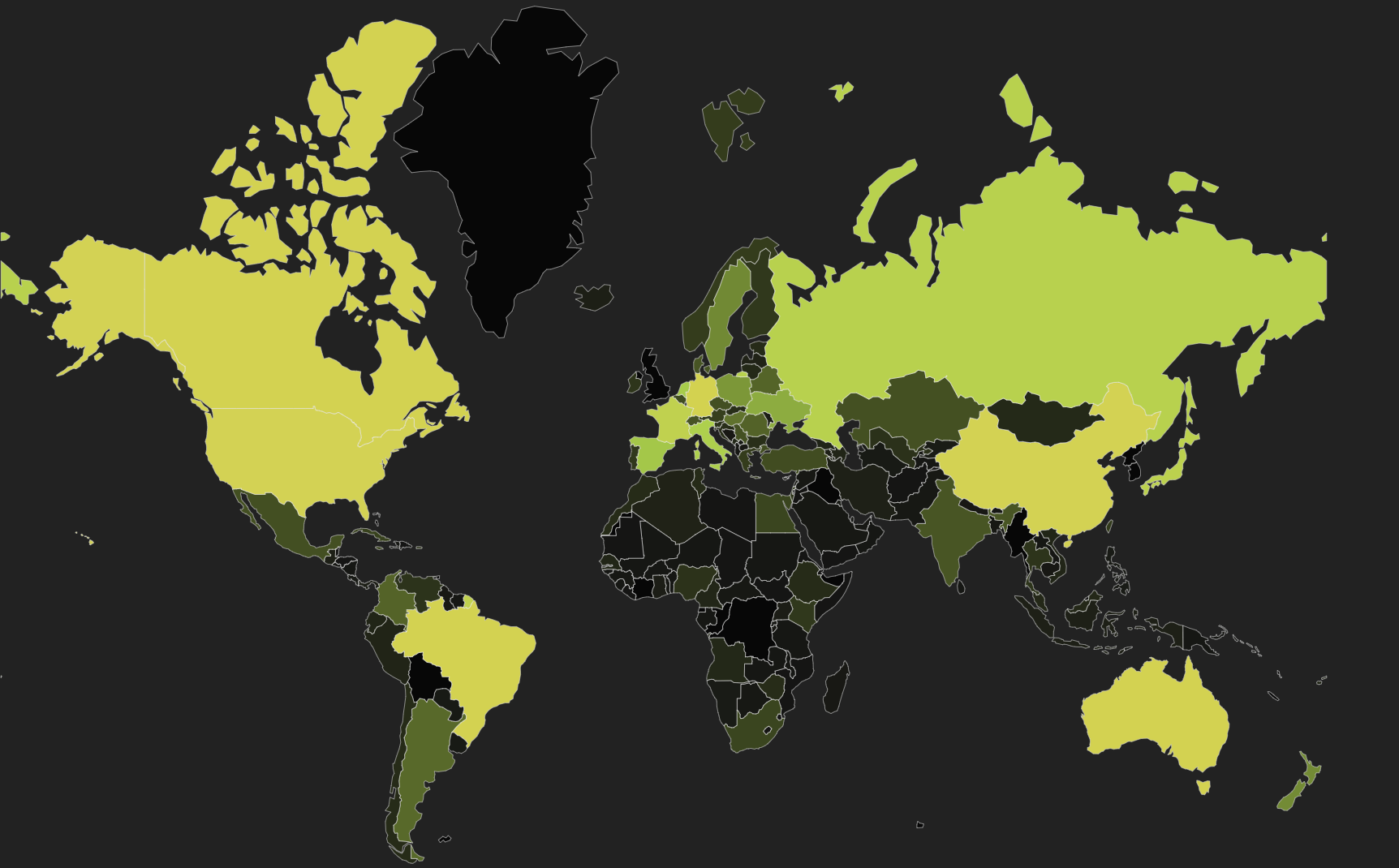
Women participate from 6 1 2 3 10 14 22 25 21 29 34 40 37 46 53 53 65 63 56 94 115 133 166 189 190 192 198 198 different countries

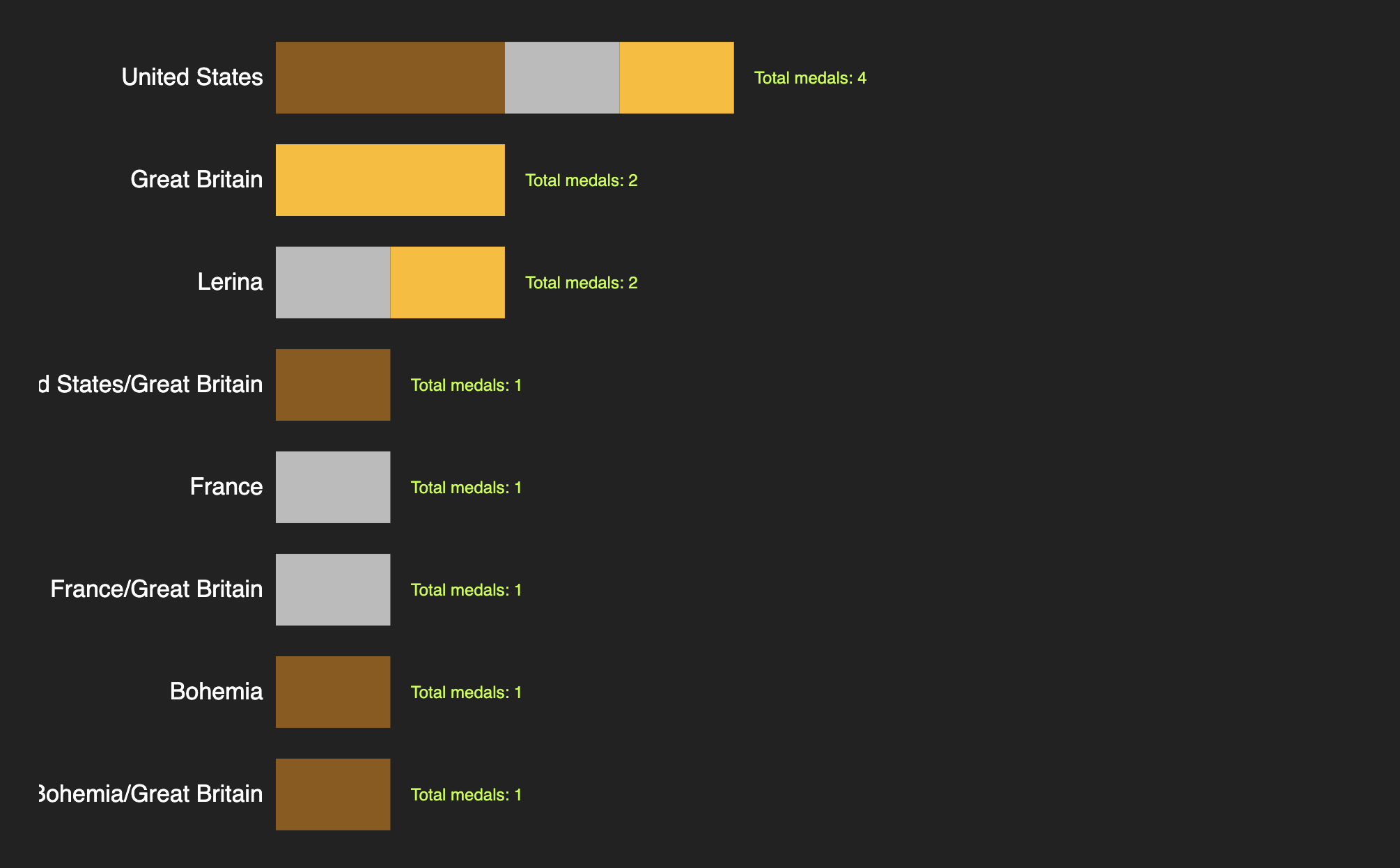
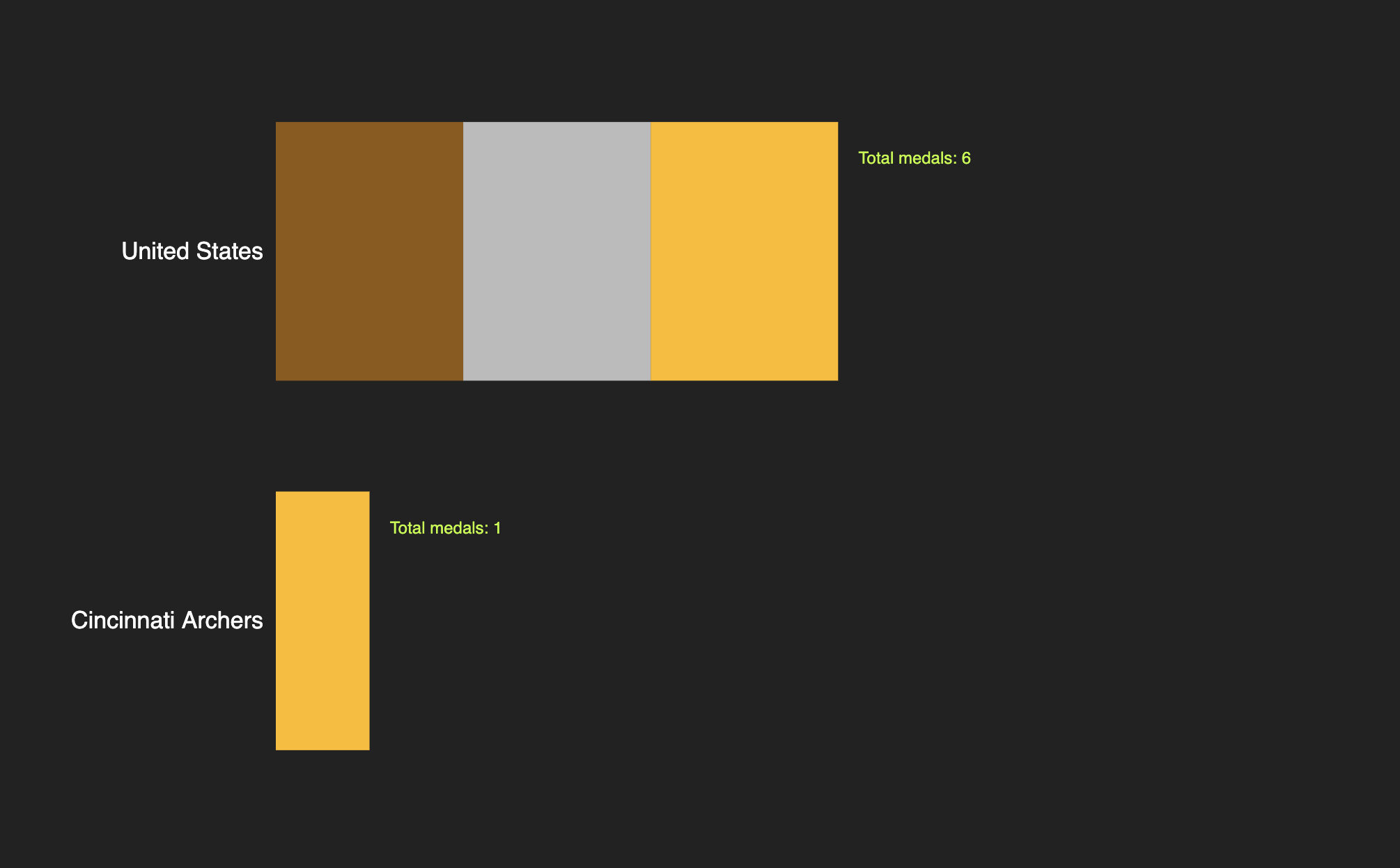
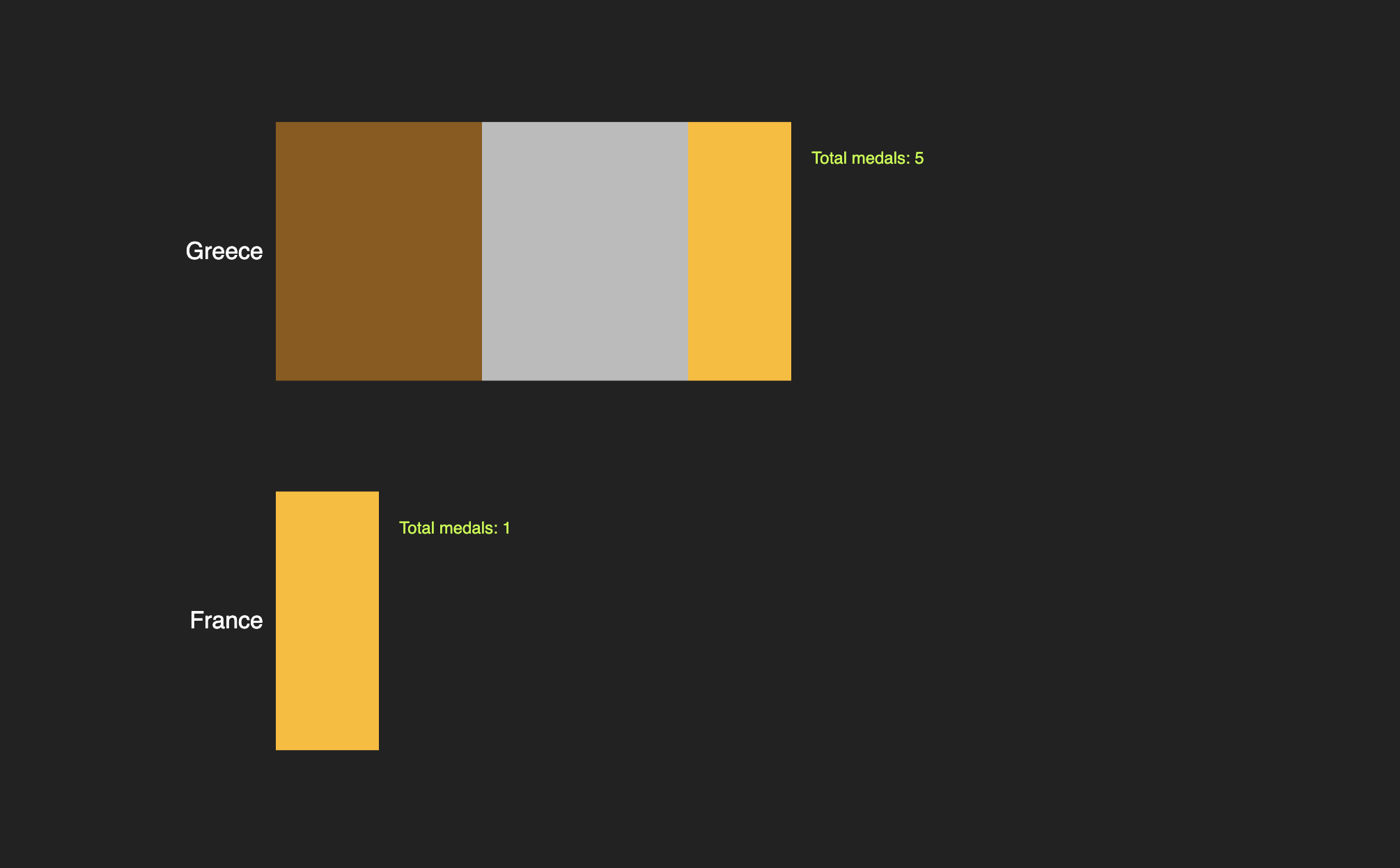
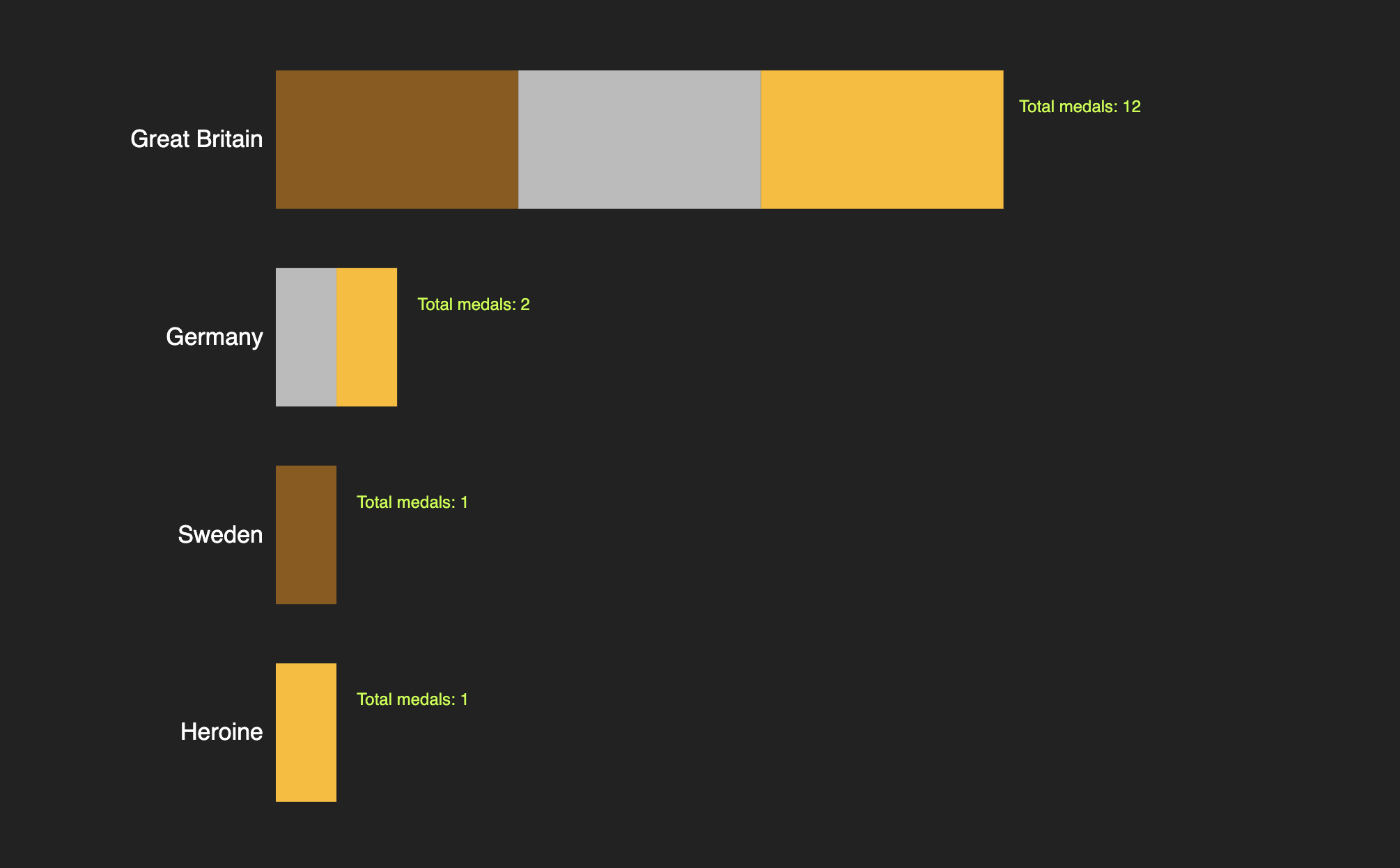
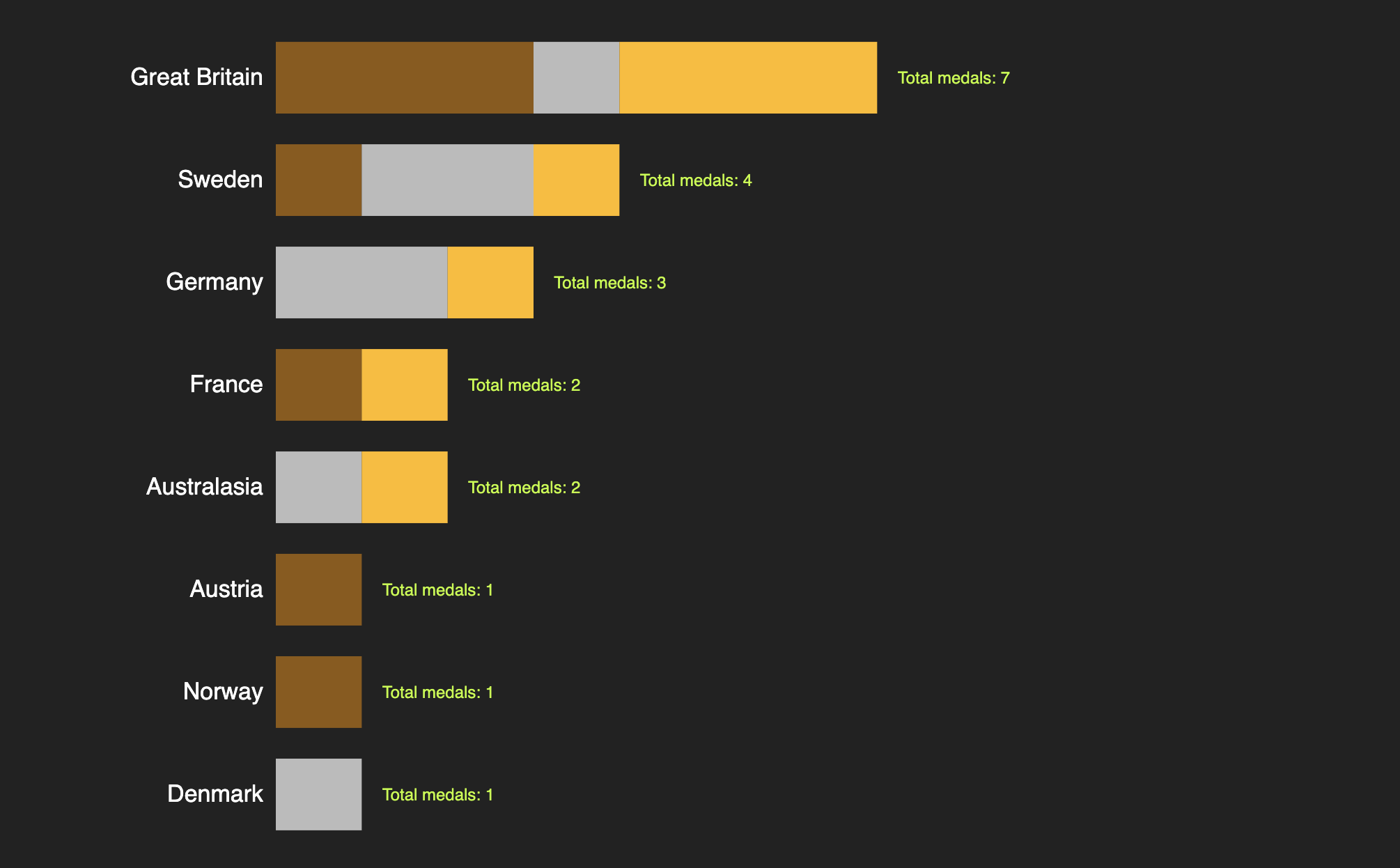
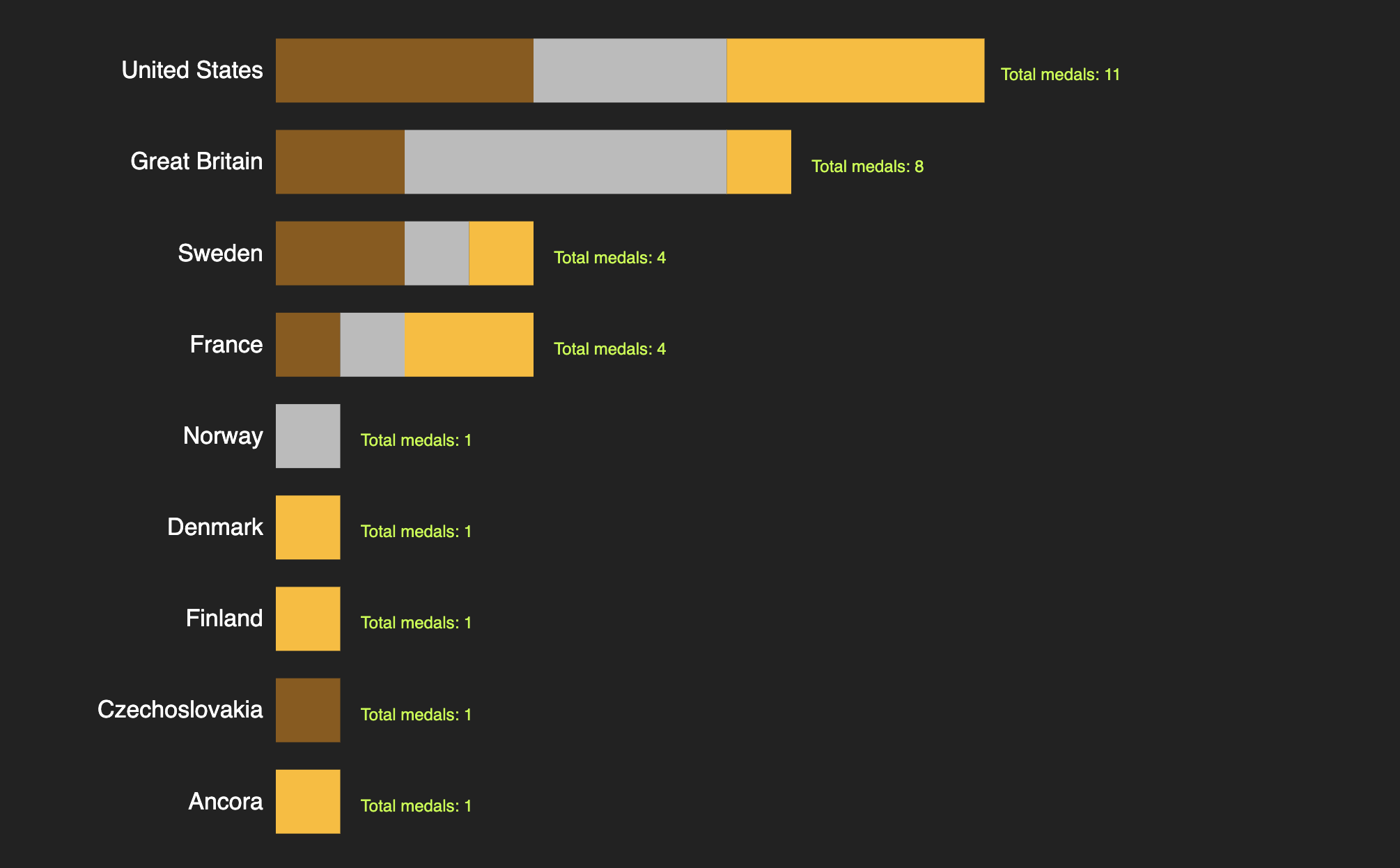
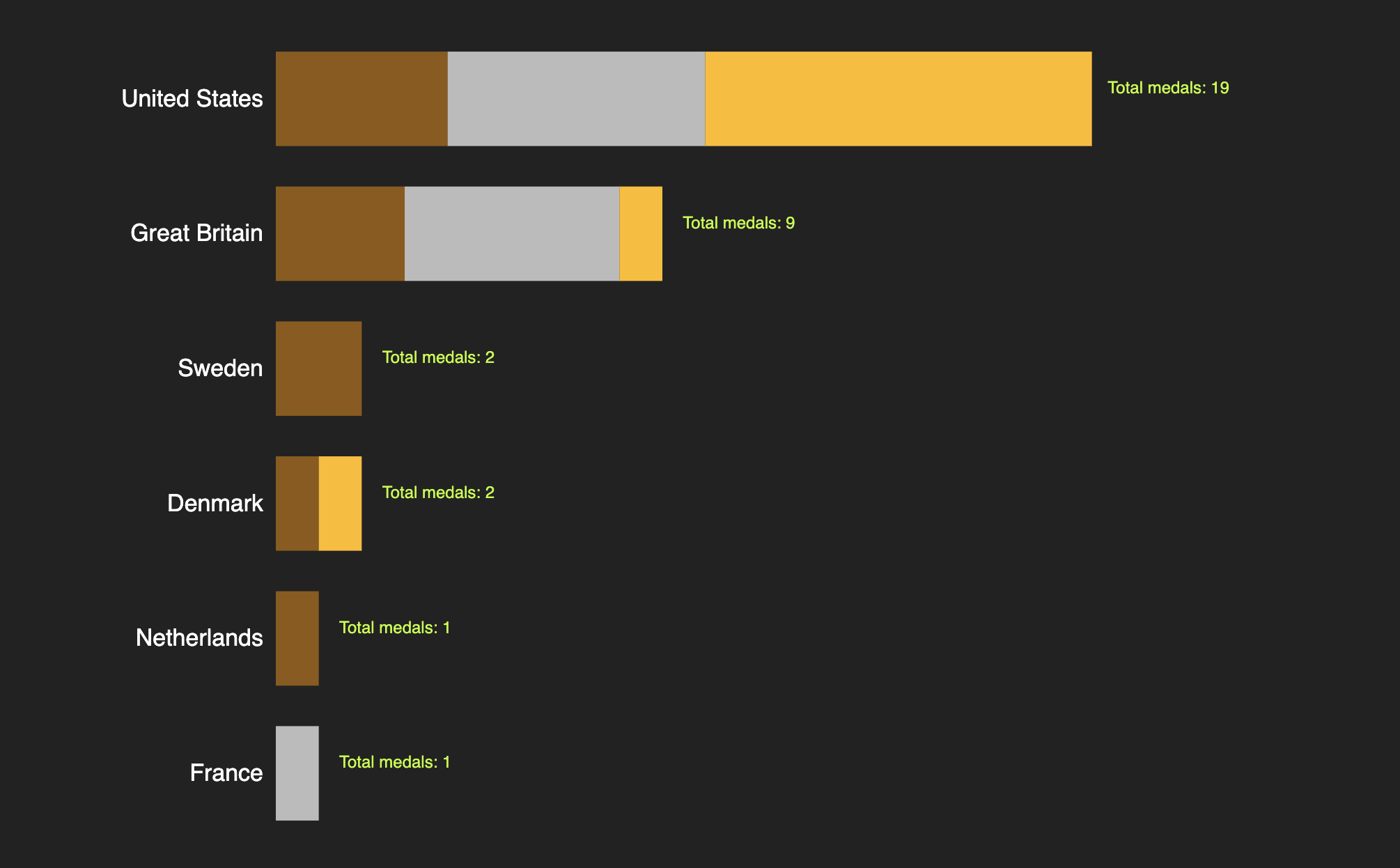
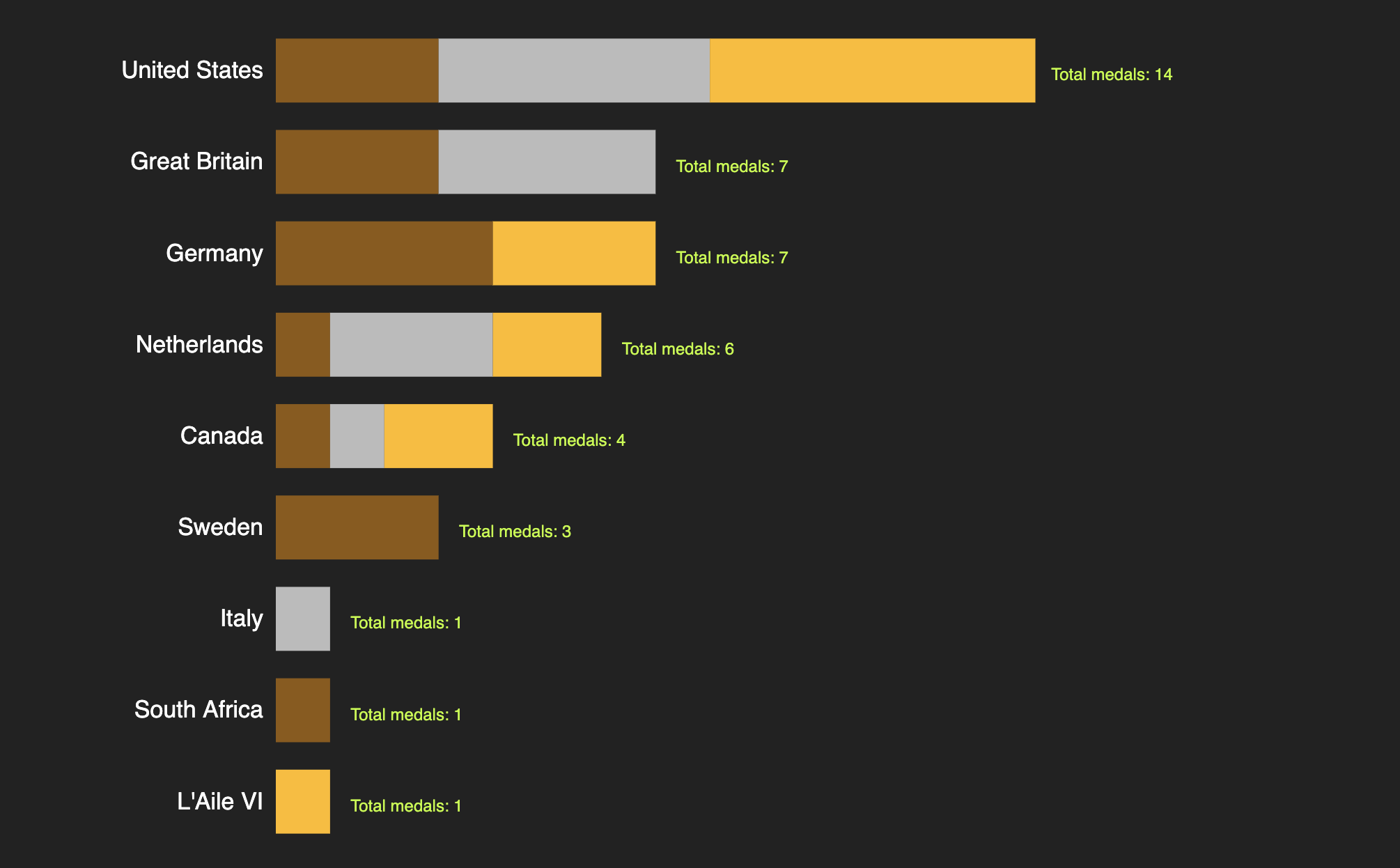
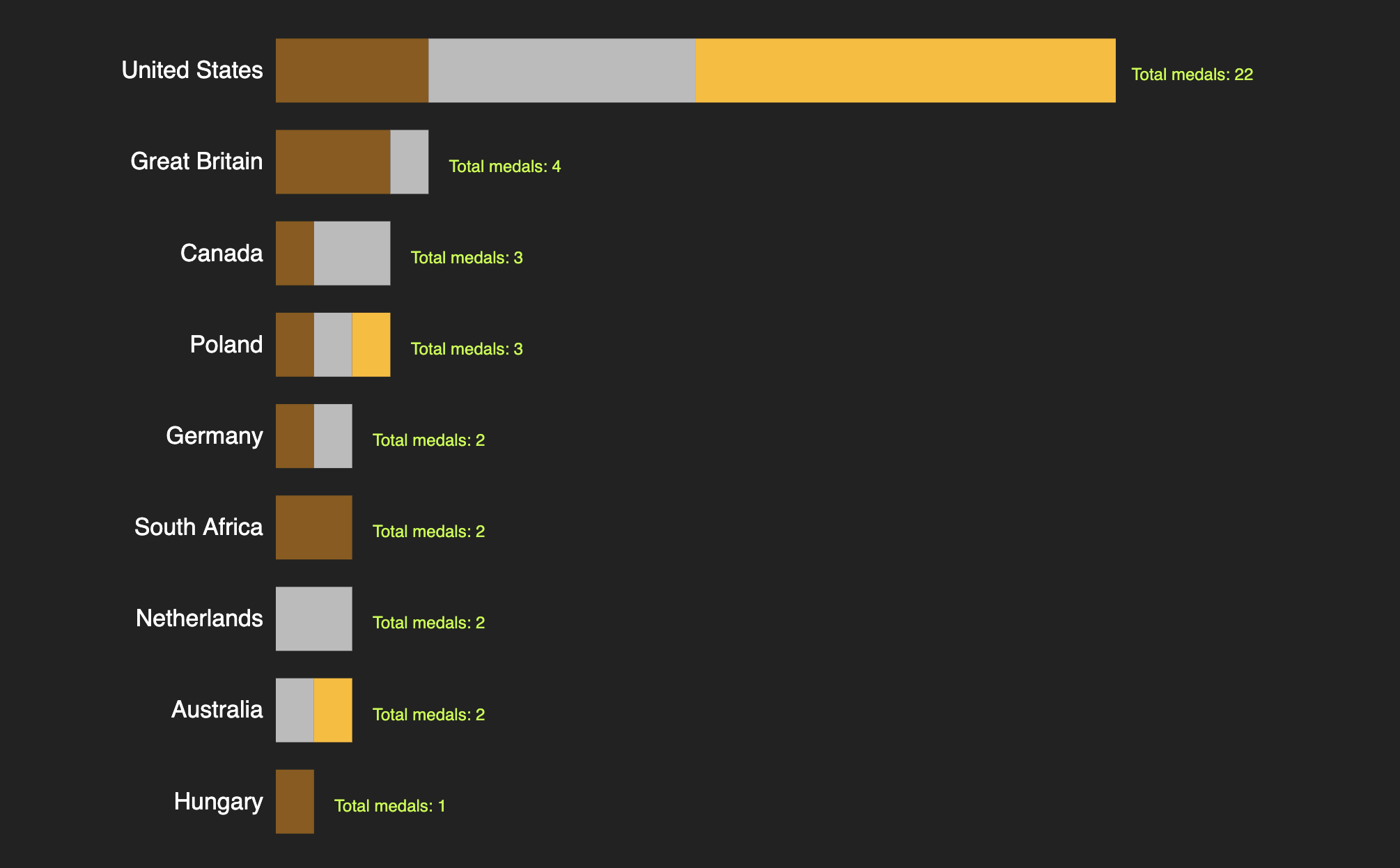
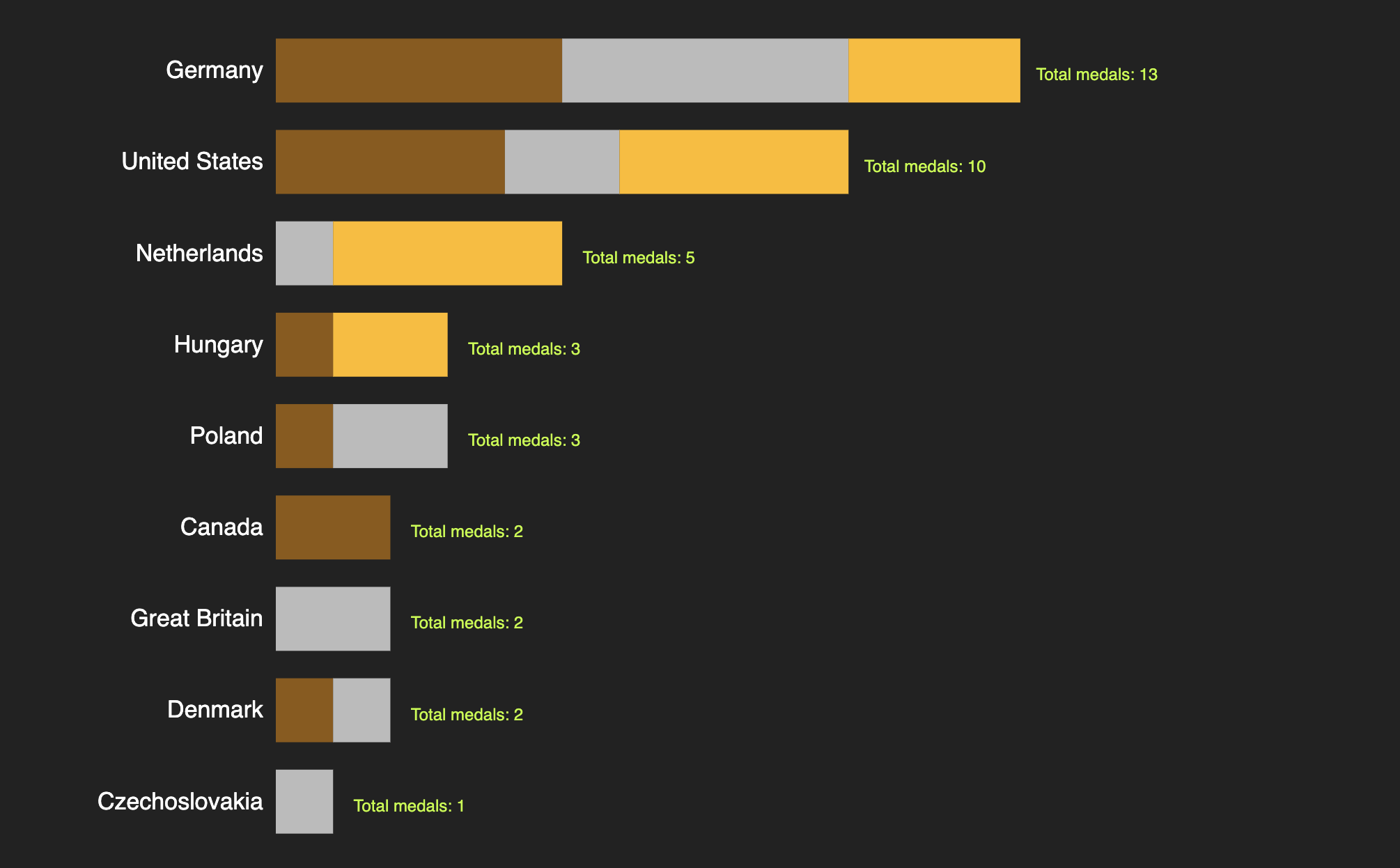
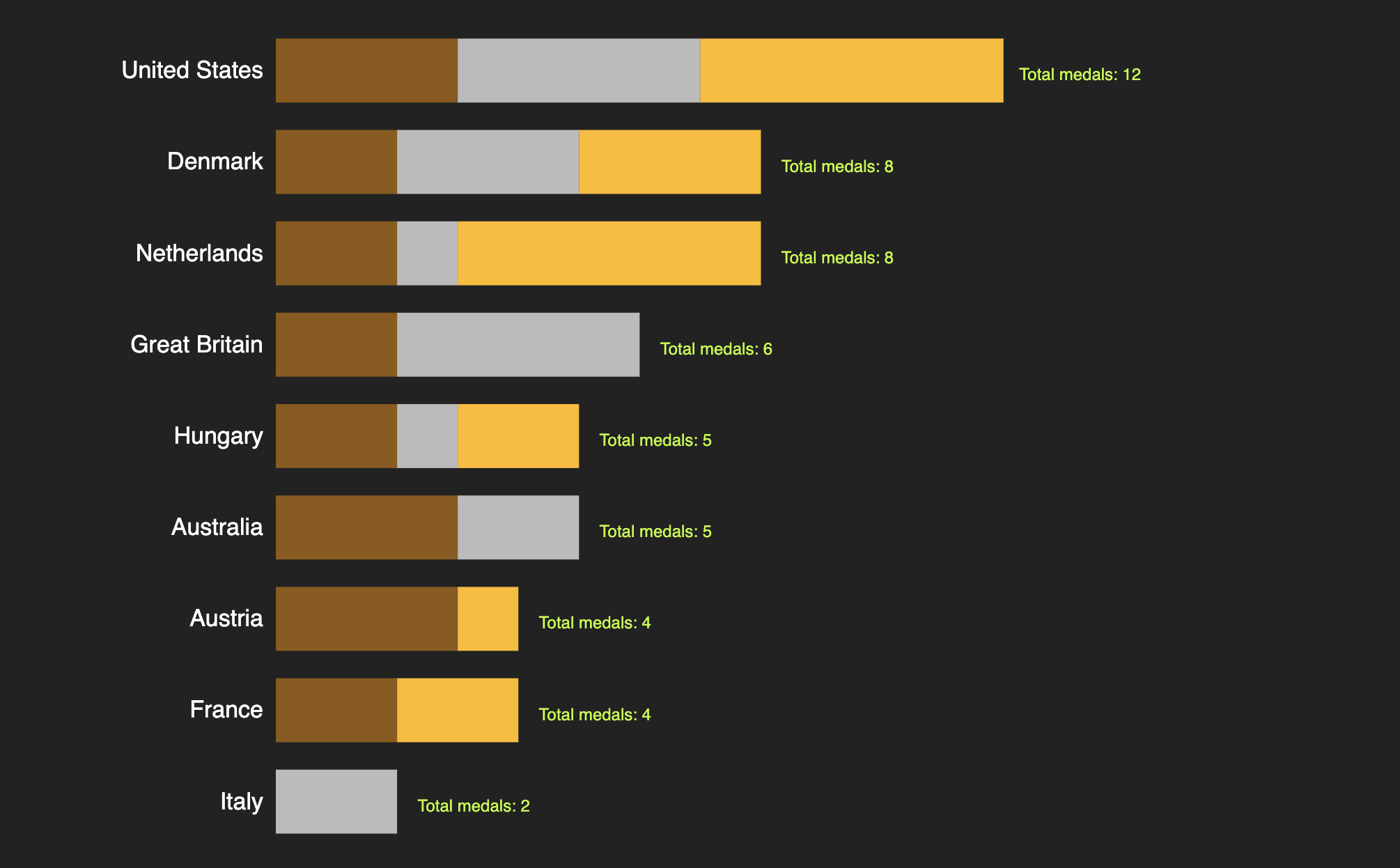
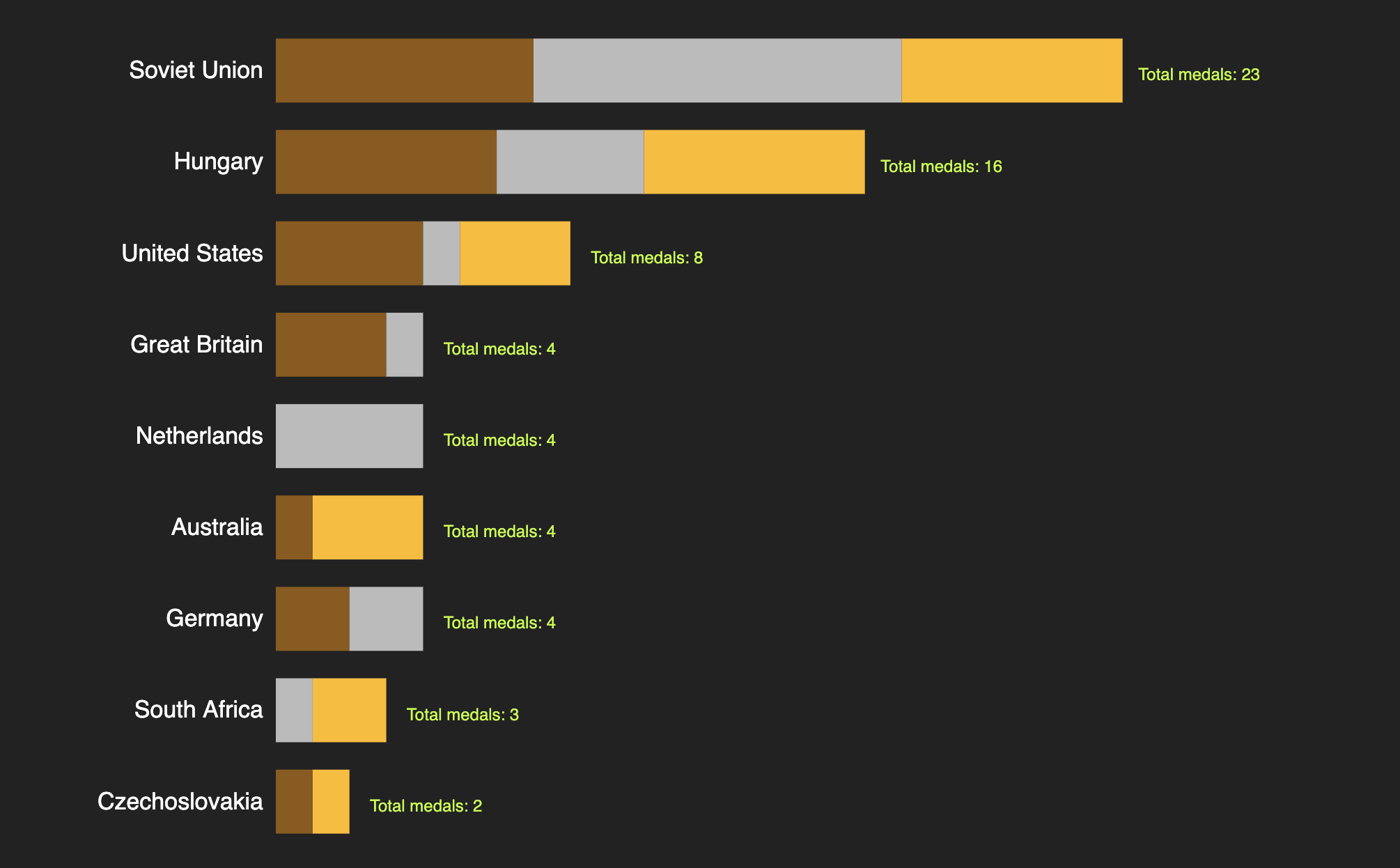
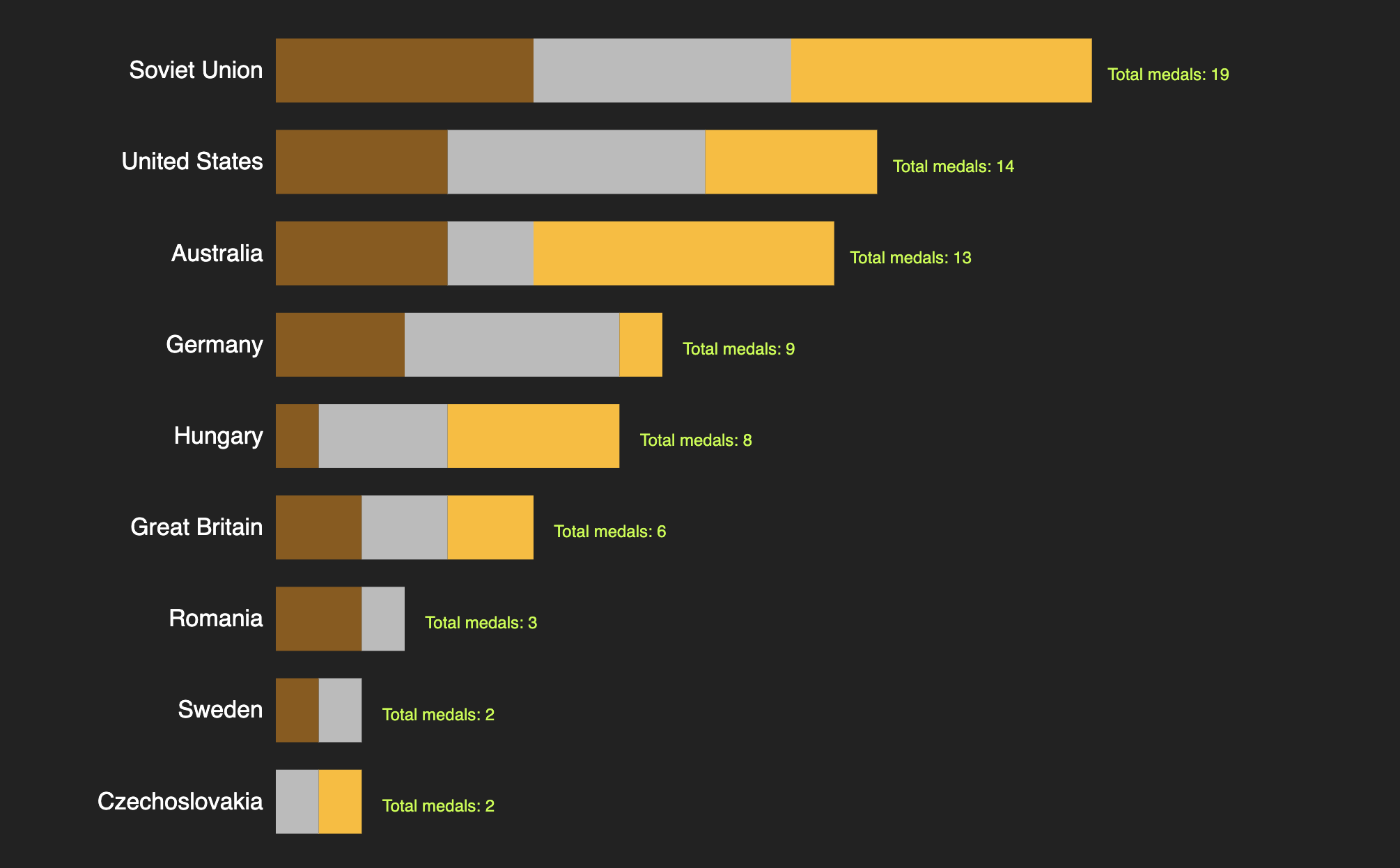
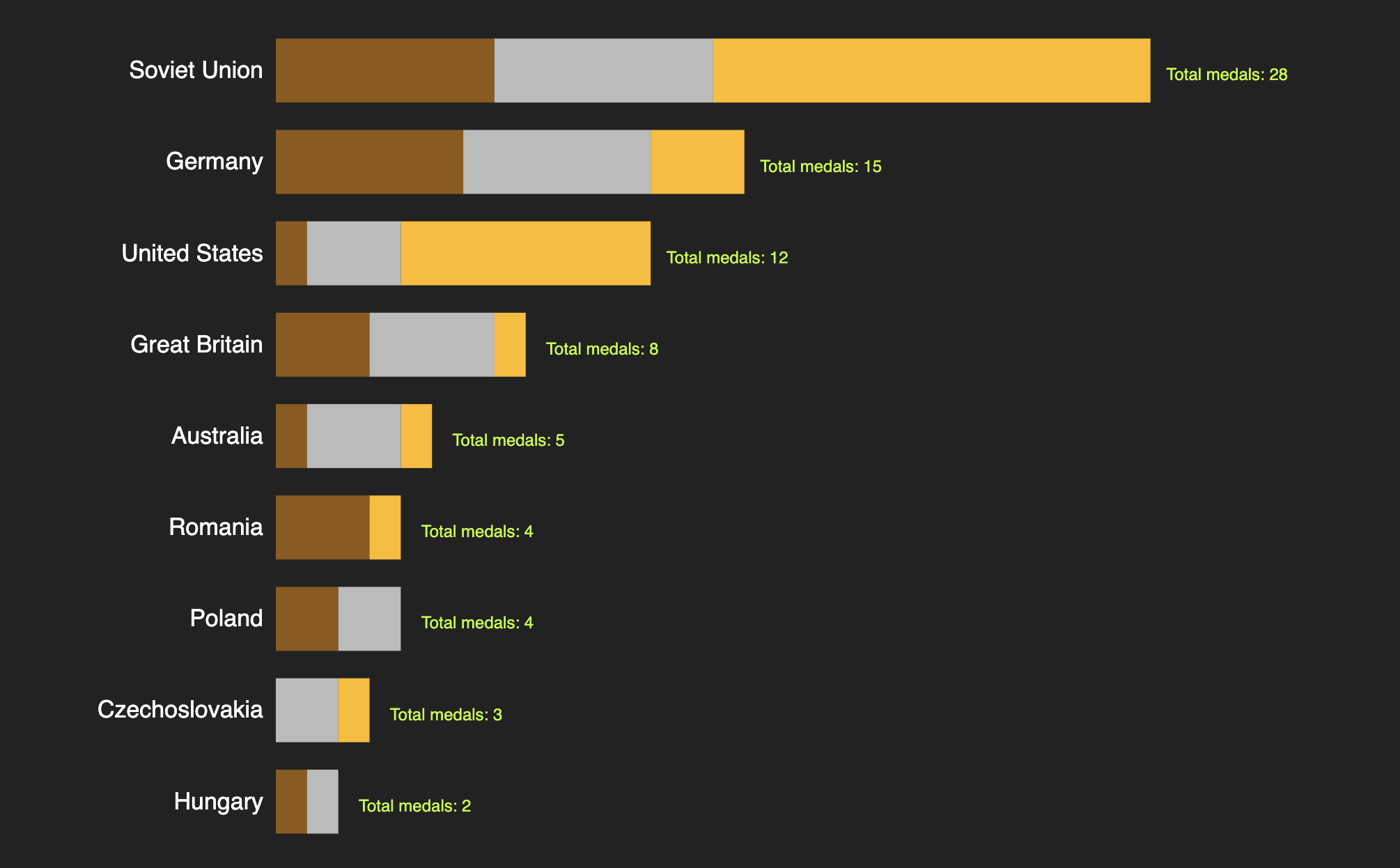
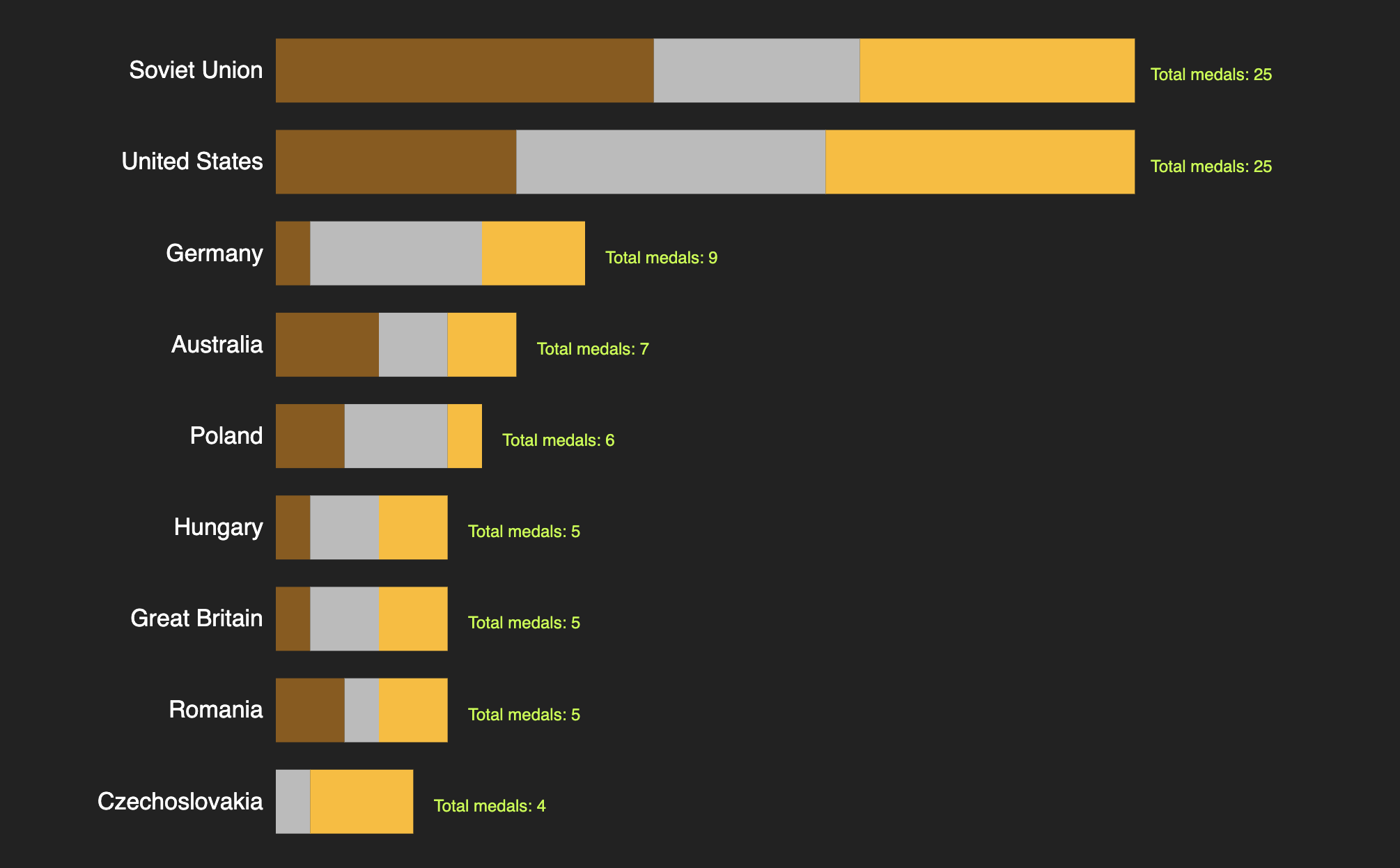
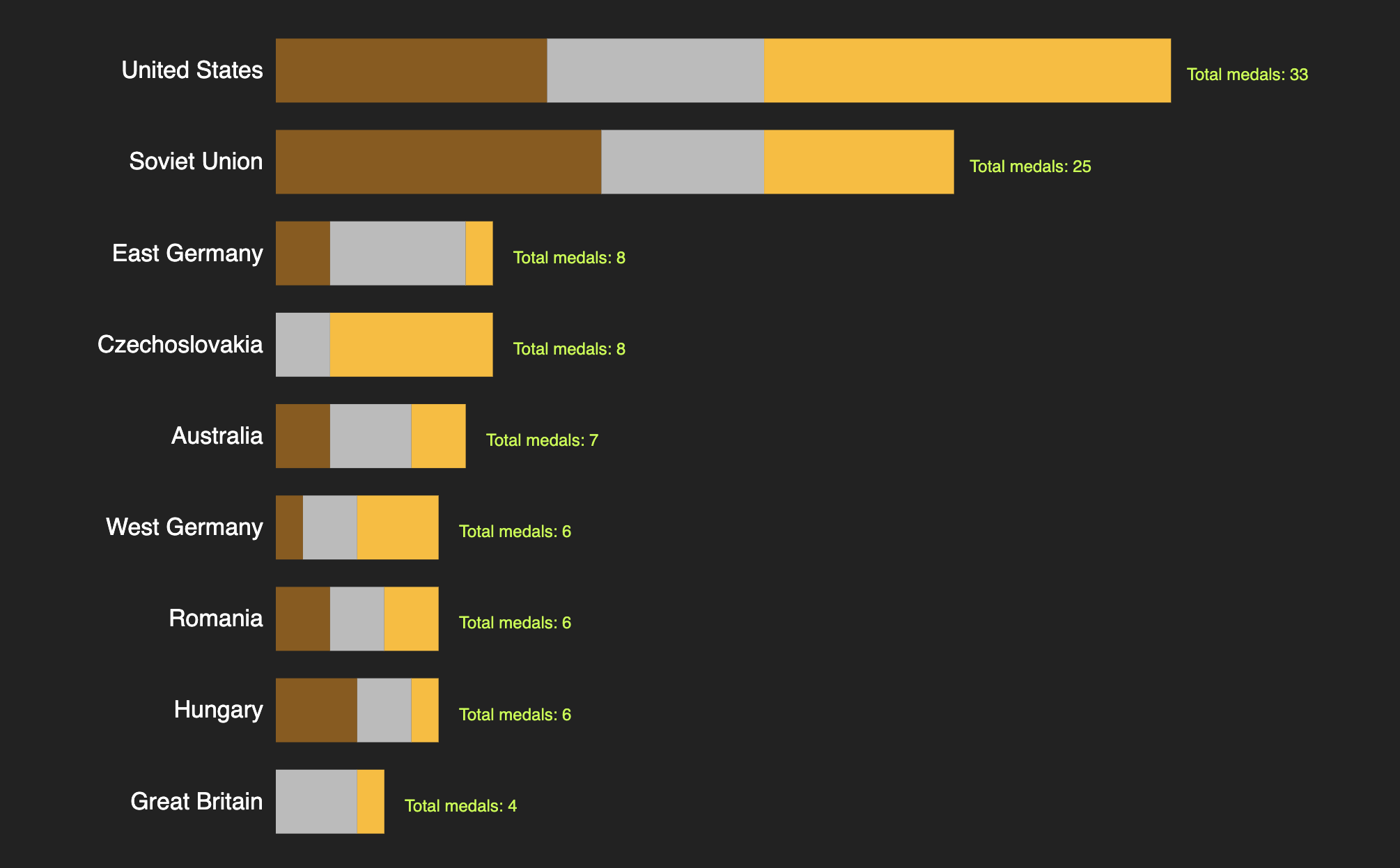
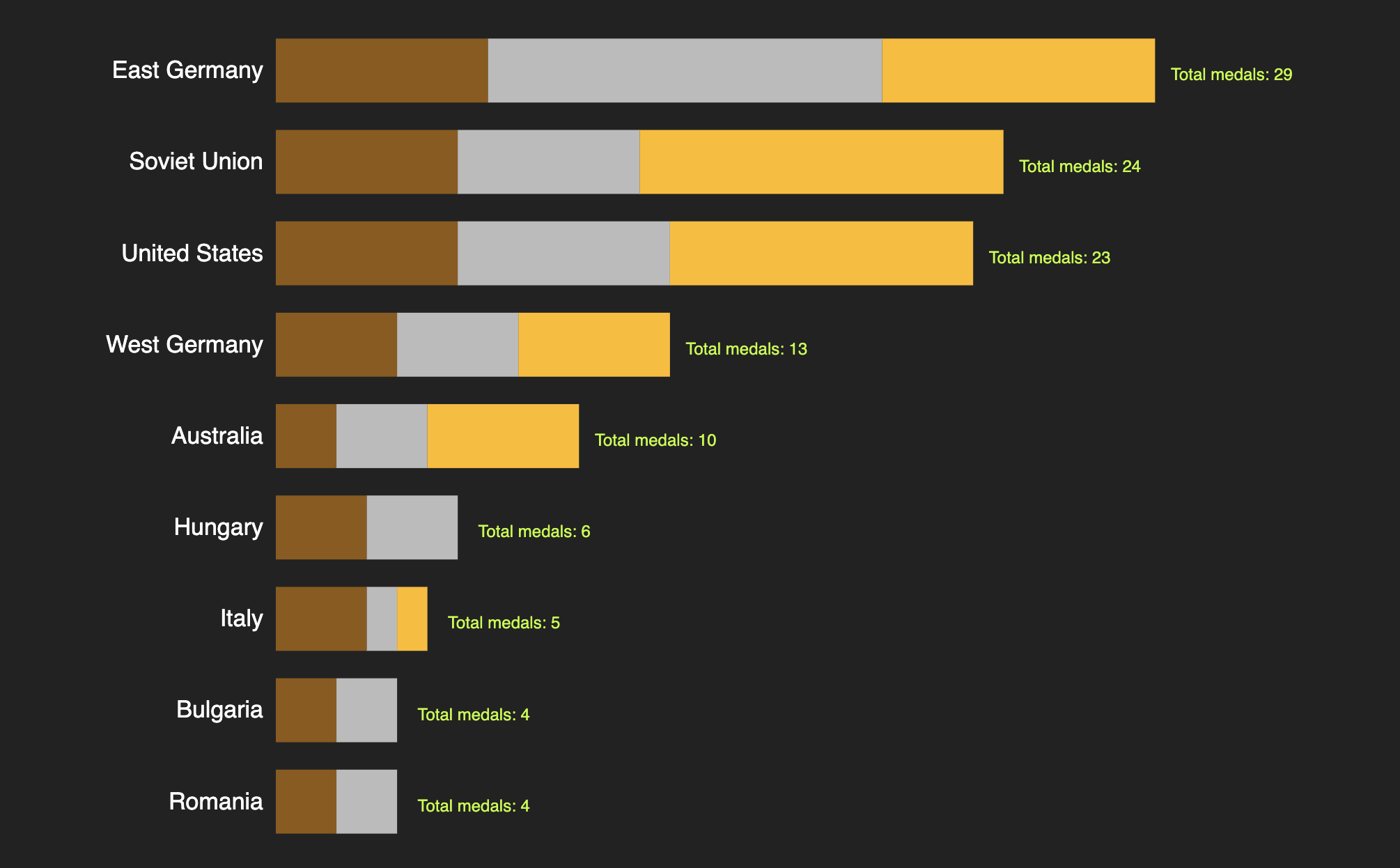
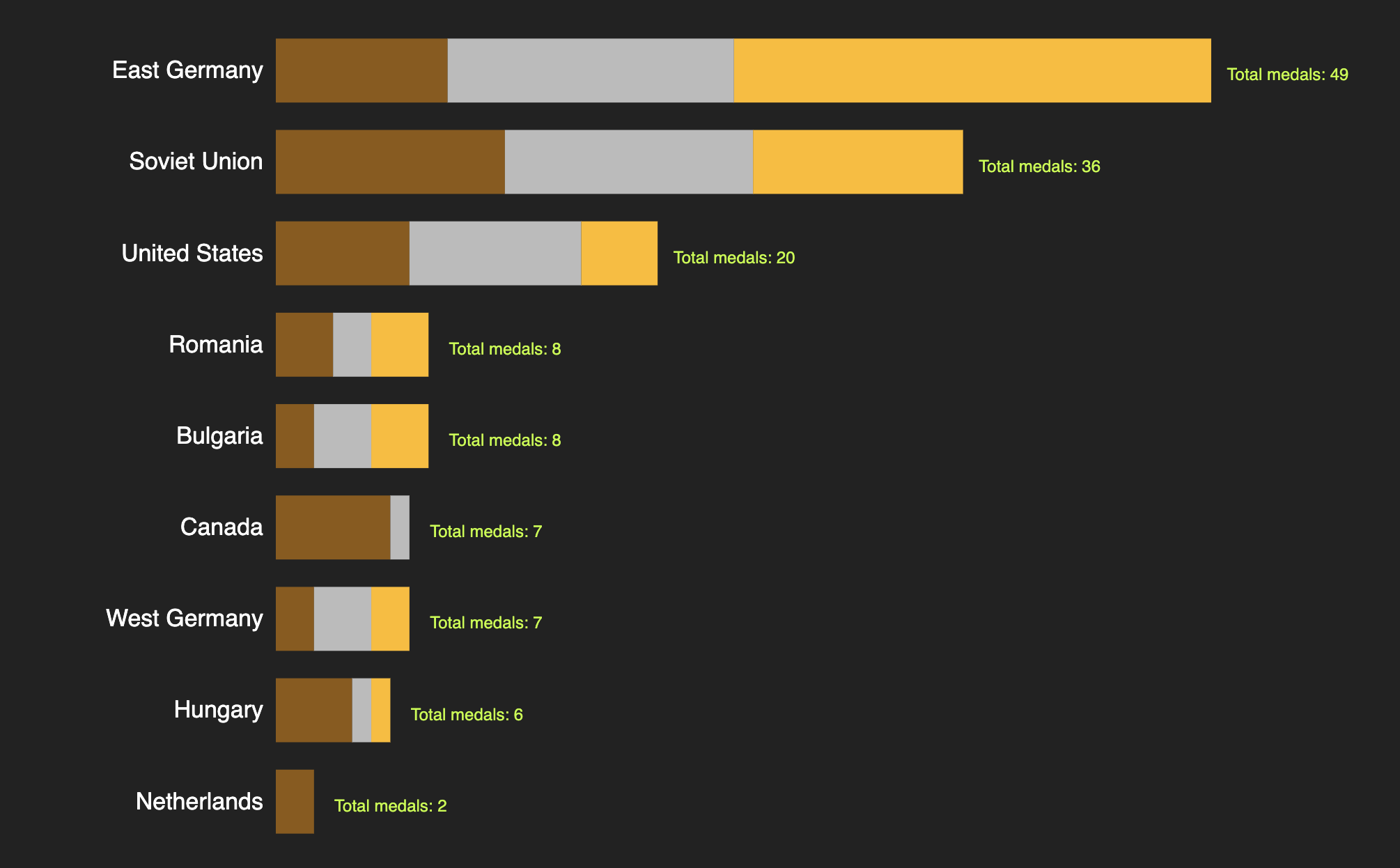
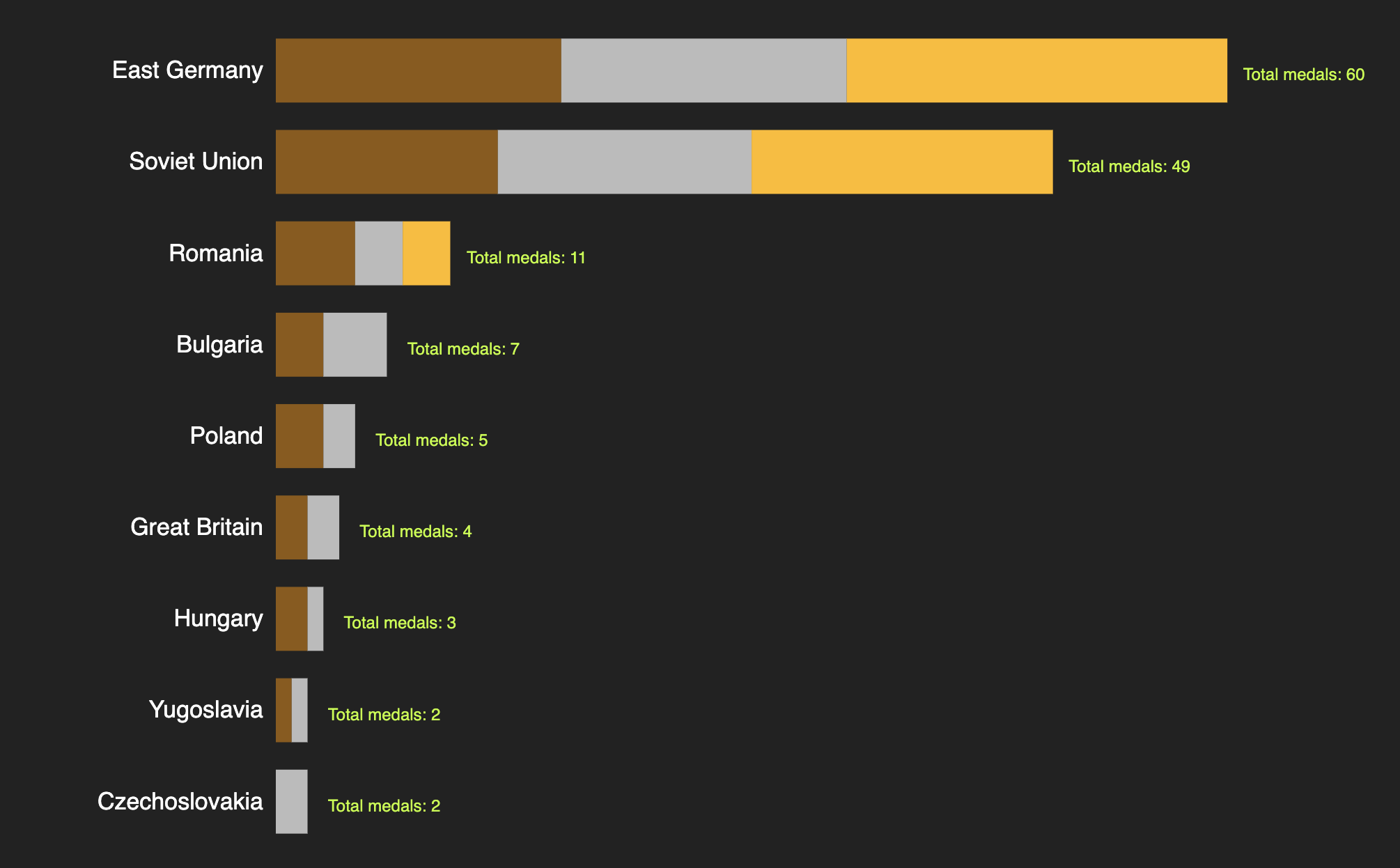
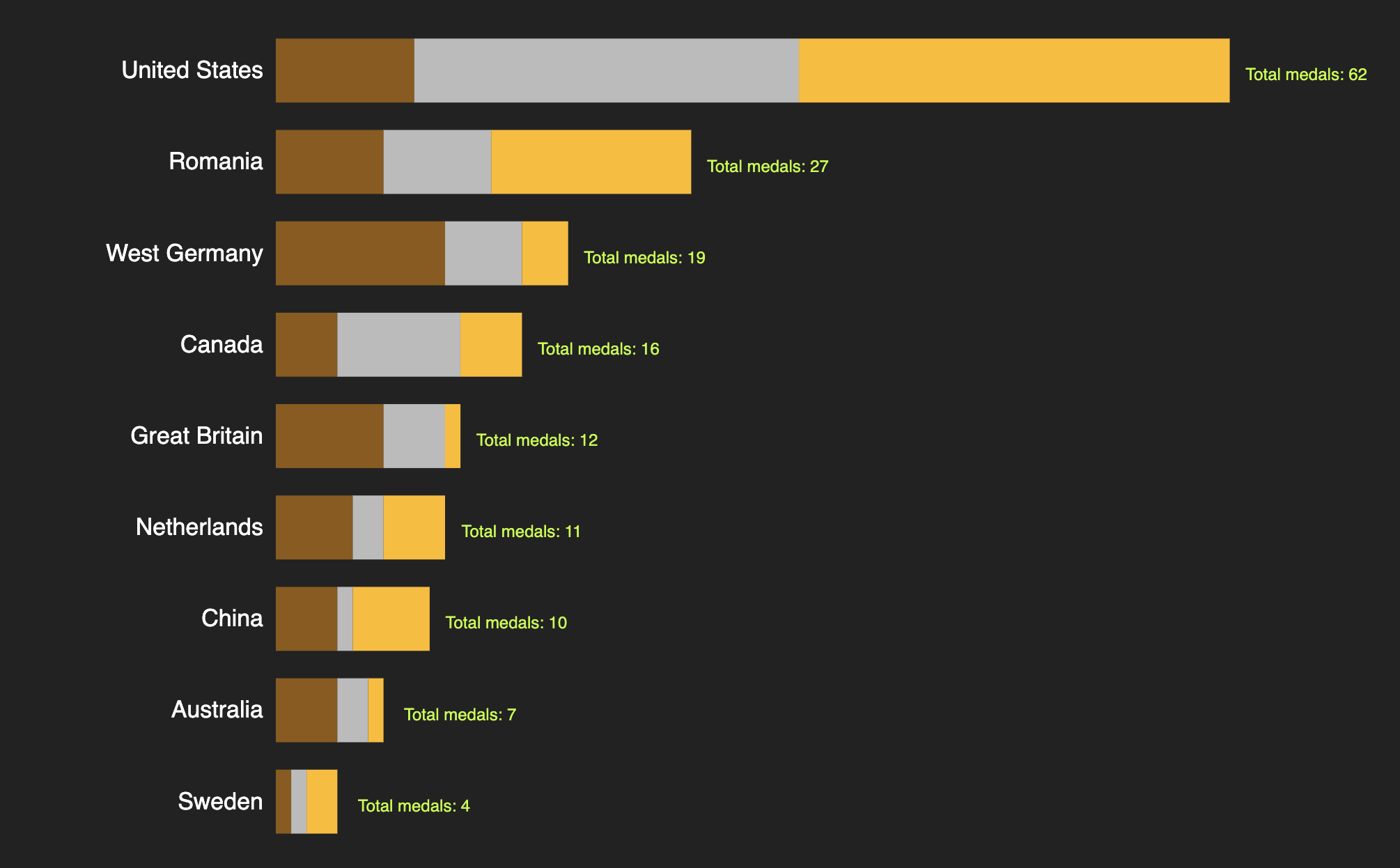
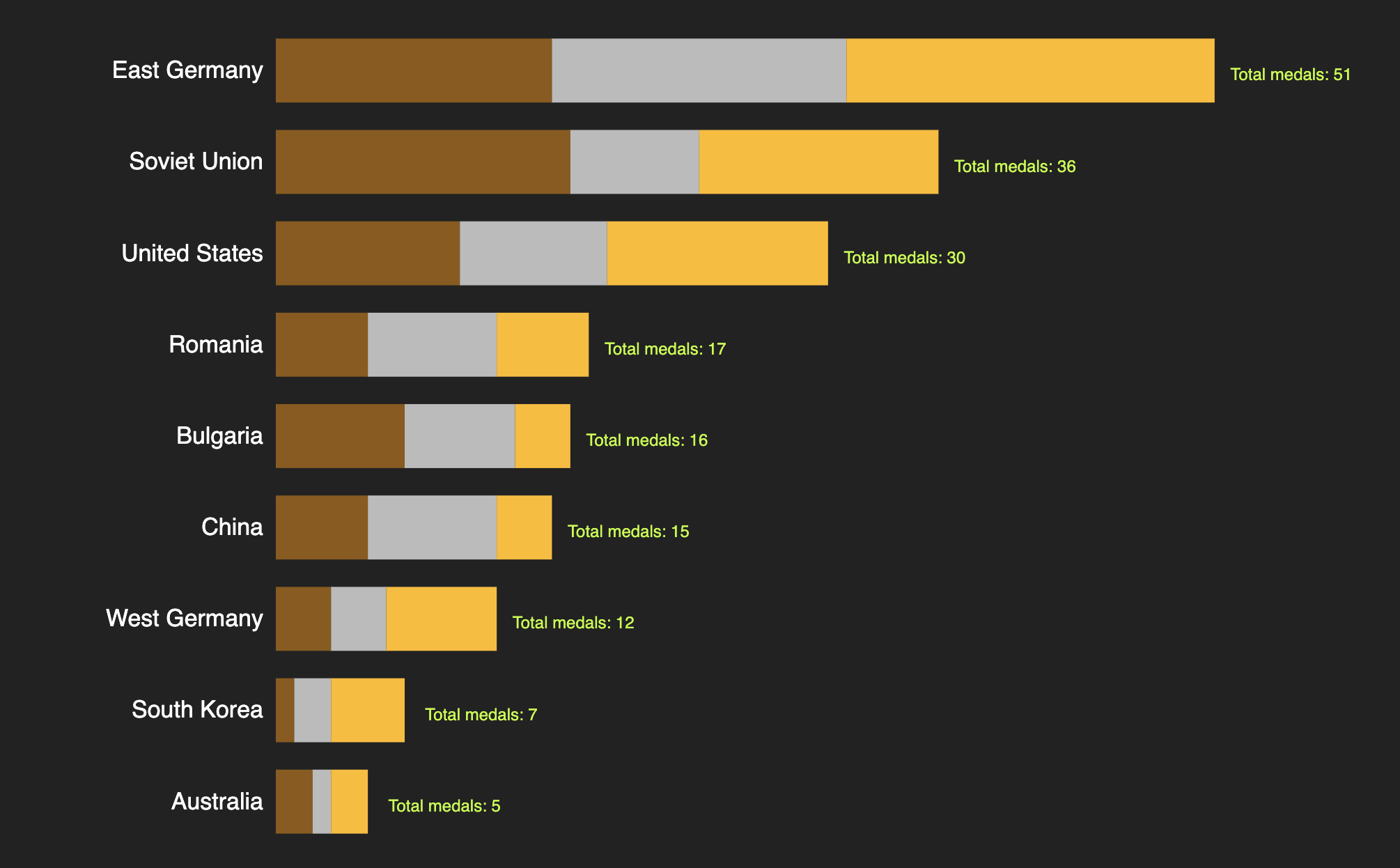
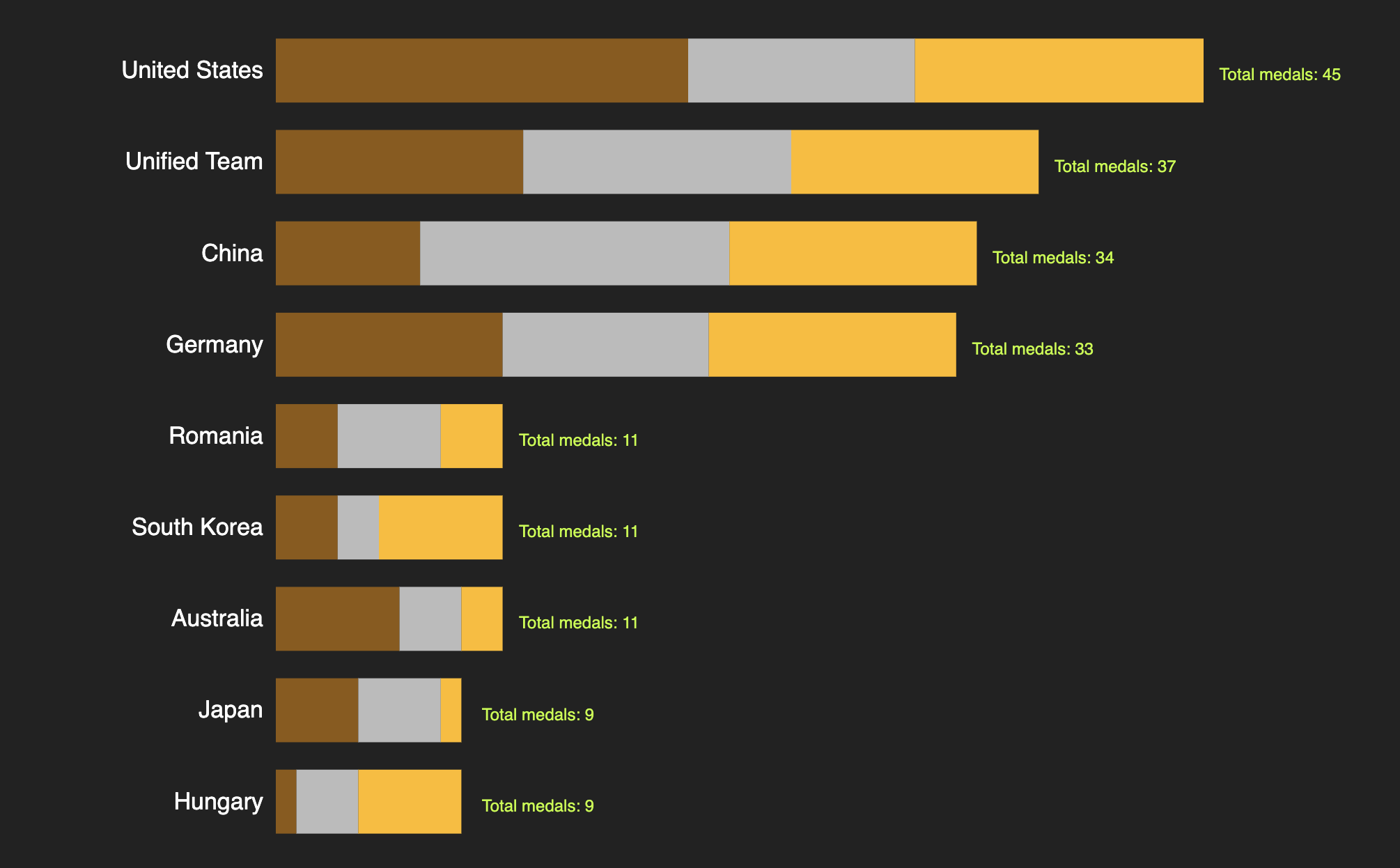
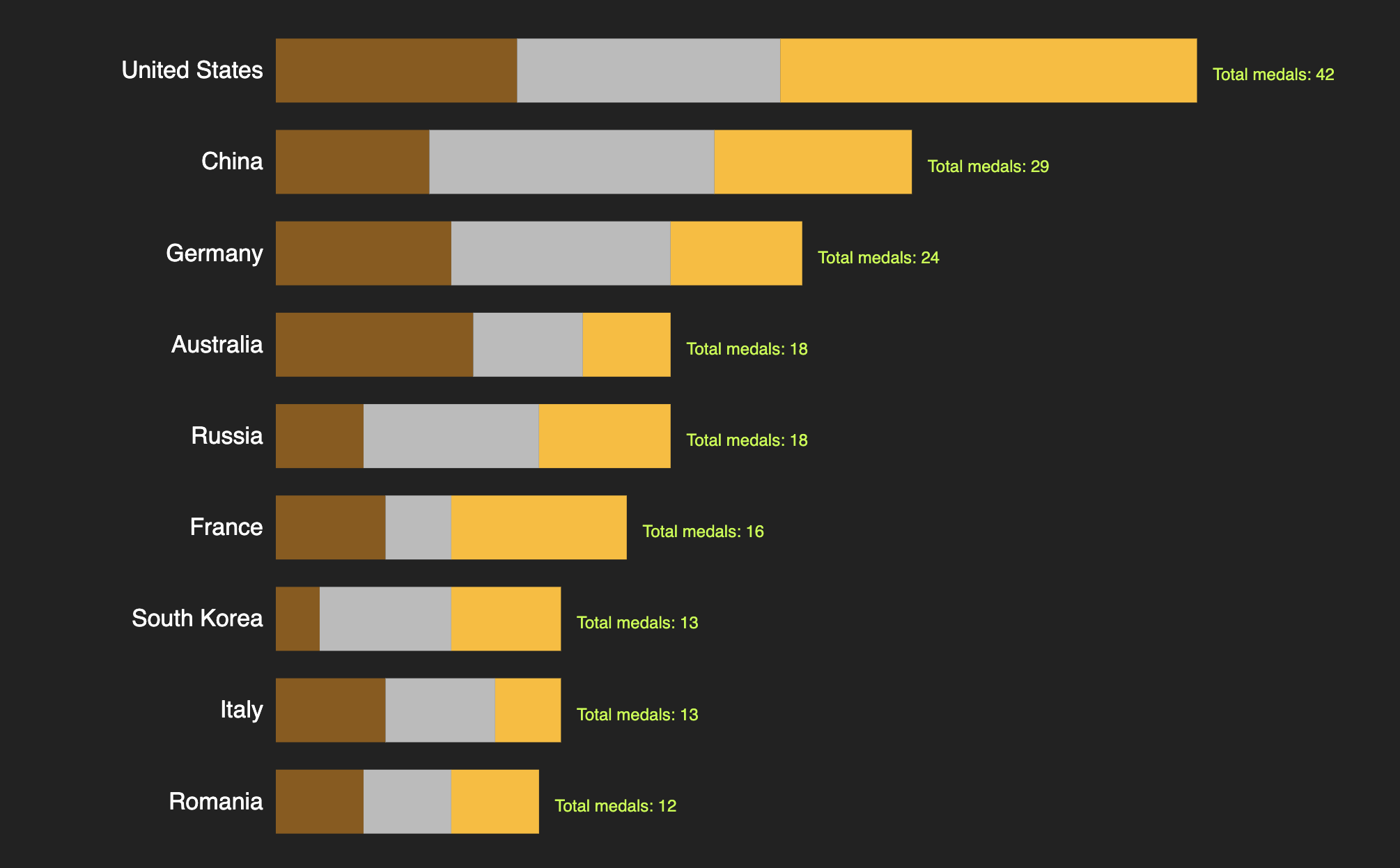
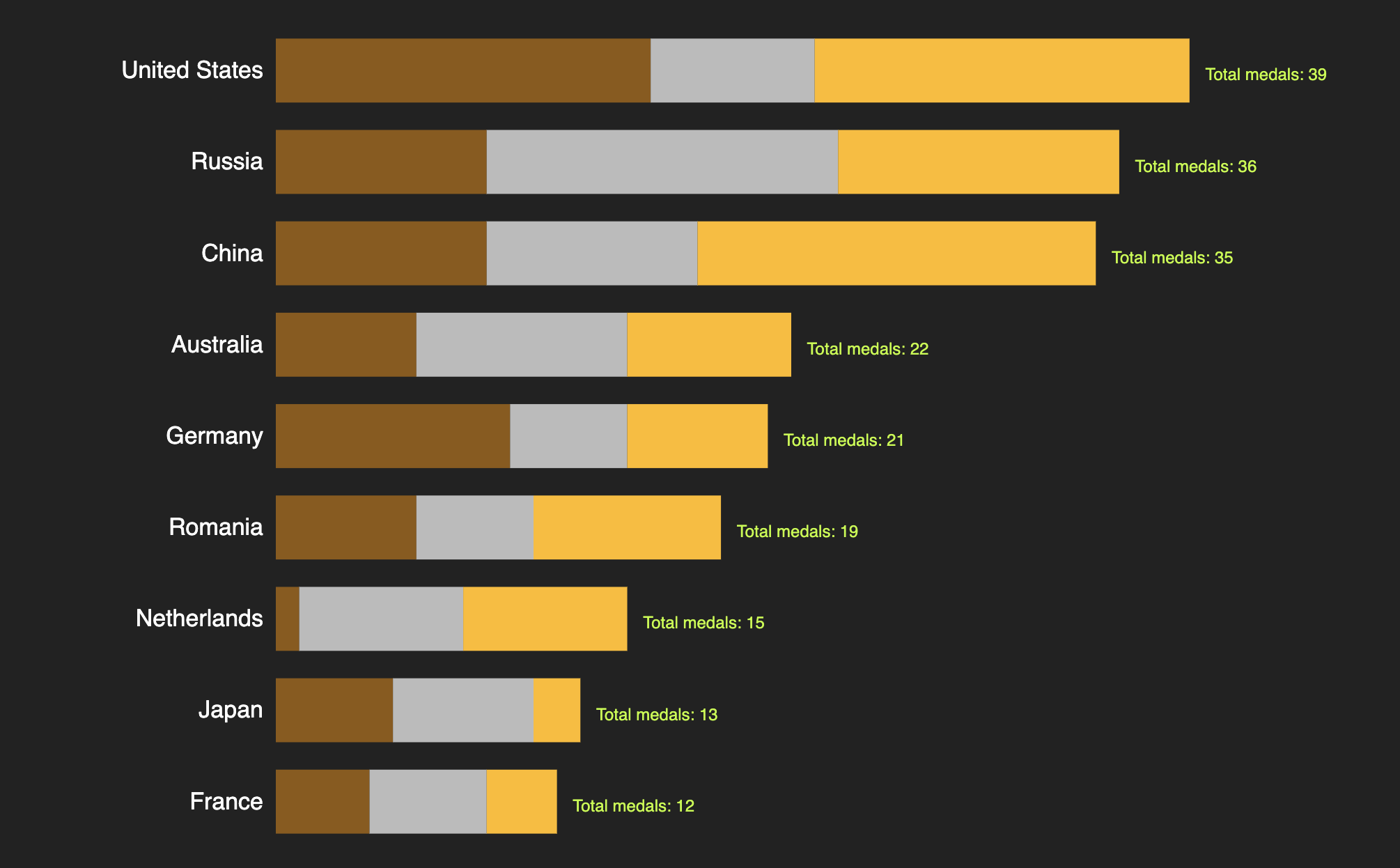
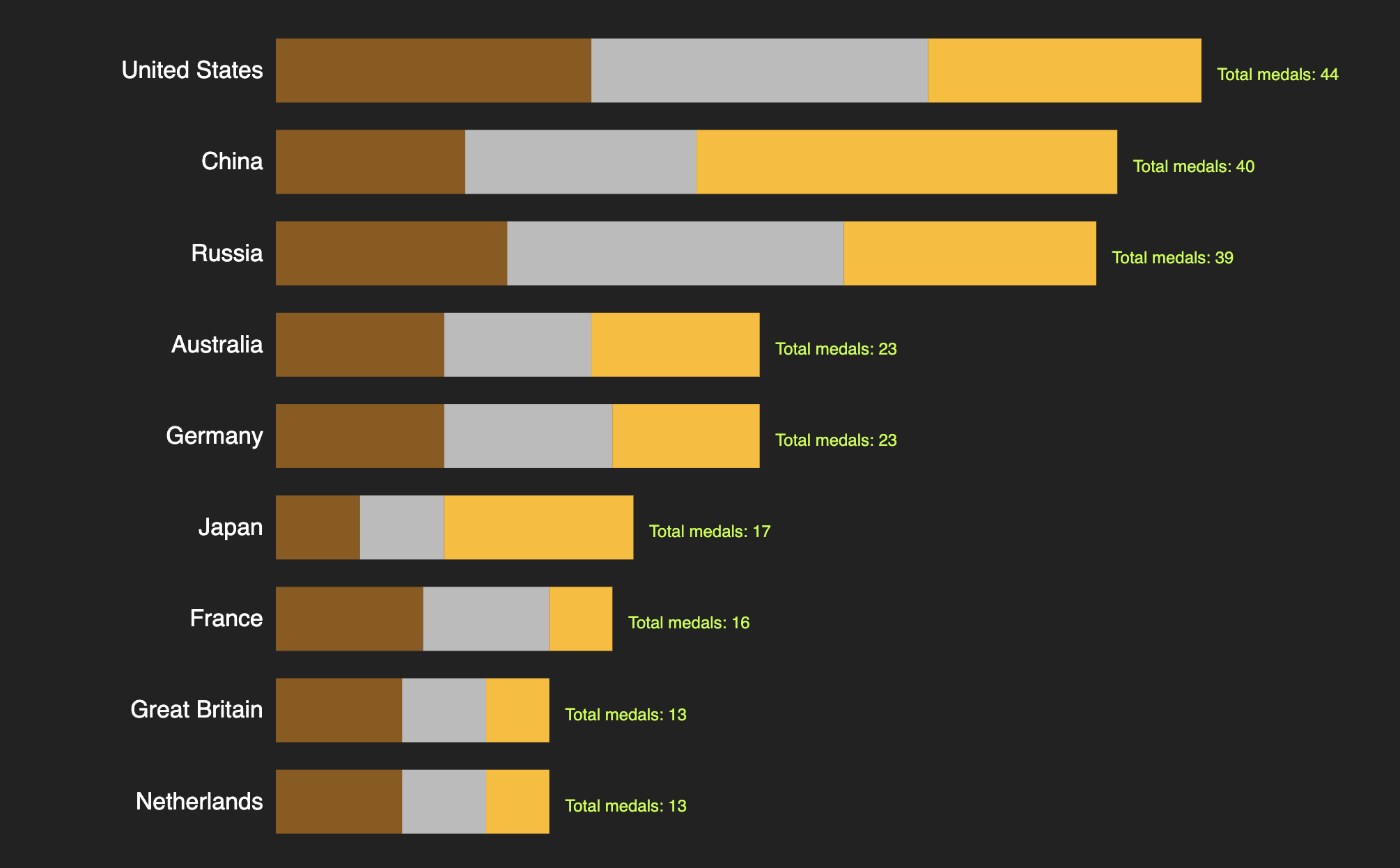
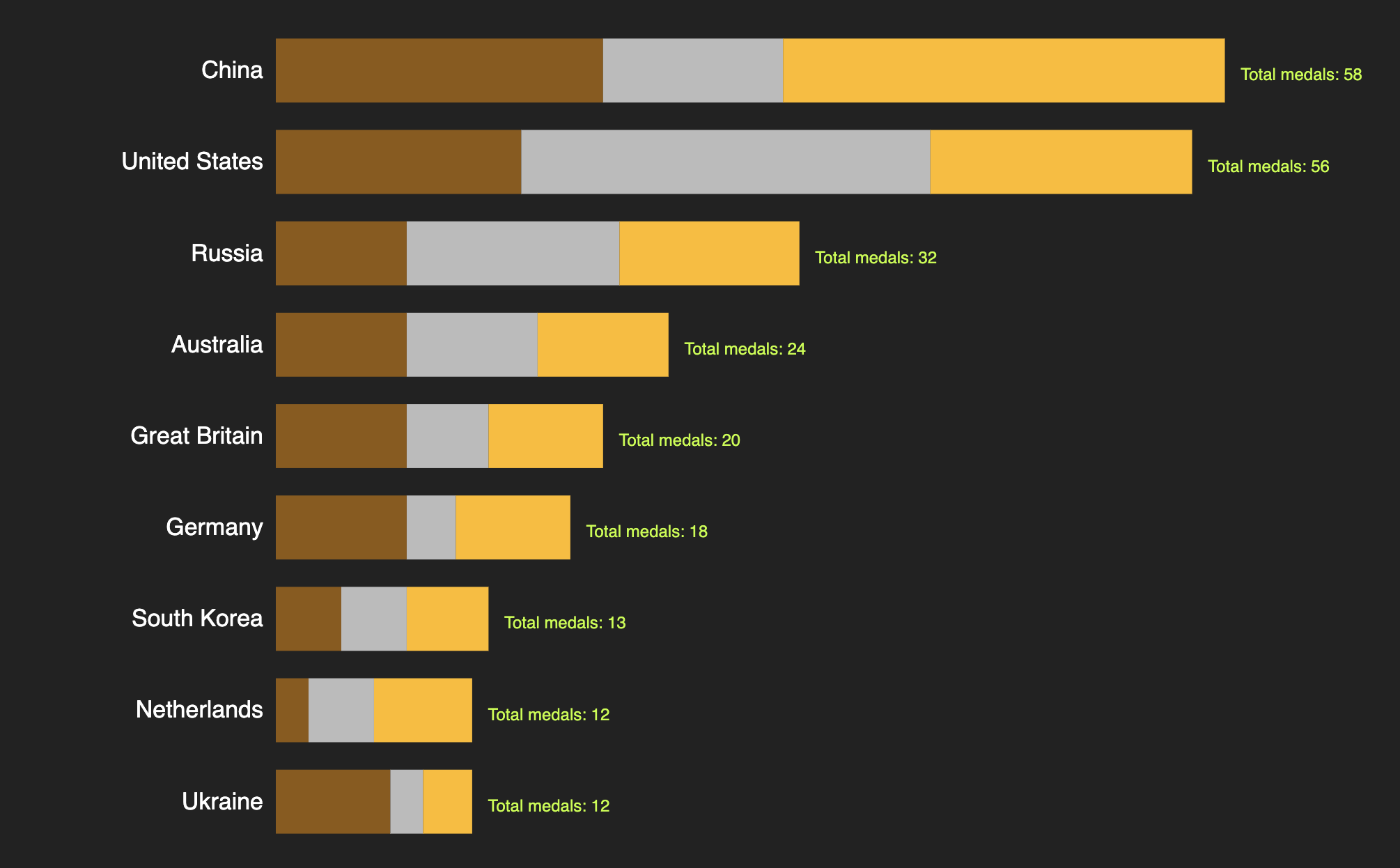
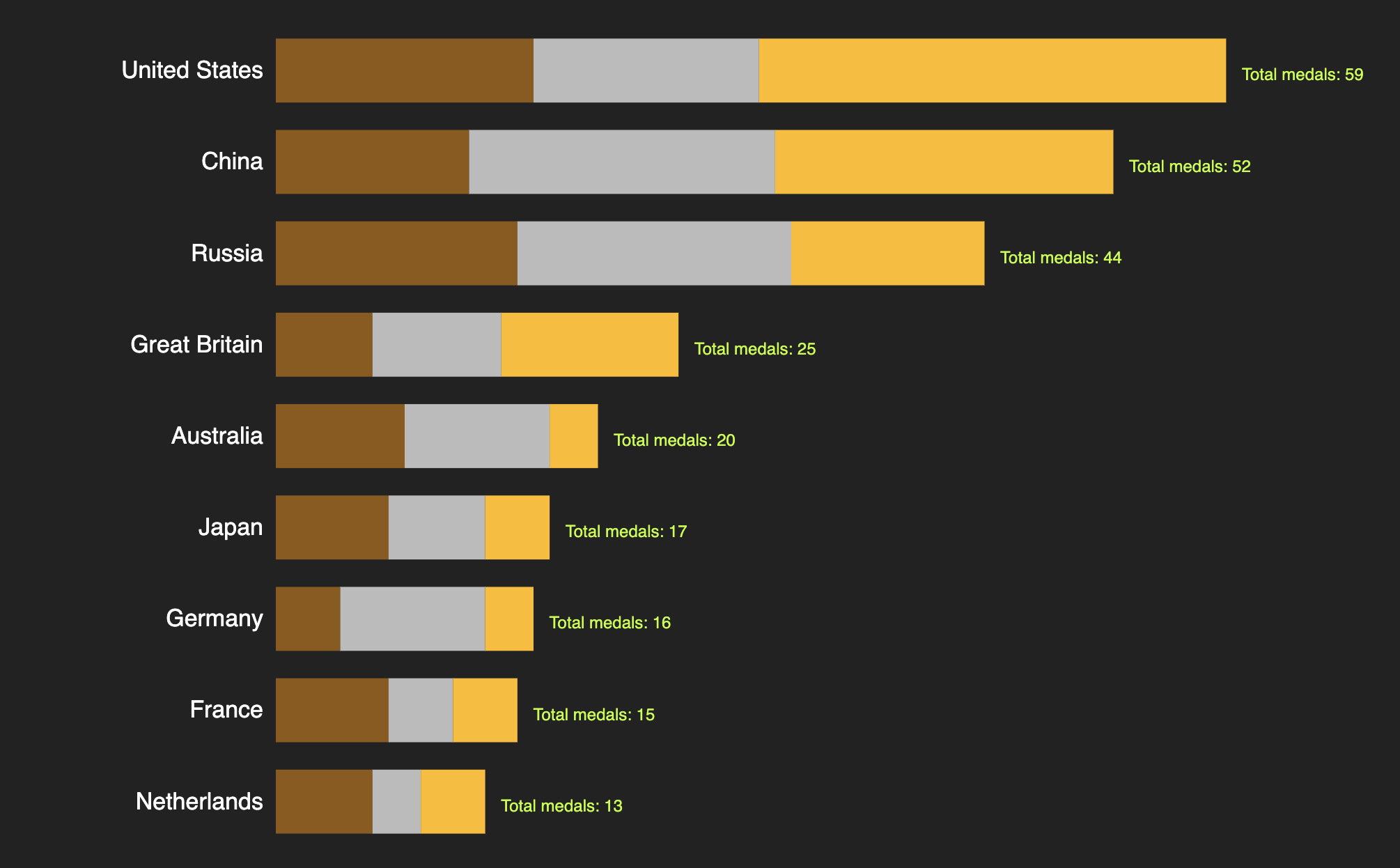
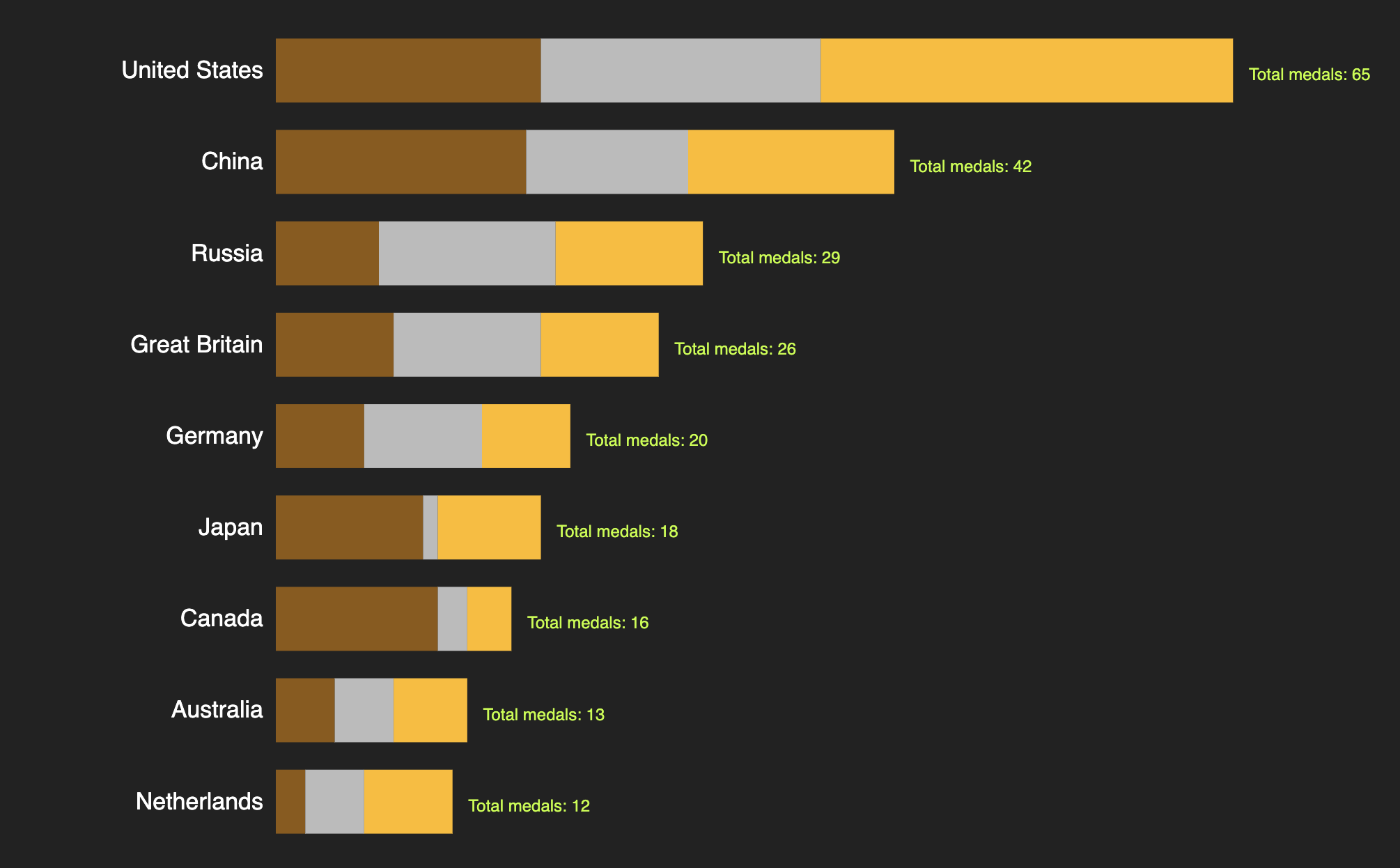
Unites States Unites States Greece Great Britain Great Britain United States United States United States United States Germany United States Soviet Union Soviet Union Soviet Union Soviet Union United States East Germany East Germany East Germany United States East Germany United States United States United States United States China Unites States Unites States leads in medals awarded to women athletes
Held in Athens, Greece, the 1896 Olympic Games was the largest international sporting event to date. No women were permitted in the event. Pierre de Coubertin, the creator of the International Olympic Committee, described their parcitipation as “impractical, uninteresting, unaesthetic and incorrect."
The 1900 Olympics in Paris, France was the first to allow women athletes. However, they were only permitted to compete in a handful of sports deemed “feminine” -- primarily leisure sports accessible only to the affluent.
Women started to participate in Olympics.
But what sports did they play?
In the upcoming 1936 Olympics in Berlin, women’s participation grows from 2.2% to nearly 10%. As the number of women athletes increased, more sports became open to women athletes to compete.
The 1944 Summer Olympics due to be held in London were all cancelled due to the outbreak of World War II. Six female Olympic athletes - Estella Agsteribbe Dorothea Köring, Helena Nordheim, Anna Dresden-Polak, Jud Simons, Hildegarde Švarce - died due to World War II.
Women have participated in many different sports. But how many sports do you think have a good mixed ratio of both genders?
Although Olympic sports were still male dominated, there has been some meaningful progress in balancing genders in sports: from 25% of sports having gender equality in 1936 to 33% in 1964.
Women from only few countries started to play in Olympics. How much has women athletes’ participation in Olympics globalized over recent years?
The 1980 Moscow Olympics were widely considered controversial. 65 countries that were invited did not participate in the Olympics (mostly western states), claiming that they were boycotting the conflict between Afghanistan and the Soviet Union.
Now that we know women from all over the world participate in Olympics, what are some of the leading countries in medal count from women athletes?
The 2012 Olympics in London were the first where every competing nation featured at least one female athlete.
The women represented in this visualization embody the very best of athleticism: steadfast determination, the bravery to shatter barriers, and extraordinary performance on the global stage. While the 2020 Olympics were cancelled due to the COVID-19 pandemic, they were predicted to be recording-breaking in terms of women's participation. Women have demonstrated that they are more than capable to perform on an elite level - and they are only getting better every year.
"The success of every woman should be the inspiration to another. We should raise each other up.” – Serena Williams